Mastering Marble: The Ultimate Guide to Selection, Design, & Care for Your Home
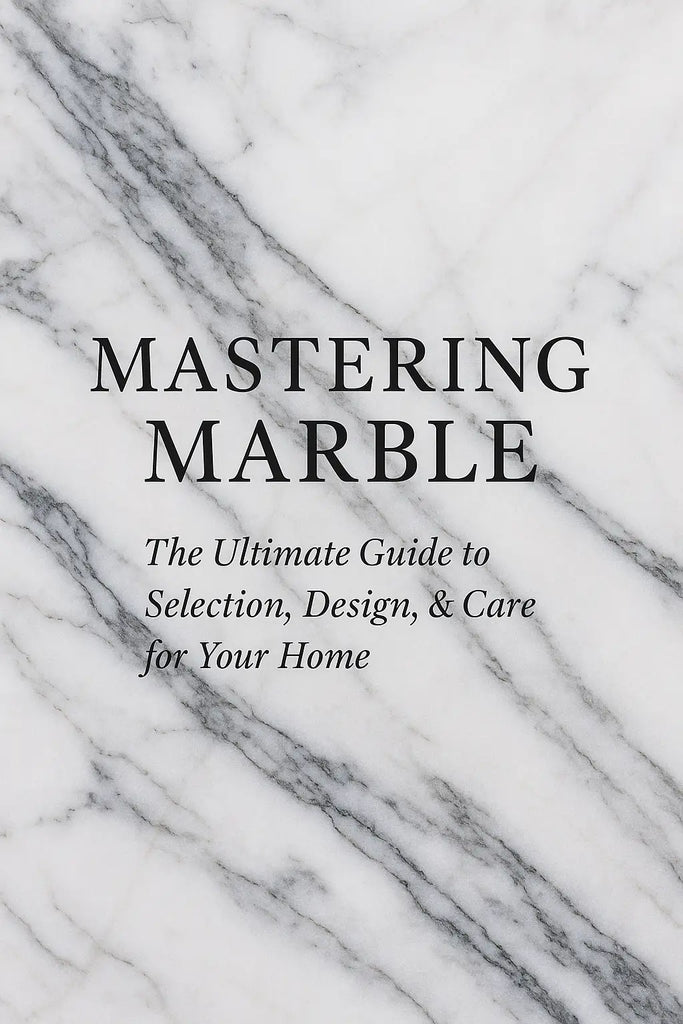
Mastering Marble: The Ultimate Guide to Selection, Design, & Care for Your Home
Part 1: The World of Marble – Understanding the Stone
1.1 Introduction: Why Marble Continues to Captivate Homeowners and Designers
For millennia, few natural materials have commanded the awe and admiration of marble. From the majestic monuments of ancient civilizations to the opulent palaces of kings and the sleek, luxurious residences of today, marble has consistently been chosen to embody elegance, permanence, and sophisticated taste. Its distinct veining patterns, inherent luminosity, and cool, tactile surface have enchanted artists, architects, and homeowners alike, ensuring its status as a truly timeless choice in the ever-evolving landscape of interior design.
At Surfaces Galore, your premier supplier of natural stone products here in Anaheim, California, we share this profound appreciation for marble's enduring charm. We've dedicated ourselves to sourcing and providing the finest marble and travertine products, helping our clients in Orange County and beyond transform their design visions into breathtaking realities. While marble's aesthetic appeal is undeniable, truly mastering this magnificent stone requires more than just admiration. It demands a deeper understanding of its fascinating origins, its unique characteristics, and how it performs in comparison to other popular materials.
This comprehensive guide is meticulously crafted to be your definitive resource for everything marble. Whether your project involves designing a new kitchen with a show-stopping marble island, creating a serene and luxurious bathroom oasis, installing elegant marble flooring, or crafting a custom fireplace surround, we will meticulously walk you through every critical aspect. From its dramatic geological formation deep within the Earth's crust to the intricate process of selecting the perfect type and finish, integrating it with the latest design trends of 2025, and ensuring its pristine beauty endures for generations through proper care and maintenance, this guide covers it all. By the end, you’ll not only possess the knowledge to confidently choose and design with marble but also understand how to cherish and protect this remarkable natural wonder for years to come.
1.2 What is Marble? A Geological Journey from Earth's Depths to Your Home
To truly appreciate the stone underfoot or atop your counters, one must first embark on its remarkable geological journey. Marble isn't merely a decorative stone; it's a testament to immense geological forces, a majestic metamorphic rock with a captivating story woven into every vein.
1.2.1 The Formation of Marble: A Tale of Pressure, Heat, and Time
At its genesis, marble is a sedimentary rock, typically limestone or, less commonly, dolomite rock. These foundational rocks are primarily composed of calcium carbonate (CaCO3) in the form of the mineral calcite, or occasionally calcium-magnesium carbonate in the case of dolomite. Limestone commonly forms in ancient, shallow marine environments, where vast quantities of organic debris – such as the shells, coral skeletons, and algal remains of prehistoric sea life – accumulate over millions of years, compacting and cementing together.
The magical transformation into what we recognize as marble occurs through a process called metamorphism. This profound change happens when limestone or dolomite is subjected to immense heat and pressure, typically over colossal spans of geological time – often tens or hundreds of millions of years. These conditions are usually found deep within the Earth’s crust, often associated with:
- Regional Metamorphism: Occurring across vast areas during tectonic plate collisions, leading to the formation of towering mountain ranges. The immense compressional forces and elevated temperatures cause widespread metamorphism.
- Contact Metamorphism: Taking place when hot, molten magma intrudes into cooler existing rock. The intense heat from the magma "bakes" the surrounding limestone, initiating the recrystallization process.
During this powerful metamorphic event, the original carbonate minerals (calcite or dolomite) within the parent rock do not melt, but instead, they recrystallize. The microscopic, granular calcite or dolomite grains grow larger and interlock tightly, forming a denser, often harder, and generally less porous rock with a characteristic sugary or crystalline texture. Crucially, the original sedimentary textures, such as bedding planes or fossilized materials, are usually obliterated or significantly altered during this process, giving marble its distinctive, often flowing appearance rather than a layered one.
The purity of the original limestone plays a pivotal role in determining the final appearance of the marble:
- Pure white marbles, like the revered Thassos from Greece or certain pristine varieties of Carrara from Italy, are born from exceptionally pure limestone with minimal mineral impurities.
- Colored marbles, with their vibrant hues and intricate patterns, are the direct result of various mineral impurities present in the original limestone. These impurities also undergo recrystallization and are often redistributed along with the carbonates, creating the mesmerizing color variations and veining.
1.2.2 Key Minerals & Their Influence on Marble's Color and Veining
The captivating spectrum of colors and the intricate, often dramatic veining patterns that define each unique marble slab are direct manifestations of the types and quantities of mineral impurities embedded within the parent limestone during its metamorphic journey. As the carbonate minerals recrystallize, these impurities also transform and are artfully redistributed, painting the stunning visual effects we so highly admire.
Let's explore how different minerals contribute to marble's diverse palette:
- Calcite (Calcium Carbonate - CaCO3): This is the predominant mineral in most marbles. When limestone is exceedingly pure, composed almost entirely of calcite, the resulting marble is a brilliant, unblemished white. While beautiful, calcite is relatively soft on the Mohs hardness scale (typically 3 out of 10), which accounts for marble's renowned susceptibility to etching when exposed to acids.
- Dolomite (Calcium Magnesium Carbonate - CaMg(CO3)2): Found in dolomitic marbles, this mineral contributes to a slightly increased hardness compared to pure calcitic marbles and a marginally higher resistance to etching. However, it is important to note that dolomitic marbles are still generally susceptible to acid damage, albeit often to a lesser degree.
- Clay Minerals: These are common impurities in original limestone. During the metamorphic process, clay minerals can transform into various silicate minerals, such as micas (like muscovite or biotite) or chlorite. These transformations are responsible for the elegant range of grays, greens, subtle browns, and even some reddish tones, depending on the clay's original composition and the presence of iron.
- Iron Oxides: These are the primary architects of marble's warm and vibrant color spectrum. Depending on their oxidation state and concentration, iron oxides impart the distinctive reds, pinks, yellows, and earthy browns seen in many varieties. For instance, the striking red of Spain's Rojo Alicante marble is directly attributable to the presence of oxidized iron.
- Graphite / Carbonaceous Matter: Remnants of ancient organic matter from the original limestone. When these carbon-based impurities recrystallize, they often manifest as the iconic gray to profound black veining and cloudy patterns characteristic of marbles like Italian Carrara, Statuario, or the deep black of Nero Marquina. The delicate, "ink-like" streaks in some highly prized white marbles are often fine dispersions of graphite.
- Pyrite (Iron Sulfide): While less common as a dominant coloring agent, pyrite can introduce metallic flecks or subtle yellowish-brown streaks within the marble, adding another layer of visual interest.
- Serpentine: This is a greenish mineral group that gives certain stones their characteristic green hues. Stones largely composed of serpentine (like Verde Guatemala) are technically serpentinite, a different metamorphic rock, but are often commercially marketed as "green marbles." They tend to be harder and significantly more acid-resistant than true calcitic marbles, making them distinct in their performance.
The intricate interplay of these diverse minerals, combined with the precise conditions of heat, pressure, and time during metamorphism, ultimately orchestrates the unique "fingerprint" of each marble quarry. This geological artistry leads to the incredible array of colors, patterns, and characteristics available from esteemed suppliers like Surfaces Galore.
1.2.3 Marble vs. Granite vs. Quartzite vs. Quartz (Engineered Stone): A Detailed Comparison for Informed Decisions
When embarking on a home renovation or new build, one of the most critical decisions involves selecting the right surface material. While many options are broadly categorized under "stone countertops," it's crucial to understand the fundamental differences between natural stones like marble, granite, and quartzite, and engineered materials like quartz. Each possesses distinct properties that profoundly influence their ideal applications, overall durability, maintenance requirements, and aesthetic appeal.
Here's a detailed, in-depth comparison to empower you to make the most informed choice for your project:
This comprehensive comparison underscores that there's no single "best" material; rather, it's about choosing the material that best aligns with your specific needs, lifestyle, aesthetic preferences, and tolerance for maintenance. At Surfaces Galore, we believe an informed decision is the best decision.
1.3 Anatomy of a Marble Slab: Unveiling Nature's Artistry
When you gaze upon a grand slab of marble, you're not merely observing a cut piece of rock; you're witnessing millions of years of geological history, meticulously compressed and transformed into an unparalleled work of natural art. Understanding its "anatomy" – its unique veining, base color, and inherent characteristics – allows you to not only appreciate its profound beauty but also to make the most informed choices for your design project.
-
Understanding Veining Patterns: The Signature of Marble The veins in marble are, without a doubt, its most iconic and distinctive feature. Far from being mere cracks, these intricate lines are actually pathways where various mineral impurities were concentrated, altered, and recrystallized during the intense metamorphic process. The visual manifestation of these veins can vary dramatically, contributing significantly to a slab's overall character and appeal:
- Linear Veining: Characterized by relatively straight, often parallel lines that run consistently across the slab. This type of veining, frequently observed in marbles like Statuario or certain pristine Calacatta varieties, can impart a sense of order, direction, and modern elegance to a design.
- Cloudy / Soft Veining (Nebulous): These patterns are more diffused, organic, and less distinctly defined, often appearing as subtle wisps, delicate washes, or soft blotches of color. Many classic Carrara marbles exhibit this softer, ethereal veining, creating a harmonious and understated aesthetic.
- Brecciated Patterns: A truly unique and dramatic style, brecciated marble forms when the original limestone fractured into angular fragments, which were then naturally cemented together by new mineral growth during metamorphism. This results in a visually striking pattern of broken, geometric shapes encased within a different matrix color. It creates a bold, artistic statement and can be highly sought after.
- "Bookmatched" Veining: A Symmetrical Masterpiece: While not a natural pattern within a single slab, bookmatching is a highly coveted technique used during fabrication. When enormous blocks of marble are quarried, they are often cut into consecutive slabs, much like slices of bread. If two (or sometimes four) adjacent slabs are then opened up and polished, their veining patterns create a symmetrical, mirrored image, much like the pages of an open book. This technique is reserved for marbles with particularly dramatic or captivating vein patterns and is incredibly effective for creating breathtaking focal points, such as grand fireplace surrounds, full-height kitchen backsplses, or monumental shower walls. The result is a seamless, artistic display of nature's inherent design.
-
Color Variations and Their Origins: Nature's Palette As we explored in Section 1.2.2, the base color of marble and the hues within its veins are intrinsically linked to the presence and distribution of various mineral impurities during its formation. The exact geological conditions unique to each quarry, combined with the specific mineral content of the original limestone, orchestrate the unique palette that defines each marble type. For instance:
- The pristine, classic white marbles of Carrara, Italy, owe their iconic appearance to exceptionally pure limestone and the subtle presence of fine graphite veins.
- The warm, inviting creamy beige tones of Crema Marfil, a specialty of Surfaces Galore, are derived from the distinct mineral composition of its quarries in the region of Alicante, Spain.
- The rich, profound browns and captivating lighter veins of Emperador Dark, another esteemed Spanish marble in our collection, are a result of varying concentrations of iron oxides and carbonaceous matter. These specific origins and mineral profiles define the unique aesthetic identity of each marble.
-
Imperfections vs. Character: Embracing Natural Authenticity It is paramount to approach natural stone, particularly marble, with an understanding that it is a product of geological processes, not a factory-manufactured material. Unlike engineered stones, marble possesses inherent variations that are not flaws, but rather unique attributes that contribute to its unparalleled beauty and exclusivity.
- Fissures: These are perhaps the most common characteristic that can be misunderstood. Fissures are not cracks that compromise the structural integrity of the stone. Instead, they are natural geological features—subtle, linear separations or folds within the stone that occurred organically during its formation or during the quarrying process. They are inherent to many marble varieties and are structurally sound. Reputable fabricators, including those we partner with, will typically fill these natural fissures during the processing stage, ensuring a smooth surface while preserving the stone's authenticity.
- Pitting: Small depressions or pinholes may occasionally be present, particularly in certain marbles that have a higher concentration of softer minerals or in areas where recrystallization was less complete. These tiny pits are often filled during the finishing process at the factory.
- Natural Variation: Perhaps the most crucial aspect to understand is that every single slab of marble is unequivocally unique. Minor differences in color saturation, intensity of veining, and the distribution of mineral formations are not imperfections but rather the signature of nature's artistry. These variations ensure that your installed marble surface will be one-of-a-kind. When undertaking large projects, or if precise aesthetic matching is critical, it is always advisable to view the actual slabs in person or through high-quality photography to fully appreciate their unique character and ensure they meet your aesthetic expectations.
Understanding these intrinsic characteristics allows you to truly appreciate the inherent beauty and natural authenticity of marble, empowering you to make a more informed and harmonious selection that perfectly aligns with your aesthetic vision and functional requirements.
1.4 Global Marble Quarries: Where Beauty Begins and History Is Carved
The geographical origin of marble is often intrinsically linked to its specific quality, distinctive characteristics, and profound historical significance. The unique geological conditions prevalent in different regions across the globe have given rise to an incredible diversity of marble varieties, each possessing its own signature look, feel, and performance attributes. At Surfaces Galore, we are committed to providing you with exceptional marble products, and to achieve this, we meticulously source our natural stone from some of the most esteemed and historically rich quarries worldwide.
1.4.1 Italian Marbles: The Enduring Legacy of Renaissance Stone
Italy, particularly the mountainous region of Carrara in Tuscany, holds an unrivaled position as the most famous and prolific source of marble globally. Its legacy of quarrying spans millennia, dating back to Roman times, and continues to be synonymous with classic beauty and unparalleled quality. Italian marbles are celebrated for their sophisticated beauty, often fine grain, and frequently dramatic, artistic veining.
- Carrara Marble: The quintessential Italian marble, instantly recognizable and widely used. It is characterized by its soft white to light gray background, delicately interwoven with subtle, feathery gray veining. Carrara is deeply associated with classical sculpture (think Michelangelo's David) and architectural grandeur, making it an incredibly versatile choice for achieving a timeless, elegant, and understated aesthetic in both traditional and contemporary settings. Various grades exist, typically denoted by "C" (more white) or "CD" (slightly more gray), indicating different levels of background purity.
- Calacatta Marble: Considered more premium and rarer than Carrara, Calacatta marble typically features a brighter, often pristine white background adorned with bold, thick veining. These veins can range in color from striking gold (Calacatta Gold) to rich grays, verdant greens, or even captivating purples and burgundies (as seen in the highly sought-after Calacatta Viola). Calacatta is a top-tier choice for creating truly dramatic and luxurious statement pieces, such as magnificent kitchen islands, eye-catching fireplace surrounds, or breathtaking bookmatched feature walls. Other notable varieties include Calacatta Borghini and Calacatta Oro.
- Statuario Marble: Often conceptually grouped with Calacatta due to its high-end appeal, Statuario marble is distinguished by its incredibly bright white field. It typically has fewer veins than Carrara or Calacatta, but these veins are often more prominent, distinct, and strikingly defined. Statuario is considered a pinnacle of luxury and is exceptionally prized for bookmatched applications where its strong, often sweeping patterns can be showcased to their fullest artistic potential.
-
Other Notable Italian Marbles:
- Nero Marquina: While often globally sourced, significant deposits of deep black marble with sharp white veining, similar in appearance to the Spanish Nero Marquina, are found in Italy. It offers a striking, modern contrast.
- Bardiglio: A beautiful and sophisticated gray marble, ranging in tone from light to dark, often featuring subtle white or darker gray veining. It provides a contemporary alternative to white or beige marbles.
1.4.2 Spanish Marbles: The Warm Embrace of Earthy Tones and Rich Character
Spain stands as a colossal force in the global natural stone industry, celebrated for its vast, consistent deposits of warm-toned marbles, particularly those extracted from the geologically rich regions of Alicante and Valencia. Spanish marbles offer a distinctive warmth and a sense of inviting character that beautifully complements a diverse spectrum of design aesthetics, often featuring more uniform backgrounds and subtler veining compared to their Italian counterparts. At Surfaces Galore, our commitment to quality ensures we bring you the very best of Spain's marble heritage.
- Crema Marfil: This is arguably the most famous and widely utilized Spanish marble, and it forms a cornerstone of Surfaces Galore's extensive collection. Primarily quarried from the imposing Monte Coto mountain in Pinoso, Alicante, Crema Marfil is highly cherished for its remarkably uniform creamy beige base. This soft, inviting background is subtly interwoven with fine, delicate veining that can range from light golden hints to gentle cinnamon swirls. Its unparalleled warmth and consistent coloration render it incredibly versatile, making it an ideal choice for large-scale applications such as expansive flooring, elegant wall cladding, sophisticated countertops, and especially for crafting serene, inviting, and harmonious interior spaces. It exhibits a remarkable ability to pair beautifully with both light, airy accents and rich, dark contrasts, including its perfect partner, Emperador Dark.
- Emperador Dark: Another profoundly significant Spanish marble, sourced from the same prestigious regions as Crema Marfil, and a key offering within Surfaces Galore's curated selection. Emperador Dark is revered for its rich, profound brown background, which is often beautifully interspersed with fine, irregular veins of lighter brown, creamy beige, or even captivating gold. Its luxurious appearance and deep color make it an exceptional choice for adding depth, sophistication, and a grounding element to any interior design scheme. When strategically used in compelling contrast with lighter stones like Crema Marfil (as exquisitely demonstrated in our incredibly popular Checkerboard Crema Marfil and Emperador Dark Tumbled Set), it creates a visually dynamic and utterly timeless aesthetic that embodies classic charm.
- Rojo Alicante: A truly vibrant and striking red marble, also predominantly quarried from the Alicante region of Spain. Rojo Alicante is characterized by its intense reddish-pink background, often accented with crisp white and subtle gray veining. It is a bold choice, capable of injecting a powerful and passionate touch into any space, frequently utilized for decorative elements, impactful focal points, or where a dramatic color statement is desired.
1.4.3 Greek Marbles: Purity, Luminous Whiteness, and Classical Roots
Greece occupies a profoundly significant position in the historical narrative of marble, having supplied the magnificent stone for many of the ancient world's most iconic and enduring structures, including the Acropolis. Greek marbles are particularly renowned for their exceptional purity, brilliant crystalline structure, and often dazzlingly bright white tones.
- Thassos White: Quarried exclusively from the island of Thassos, this marble is celebrated as one of the purest, brightest white marbles available globally. It is almost entirely devoid of veining, offering an unparalleled luminosity and a pristine, clean aesthetic. Thassos White is highly prized for its ability to create minimalist, contemporary, and incredibly bright environments, often used for flooring, walls, and sculptures where absolute purity is desired.
- Volakas: A beautiful white marble extracted from the Falakro Mountains in Northern Greece. Volakas marble features a soft white background adorned with delicate, often flowing gray or light brown veining, which can sometimes resemble artistic brushstrokes. It offers a slightly softer, more nuanced appearance than the stark Thassos White, while still maintaining a bright and elegant presence.
1.4.4 Turkish Marbles: Expanding Palettes and Global Influence
Turkey has rapidly ascended to become a major and increasingly influential player in the global natural stone market. Its vast geological diversity provides access to an impressive array of marble types, boasting a wide spectrum of colors, patterns, and finishes.
- Afyon White: Often compared to Italian Carrara, Afyon White marble features a white background with subtle gray veining. It typically exhibits a slightly more crystalline structure, contributing to its inherent shimmer.
- Bursa Beige: A popular choice for its consistent beige tones, Bursa Beige offers a warm and inviting look, akin to some of the Spanish creamy marbles, making it a versatile option for various applications.
- Marmara White: This marble is distinctively characterized by its bold, parallel gray lines on a white background, giving it a unique striped appearance. Its graphic quality makes it a compelling choice for contemporary and minimalist designs where a linear pattern is desired.
1.4.5 Other Notable Origins: The Global Tapestry of Marble
While Italy, Spain, Greece, and Turkey dominate the conversation, marble is a global resource, quarried in numerous other countries, each contributing unique and captivating varieties to the international market:
- India: Known for a range of green stones (like Verde Guatemala, though technically a serpentinite, often sold as marble) and a variety of brown and patterned marbles.
- Brazil: Offers an impressive array of exotic natural stones, including stunning quartzites that are frequently mistaken for marble due to their dramatic veining, as well as true marble varieties with unique and vibrant patterns.
- China: A significant global supplier, China provides a vast volume of marble, often at competitive prices. As with any large market, the quality and consistency can vary, making careful sourcing essential.
- United States: While not a primary global exporter, the U.S. does have limited commercial marble quarries, notably in Vermont and Georgia, producing beautiful white and colored marbles that often feature unique regional characteristics.
1.4.6 Ethical Sourcing & Sustainability in the Marble Industry: A Conscientious Choice
In today's increasingly environmentally and socially aware market, understanding the origin of your marble extends far beyond its aesthetic appeal; it encompasses its environmental footprint and social impact. As a leading supplier of natural stone products in Southern California, Surfaces Galore recognizes and champions the critical importance of ethical sourcing and sustainability within the marble industry.
- Minimizing Environmental Impact: Responsible quarrying practices are paramount to minimizing ecological disruption. This includes meticulous land management, efficient water conservation strategies, and robust waste reduction efforts throughout the marble extraction and processing phases. Leading quarries committed to sustainability actively engage in comprehensive restoration efforts, re-contouring and re-vegetating extracted areas to return them to their natural state or for beneficial reuse.
- Ensuring Fair Labor Practices: Ethical sourcing mandates that marble is quarried and processed under fair labor conditions. This commitment includes ensuring equitable wages, providing safe and healthy working environments, and respecting the rights of all individuals involved in the extraction and supply chain.
- Promoting Long-Term Value: Opting for high-quality natural stone like marble is inherently a sustainable choice due to its extraordinary longevity. Unlike many manufactured materials that may require frequent replacement and contribute to waste streams, a meticulously installed and well-maintained marble surface can easily endure for centuries, dramatically reducing the need for new resources and minimizing landfill impact over its lifespan.
- Commitment to Transparency: At Surfaces Galore, we are deeply committed to transparency throughout our supply chain. We prioritize forging strong, long-lasting partnerships with quarries and suppliers who unequivocally demonstrate a genuine commitment to responsible environmental stewardship and ethical labor practices. We firmly believe that the unparalleled beauty of marble should never come at an undue cost to our planet or to the well-being of its people.
By delving into the intricate journey of marble, from its ancient geological formation in the quarry to its final installation in your home, you gain a far deeper appreciation for this extraordinary natural material. This understanding empowers you to make not only an aesthetically pleasing choice but also one that aligns with responsible global practices and contributes to a sustainable future.

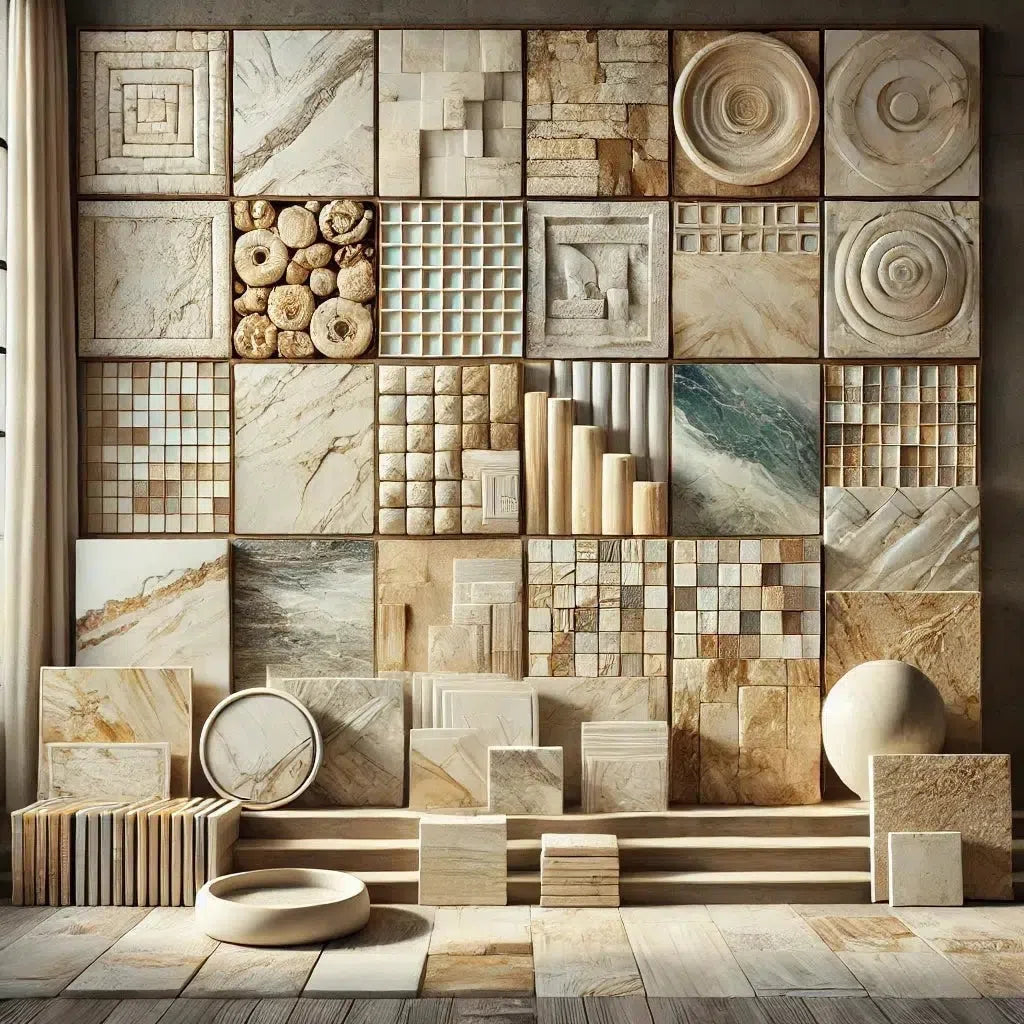 Best Selling Marble Collections
Best Selling Marble Collections
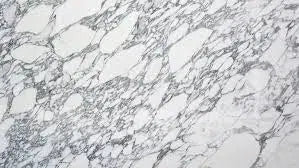 Arabescato Corchia
Arabescato Corchia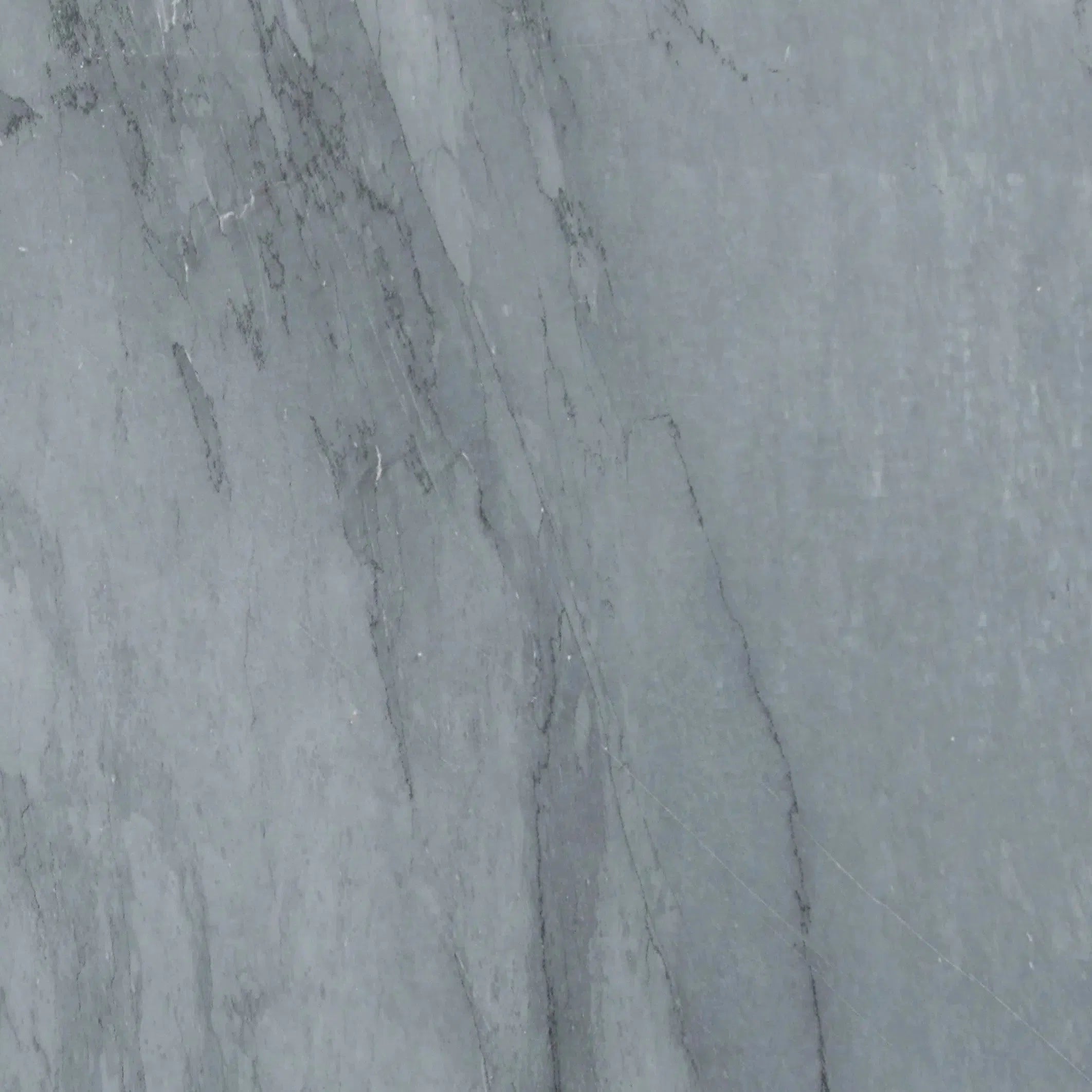 Bardiglio
Bardiglio Bianco Dolomite
Bianco Dolomite 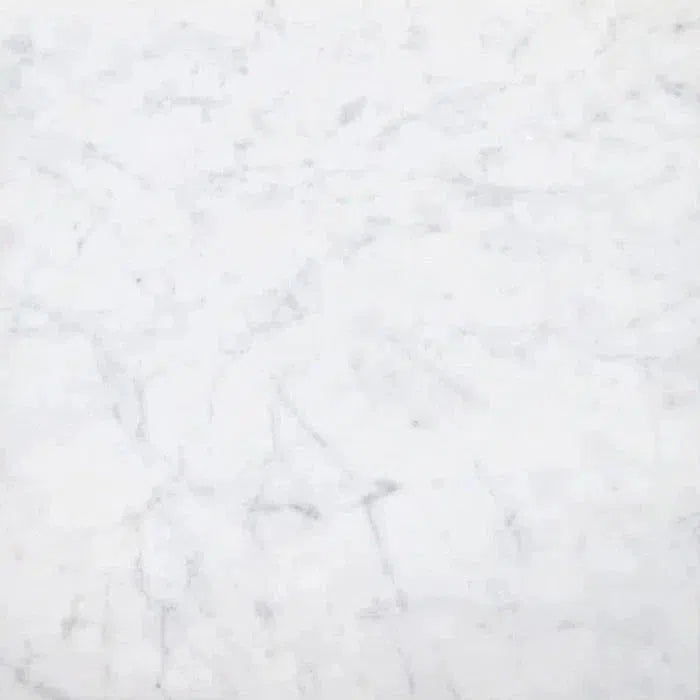 Carrara White
Carrara White 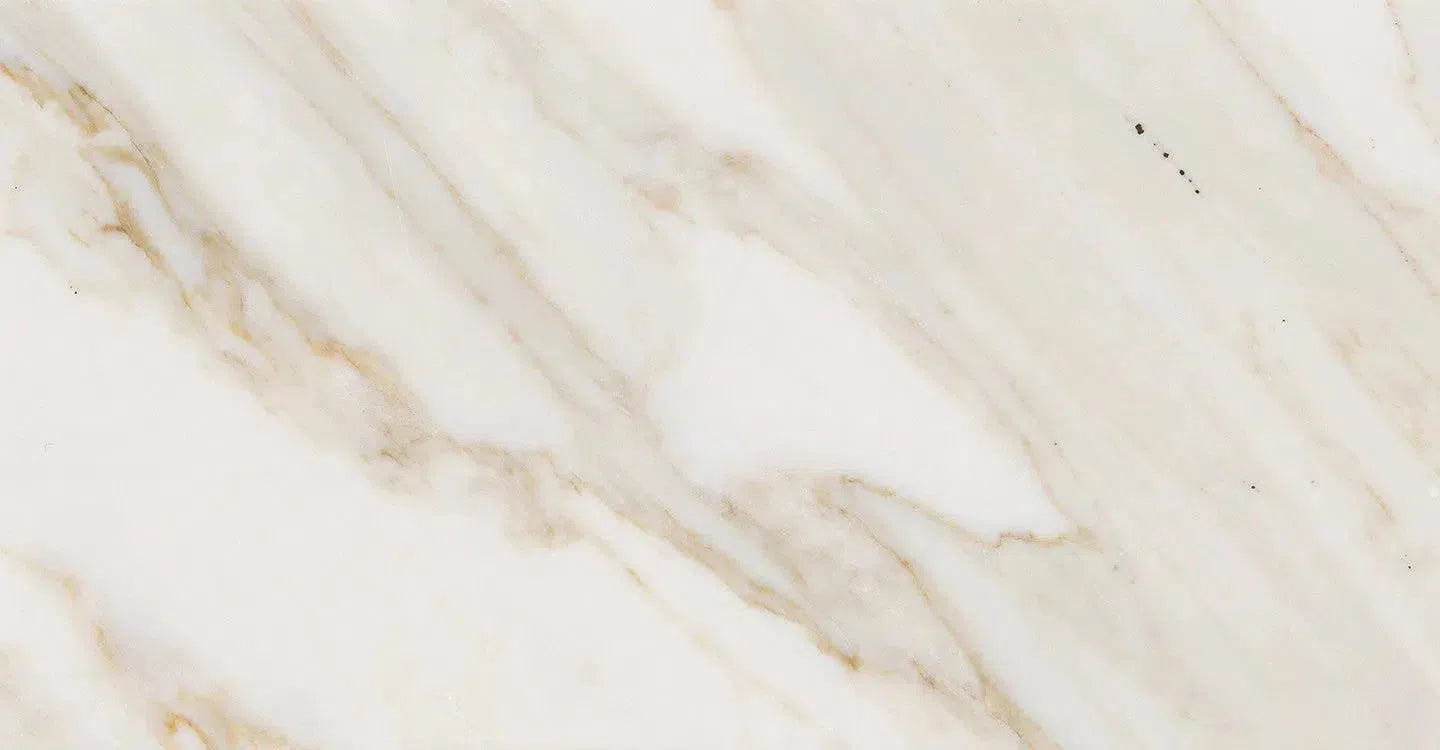 Calacatta Gold
Calacatta Gold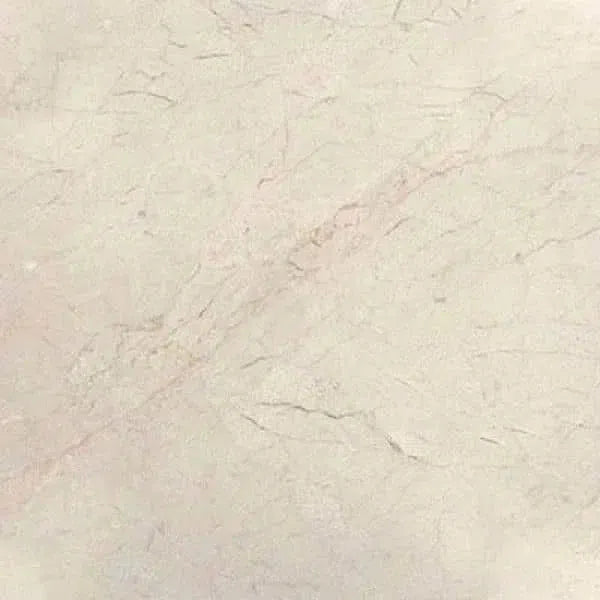 Crema Marfil
Crema Marfil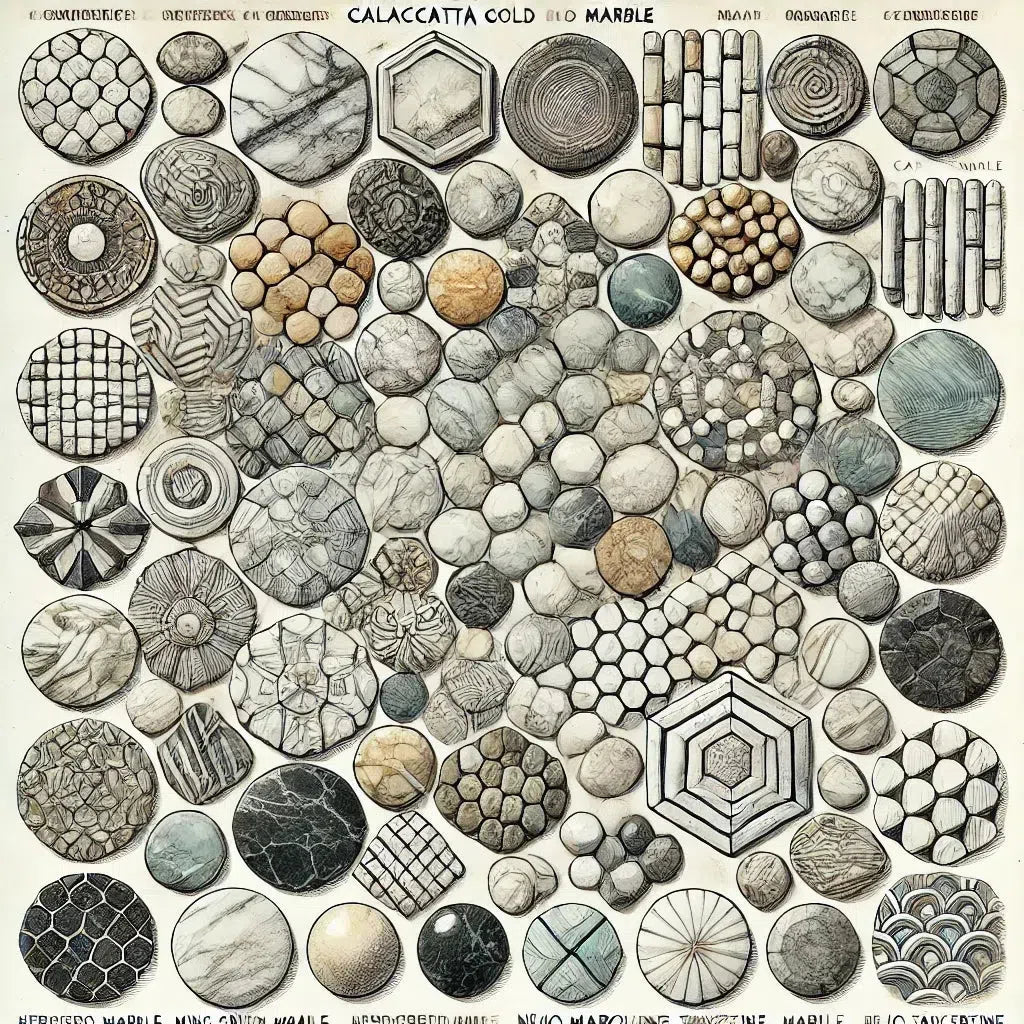 Custom Made Mosaic
Custom Made Mosaic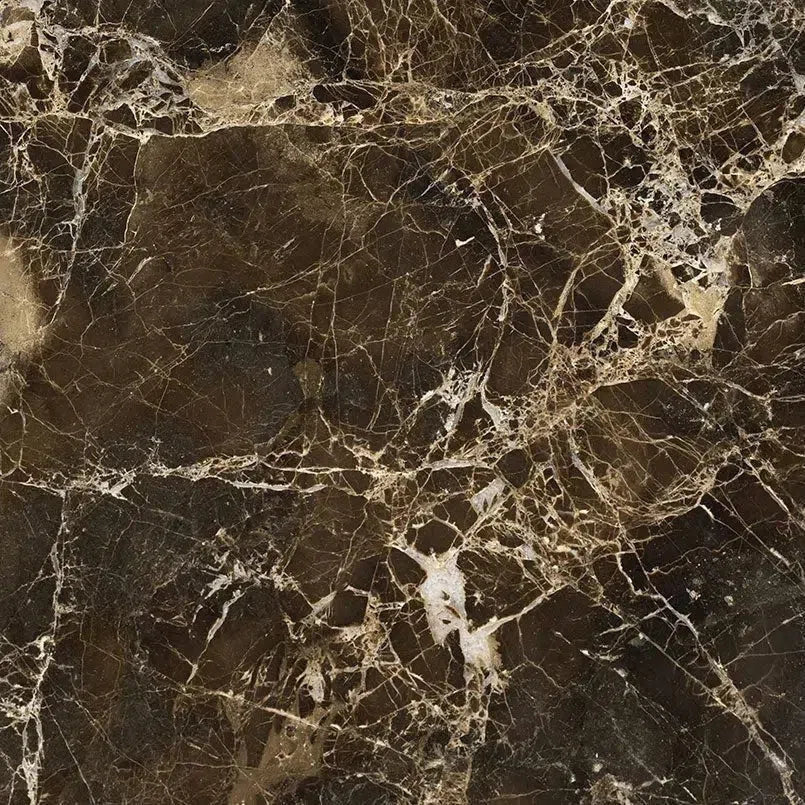 Emperador Dark
Emperador Dark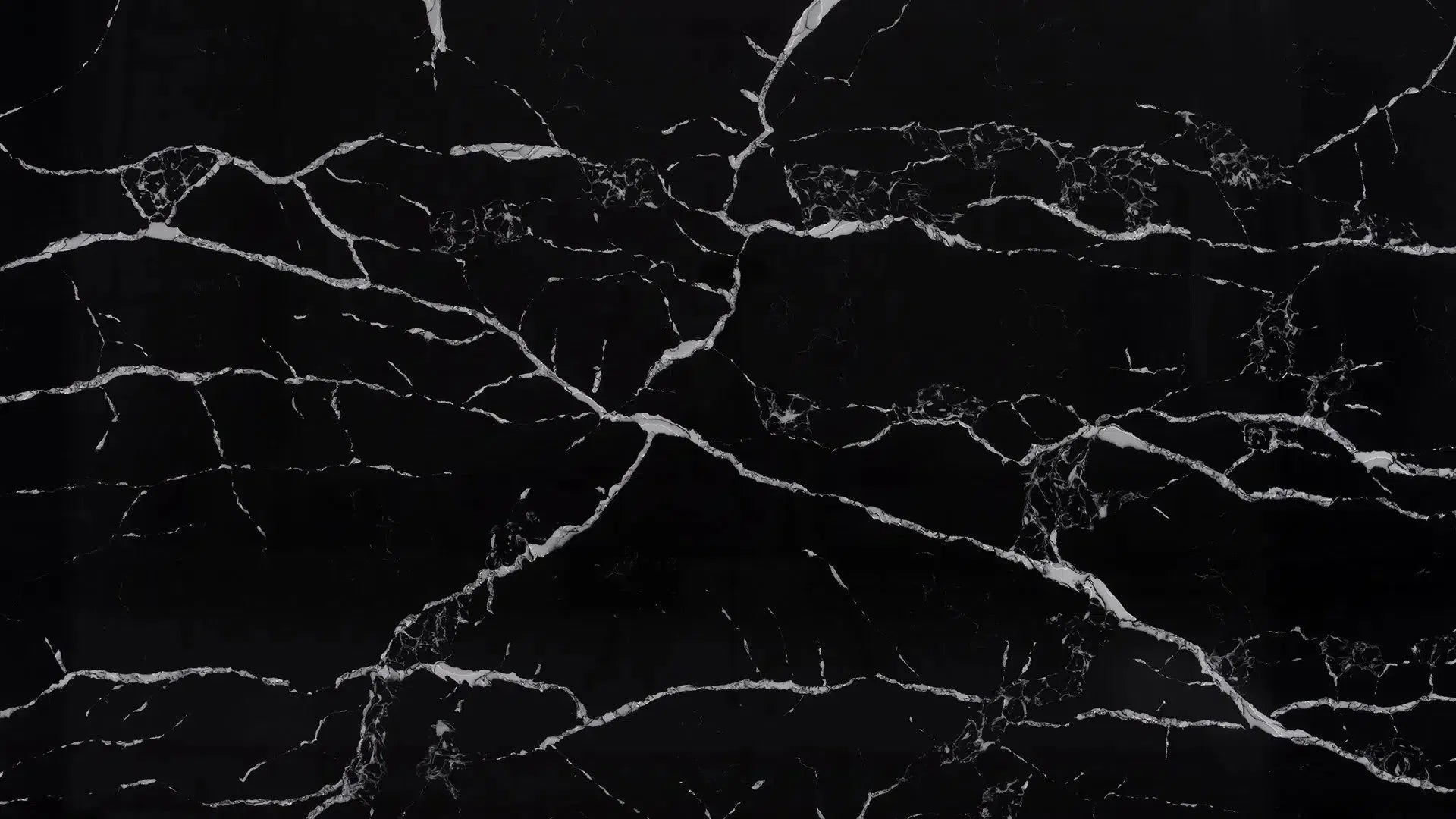 Nero Marquina
Nero Marquina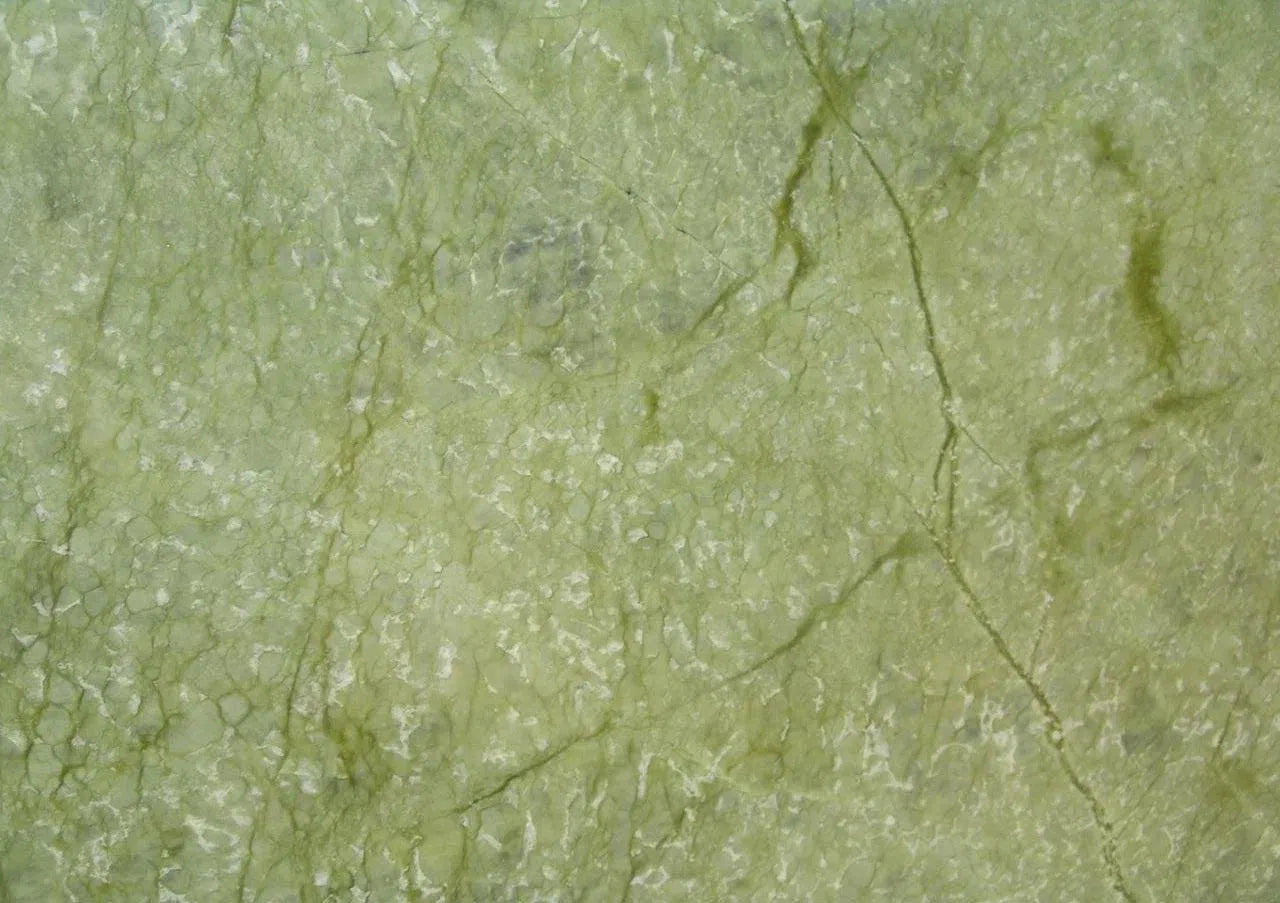 Ming Green Marble
Ming Green Marble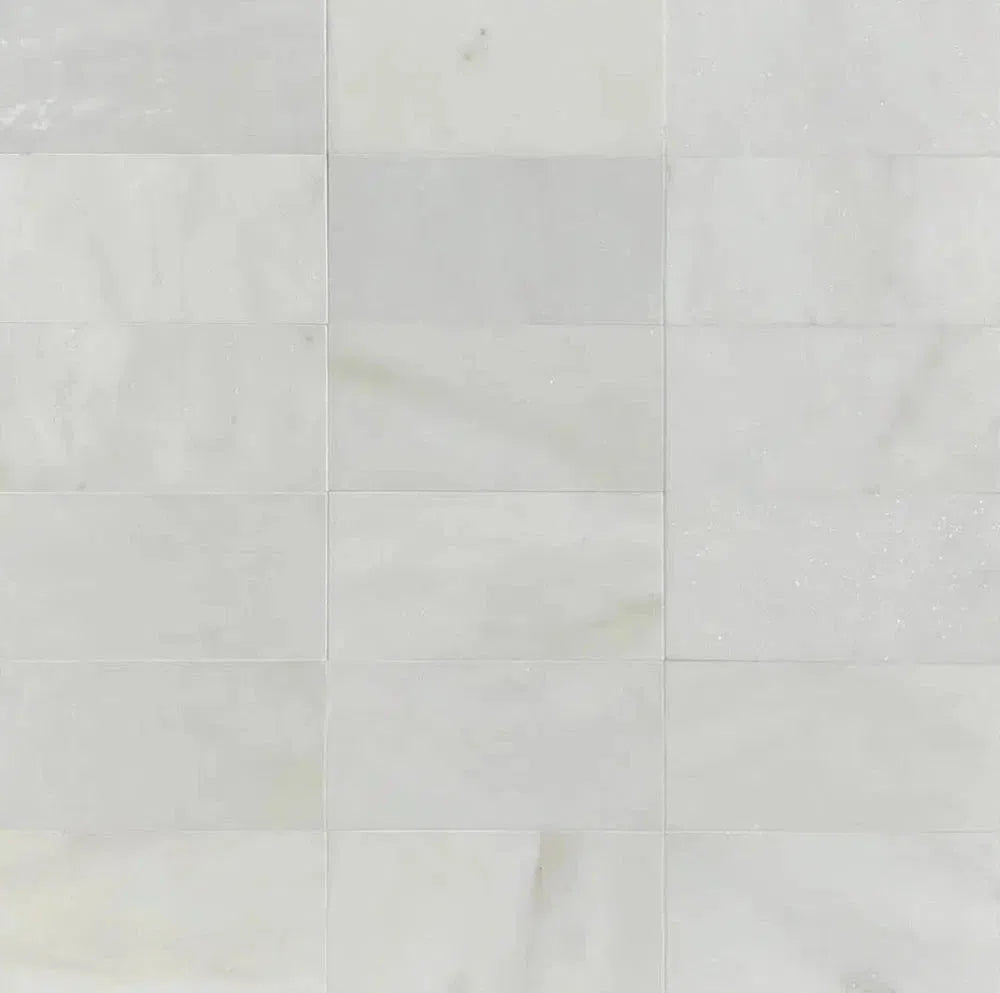 Oriental White Marble (Asian Statuary Marble)
Oriental White Marble (Asian Statuary Marble)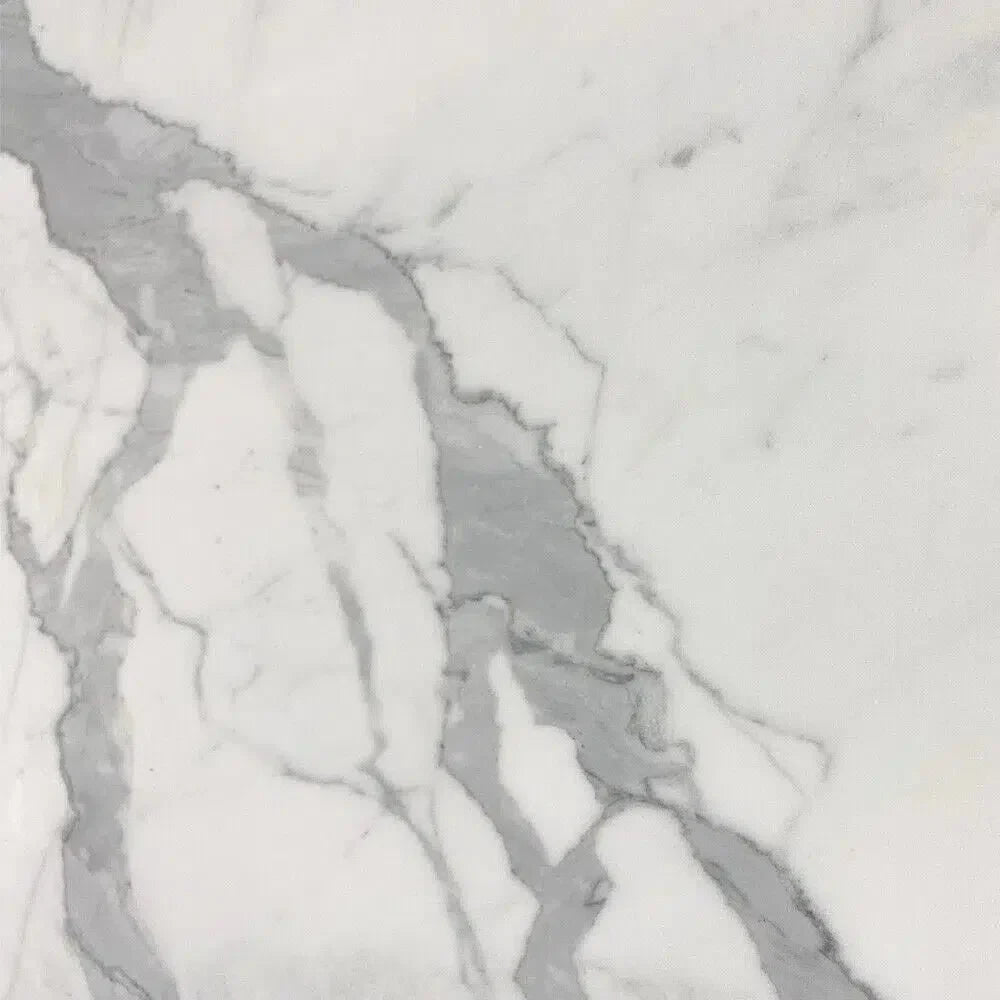 Statuary - Statuario White (Italian) Marble
Statuary - Statuario White (Italian) Marble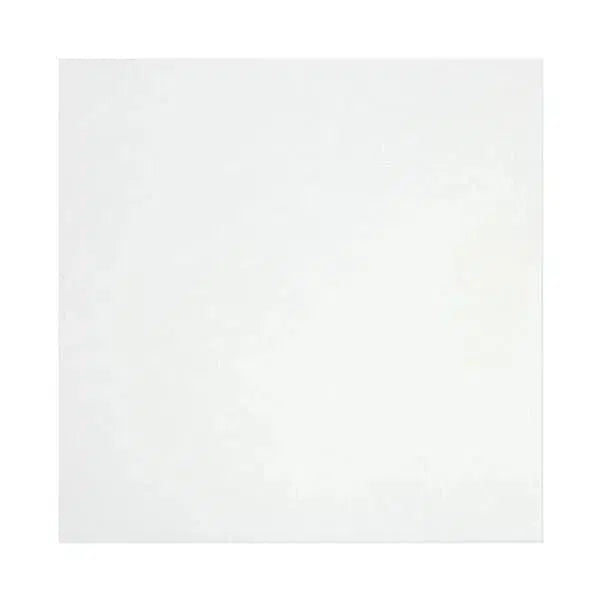 Thassos White
Thassos White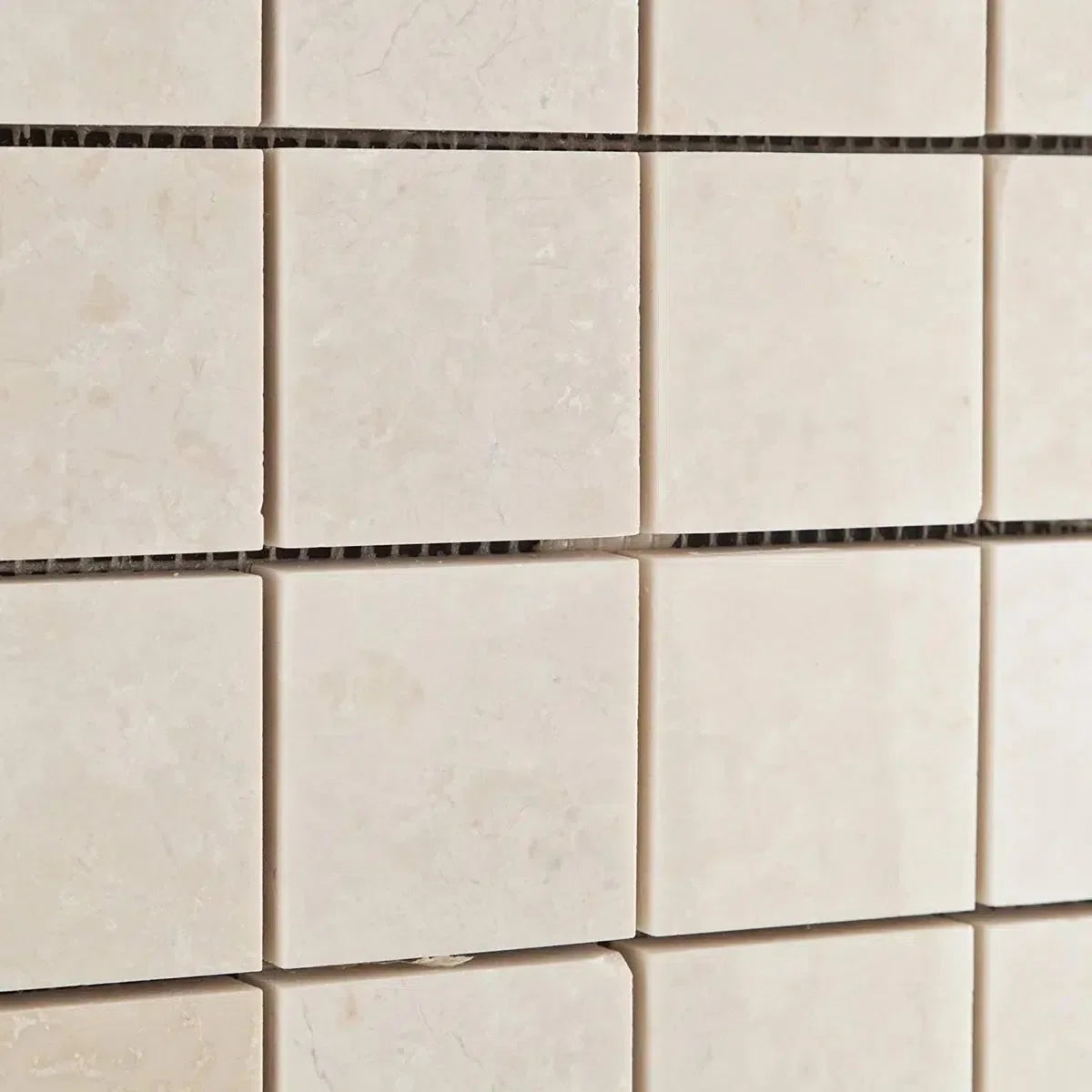 White Pearl/Botticino Beige Marble
White Pearl/Botticino Beige Marble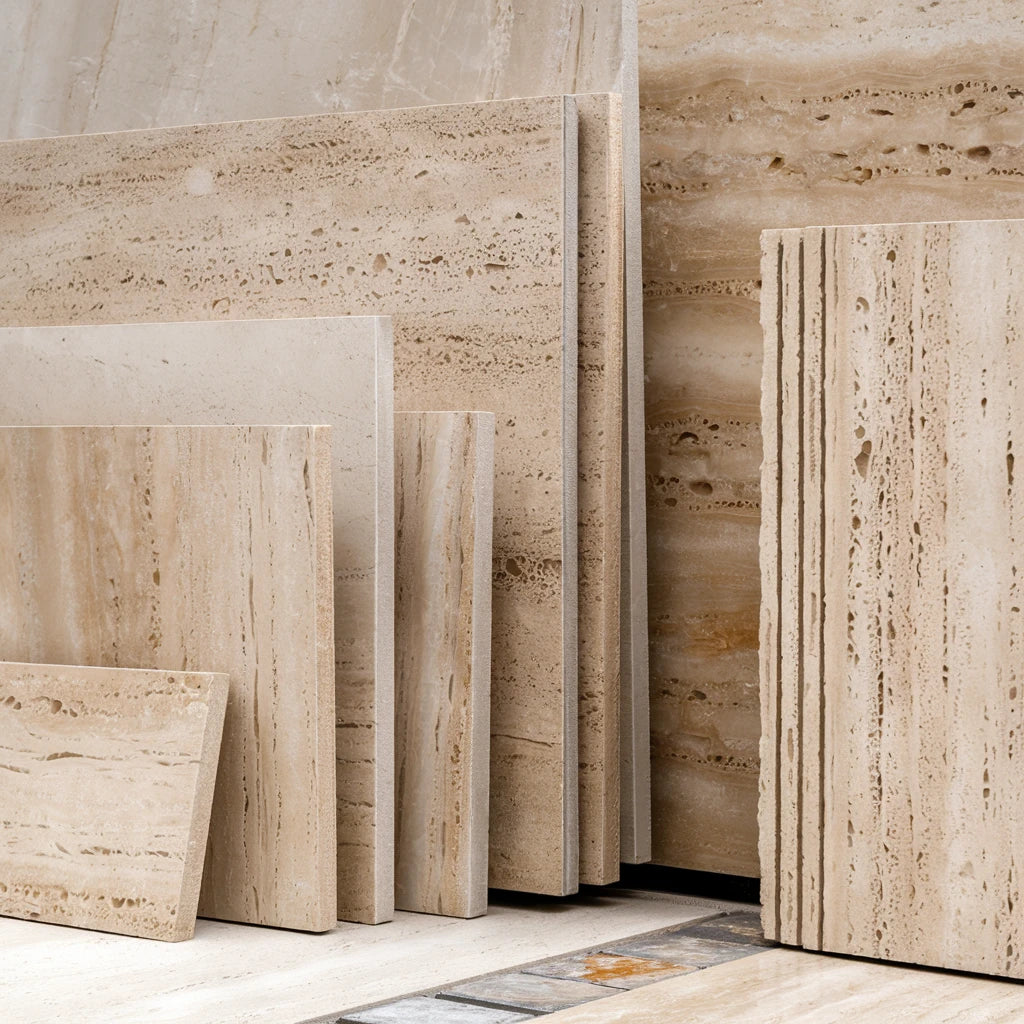 Best Selling Travertine Collections
Best Selling Travertine Collections
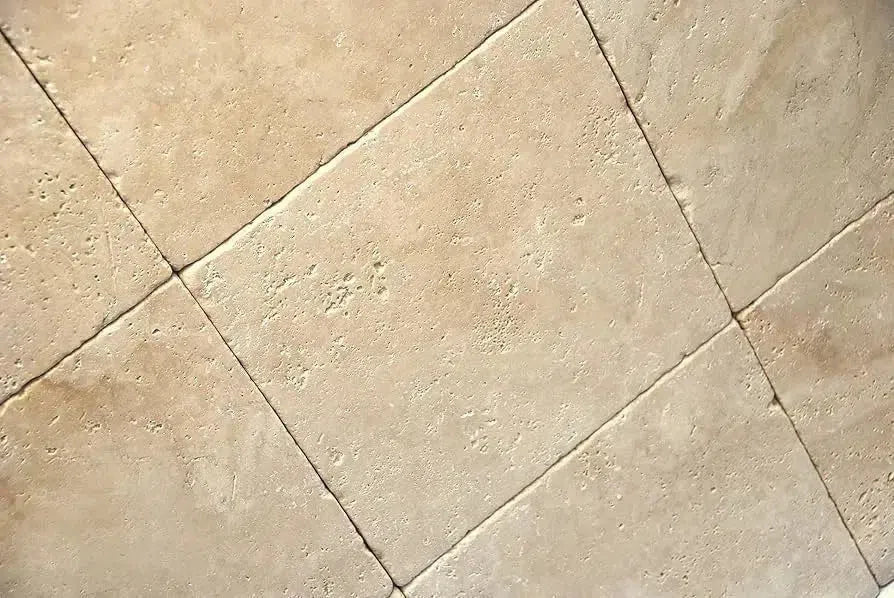 Ivory Travertine
Ivory Travertine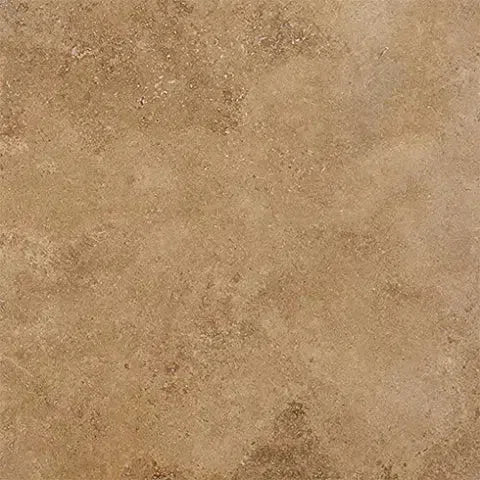 Noce Travertine
Noce Travertine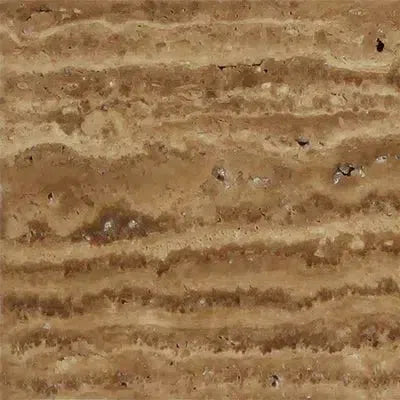 Exotic Noce Travertine
Exotic Noce Travertine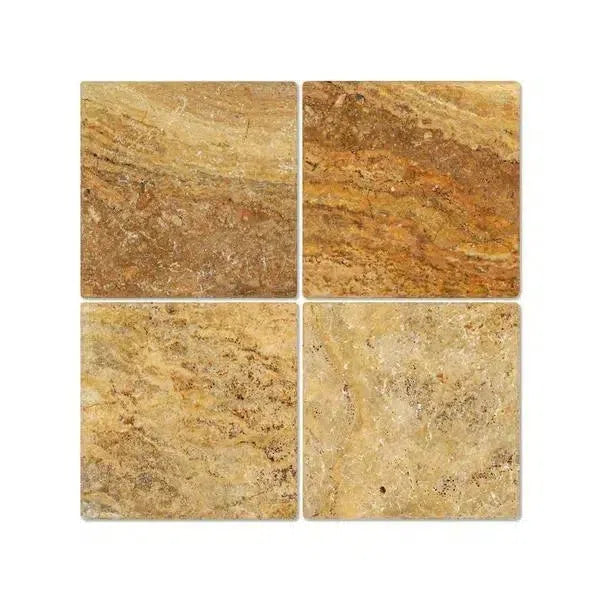 Scabos | Autumn Leaves Travertine
Scabos | Autumn Leaves Travertine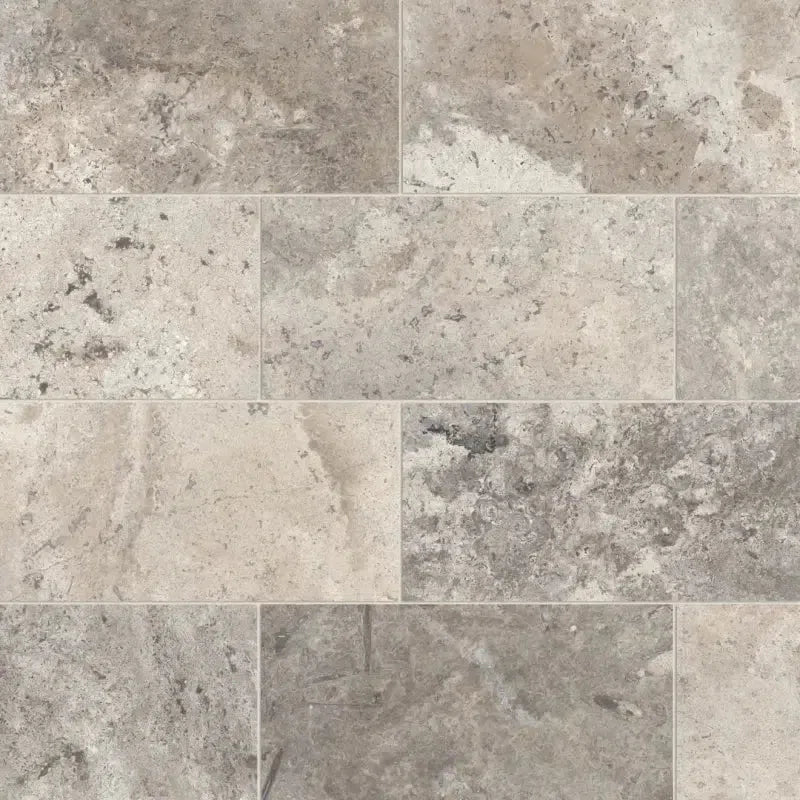 Silver Travertine
Silver Travertine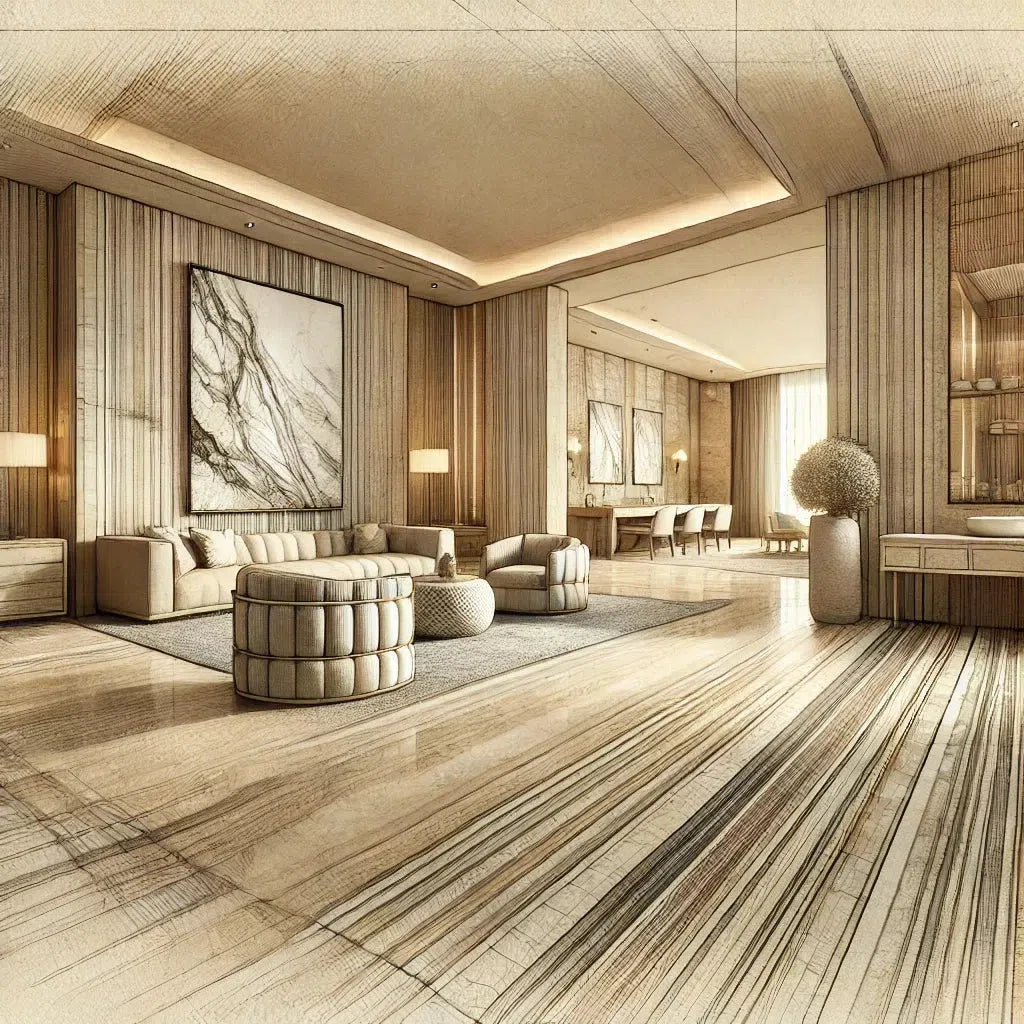 Exotic Travertine
Exotic Travertine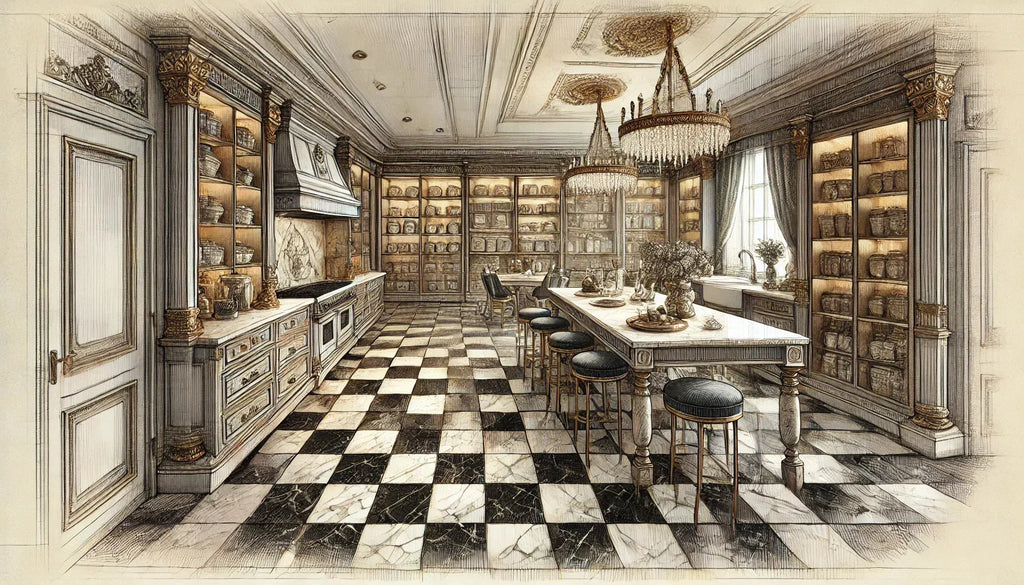 Checkerboard
Checkerboard
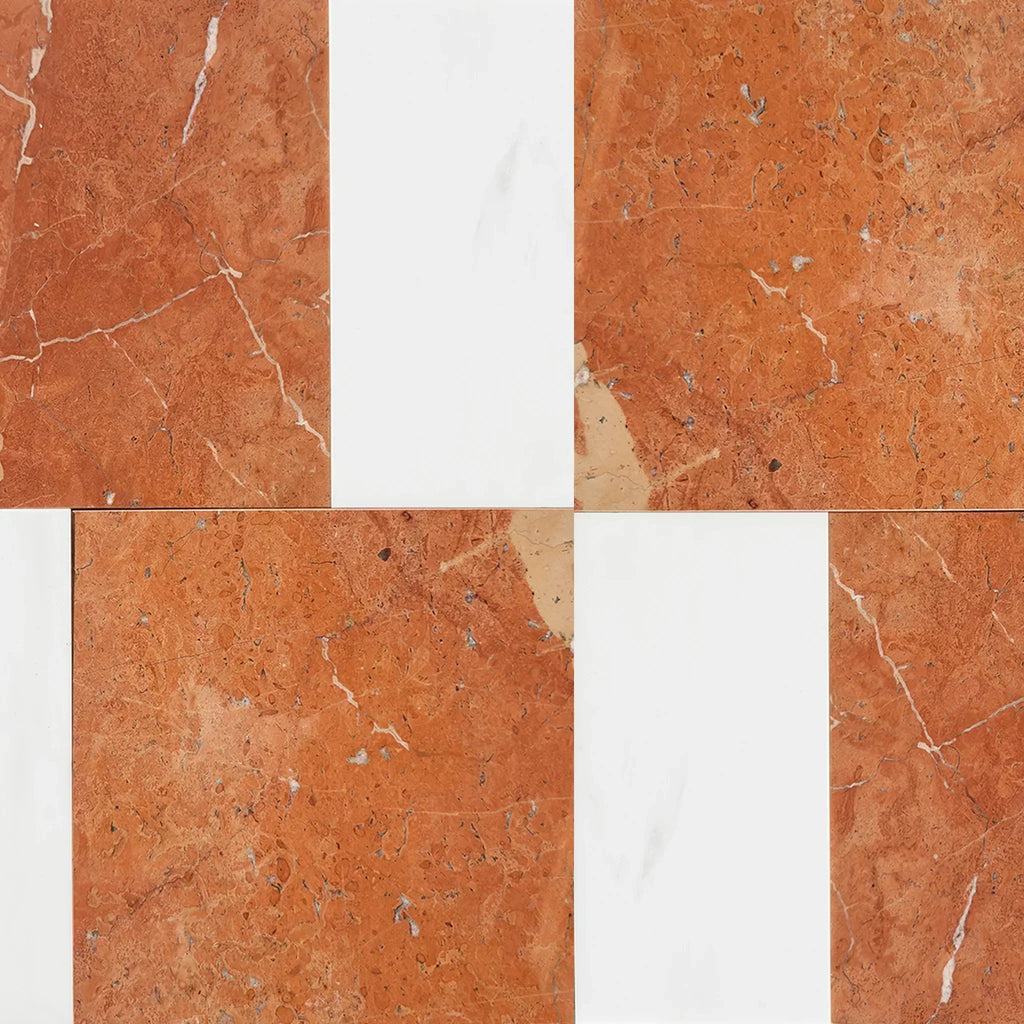 Patterned Tile
Patterned Tile
 Shop By Material
Shop By Material
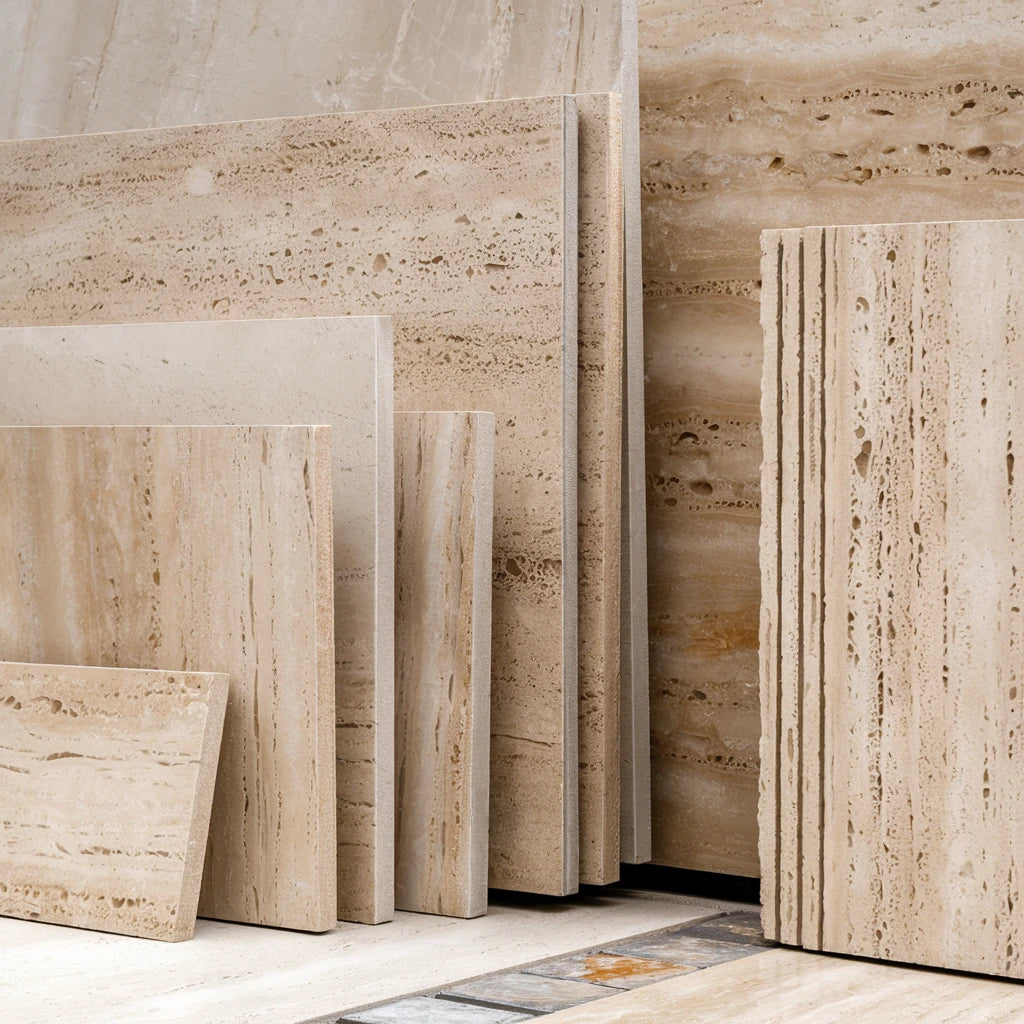 Travertine
Travertine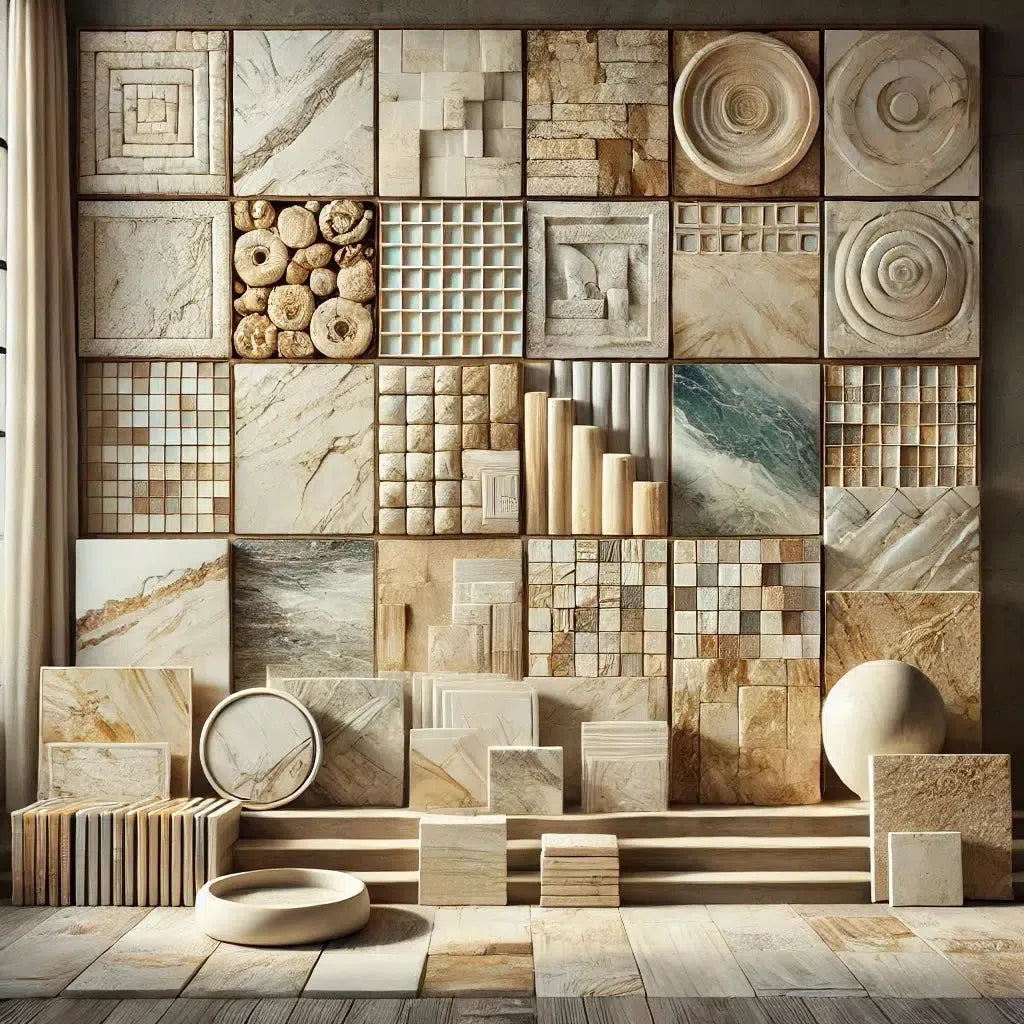 Marble
Marble Limestone
Limestone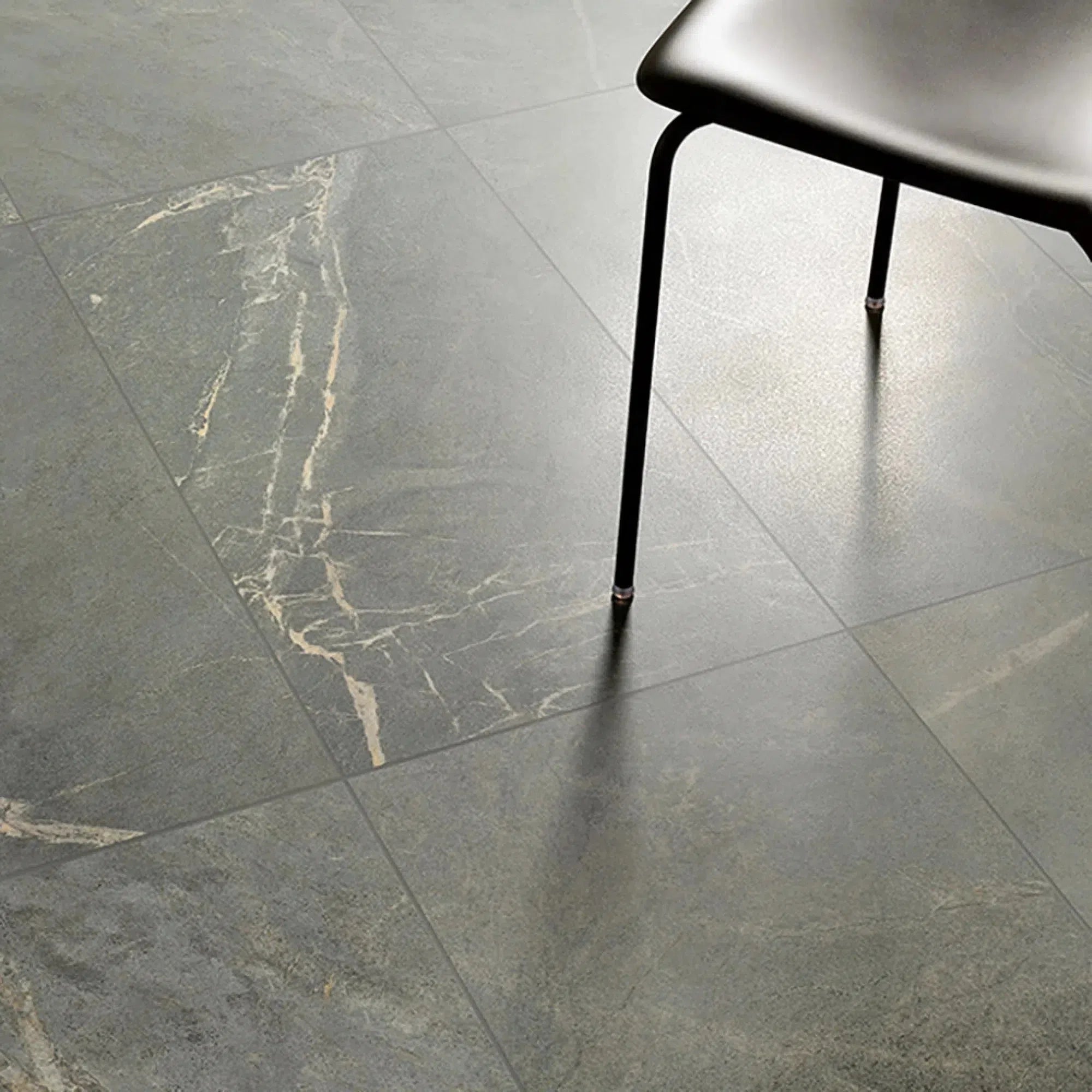 Soap Stone
Soap Stone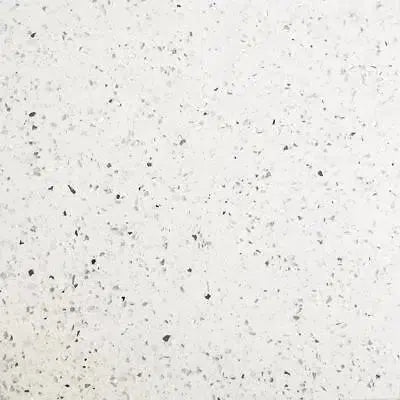 Quartz
Quartz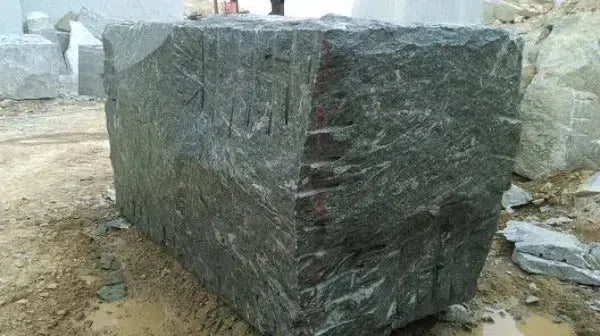 Granite
Granite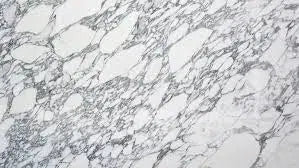 Shop By Name
Shop By Name
 Absolute Black Granite
Absolute Black Granite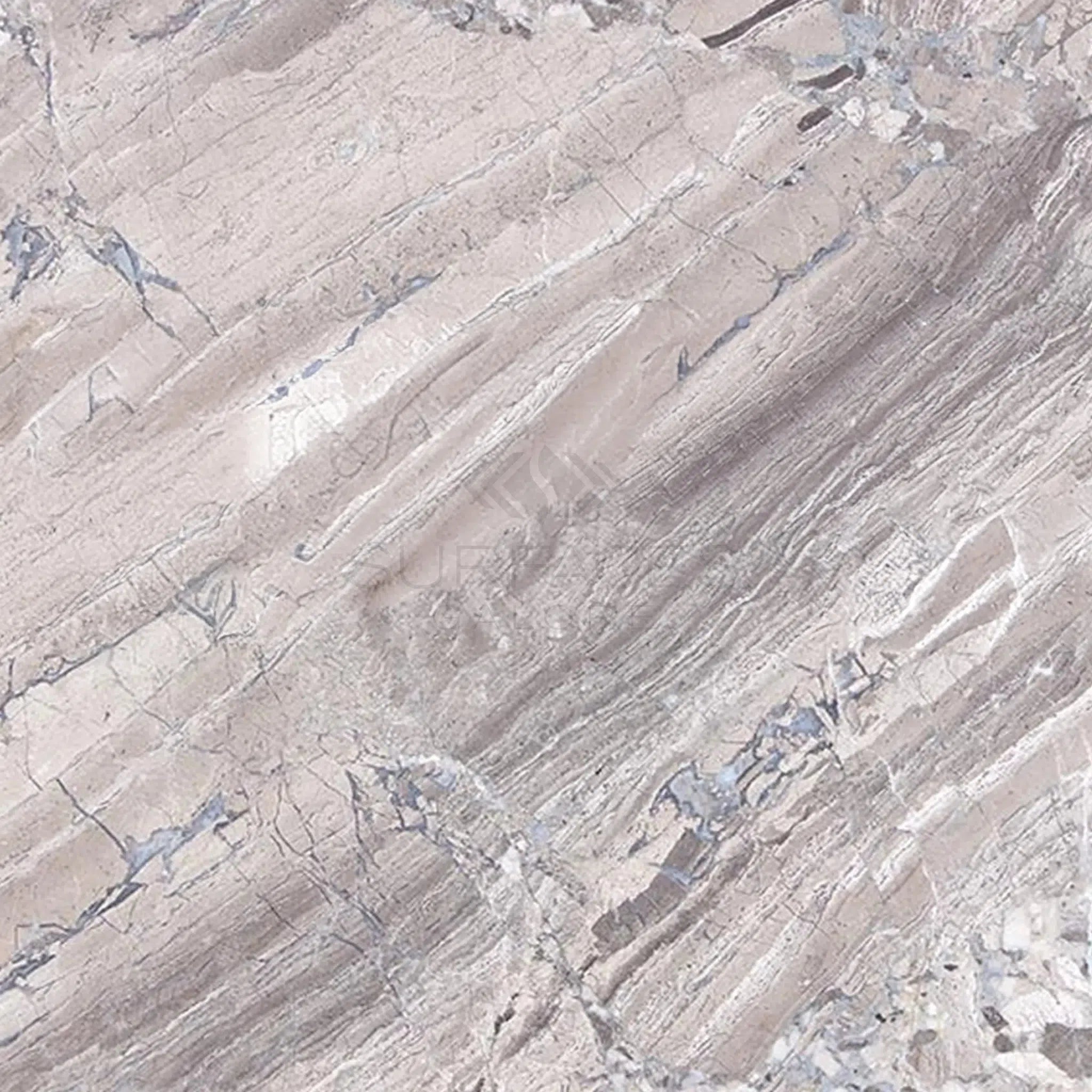 Atlantic Gray Marble
Atlantic Gray Marble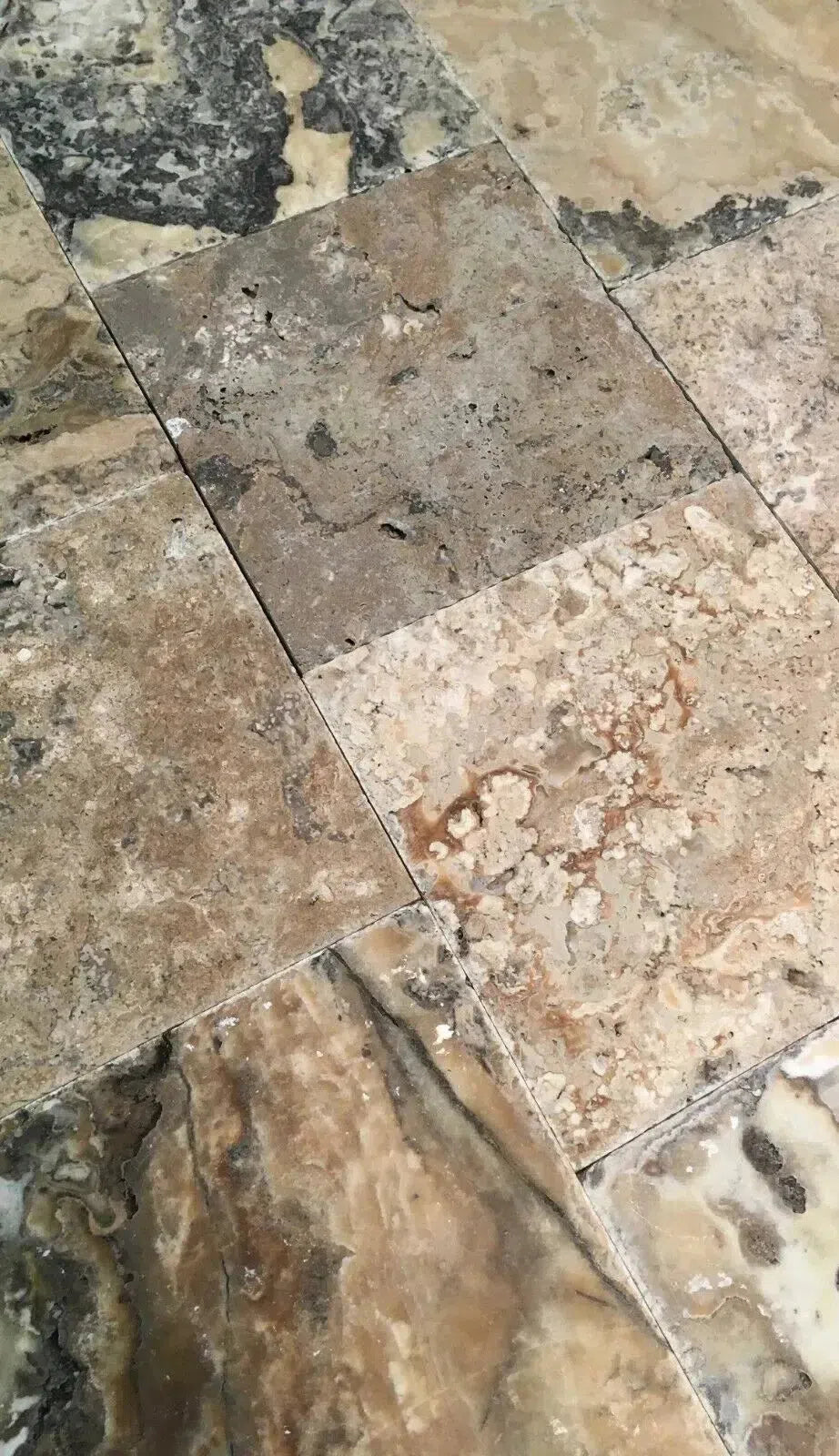 Antico Onyx Travertine
Antico Onyx Travertine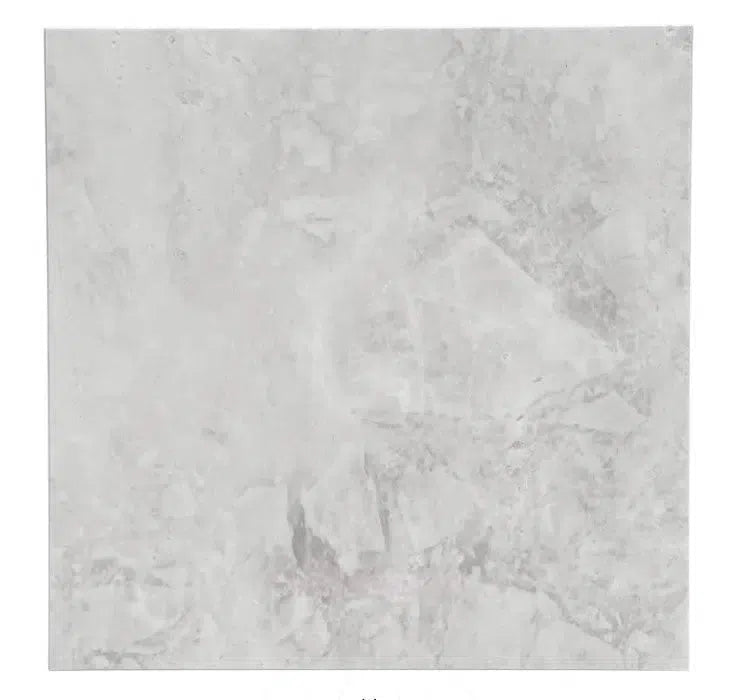 Bianco Congelato Dolomite
Bianco Congelato Dolomite Bianco Venatino (Bianco Mare) Marble
Bianco Venatino (Bianco Mare) Marble Calacatta Verde Royale Marble
Calacatta Verde Royale Marble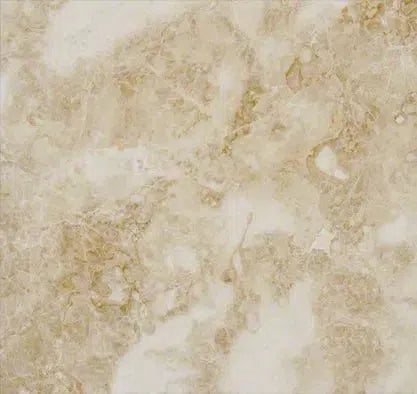 Cappuccino Marble
Cappuccino Marble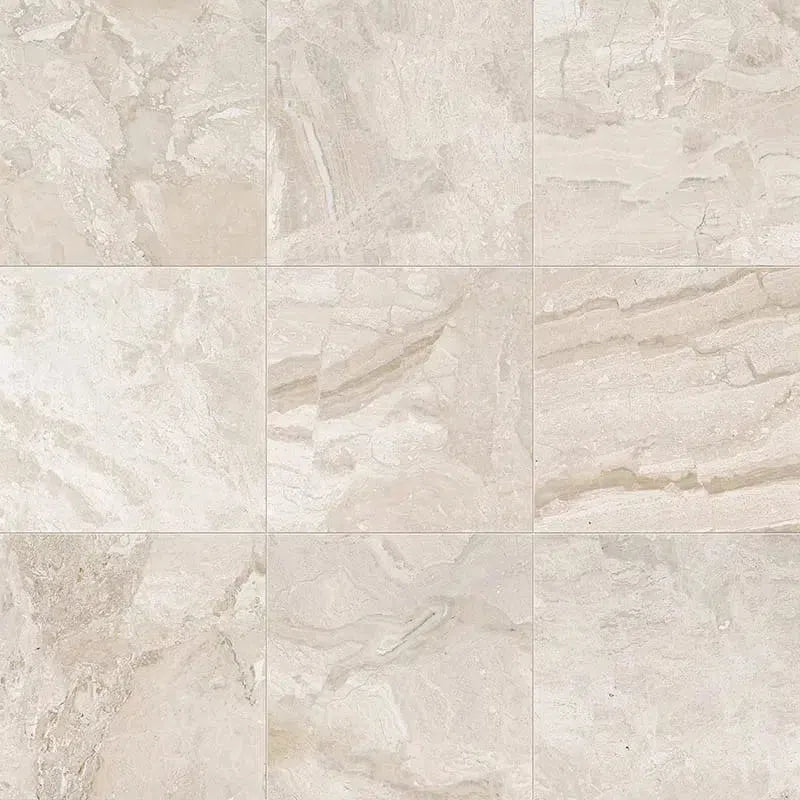 Diano Royal (Queen Beige) Marble
Diano Royal (Queen Beige) Marble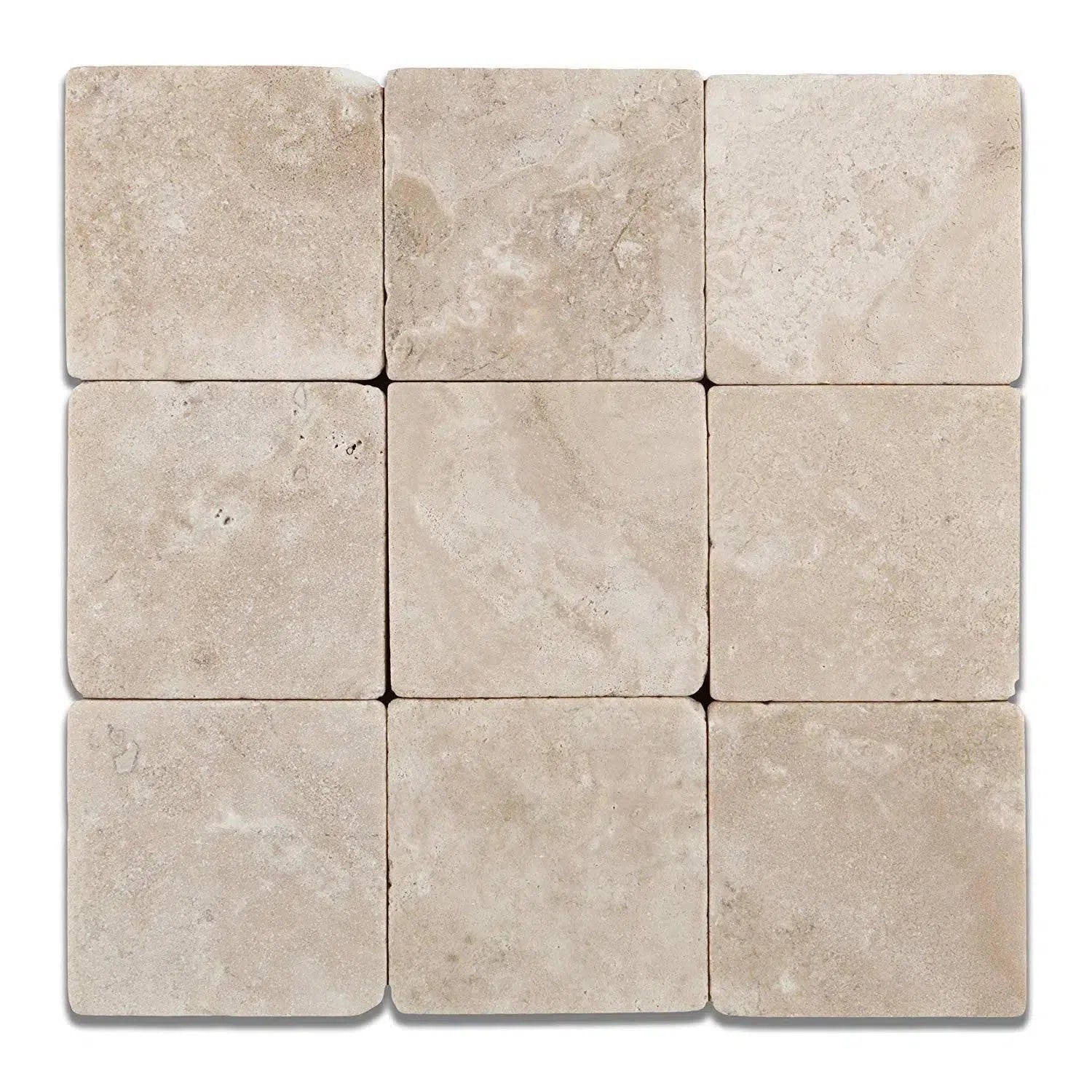 Durango Cream Traverine
Durango Cream Traverine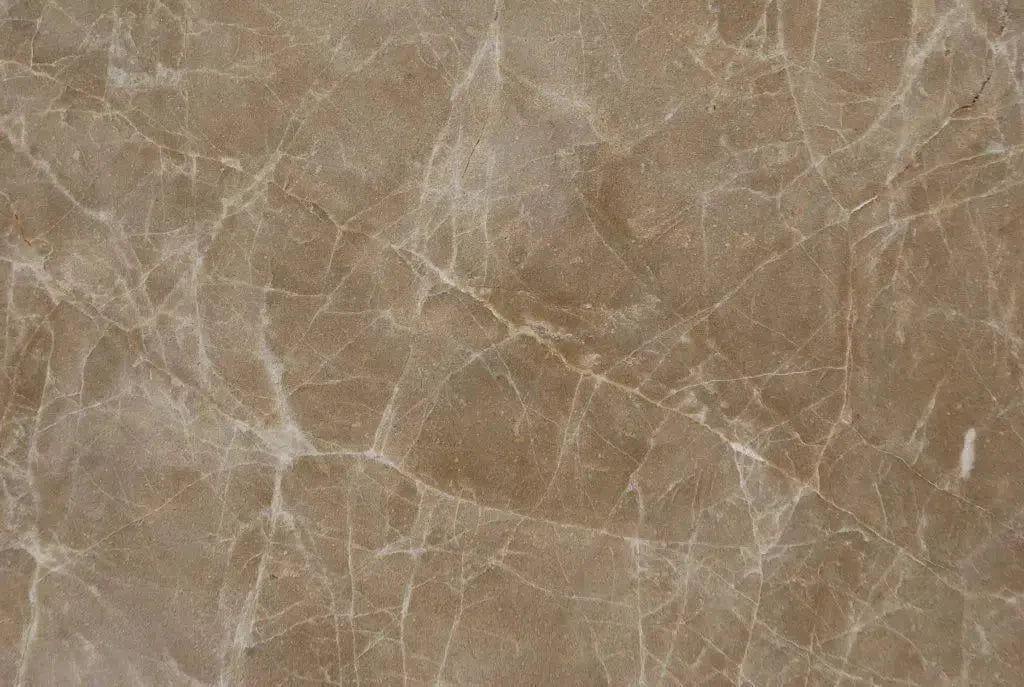 Emperador Light Marble
Emperador Light Marble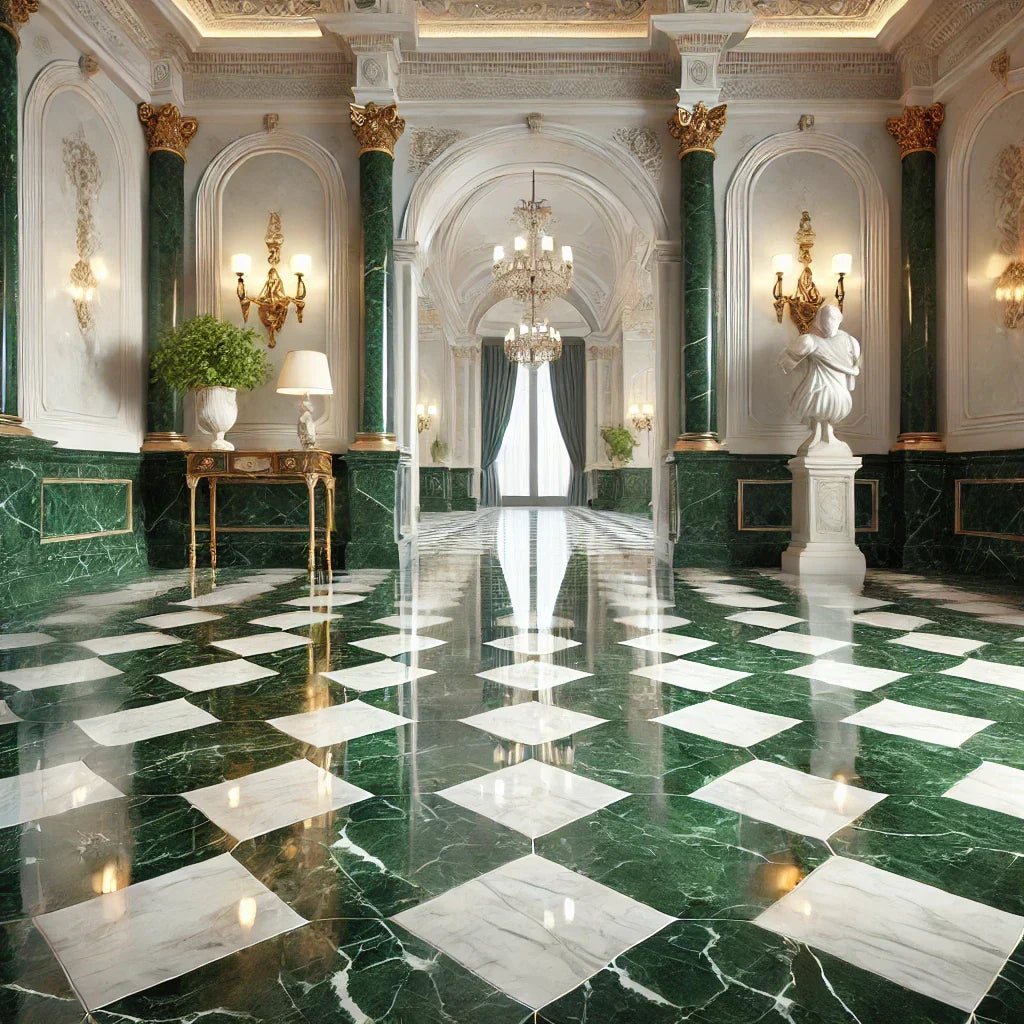 Empress Green Marble
Empress Green Marble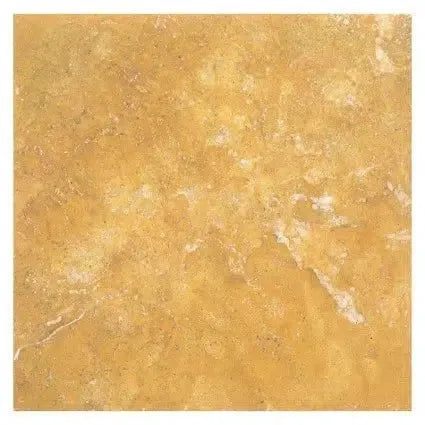 Gold/Yellow Travertine
Gold/Yellow Travertine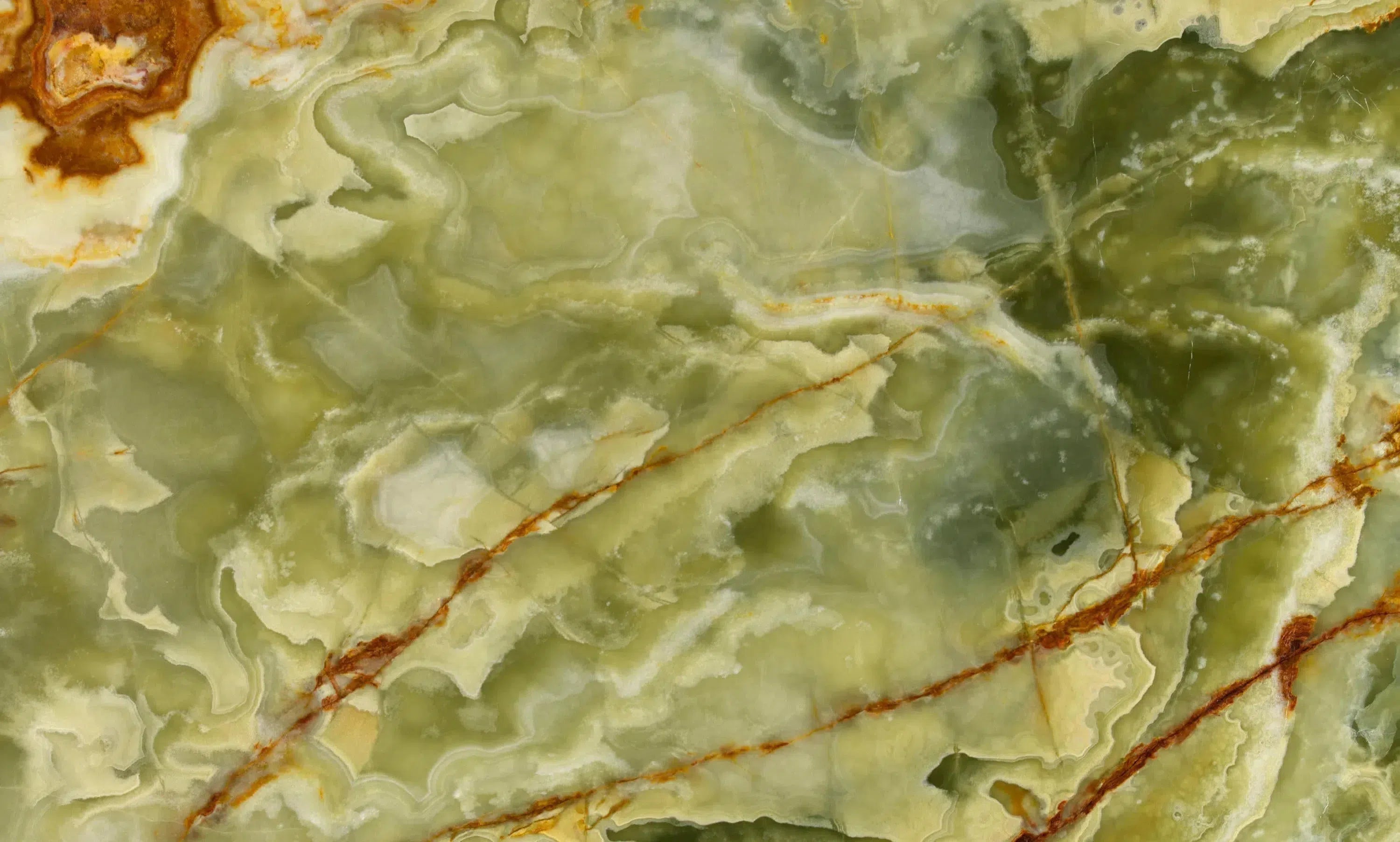 Green Onyx Marble
Green Onyx Marble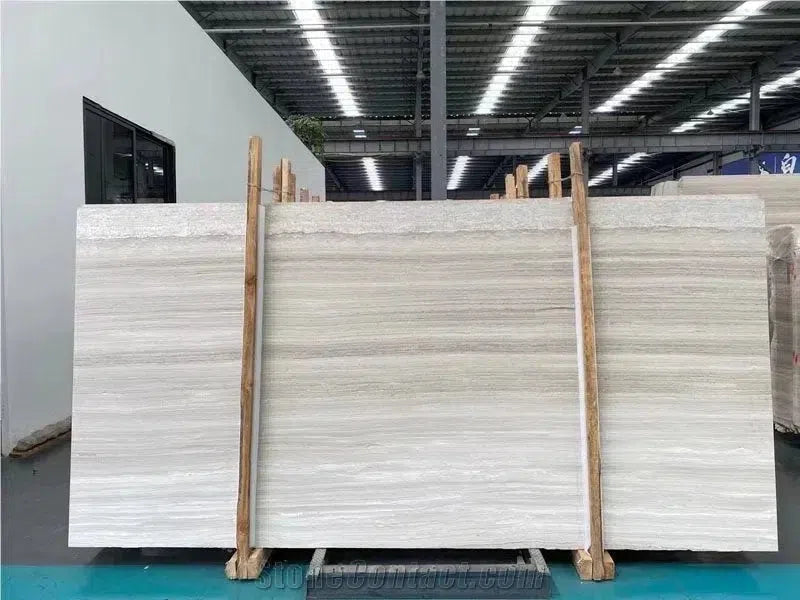 Haisa Light (White Wood) Limestone
Haisa Light (White Wood) Limestone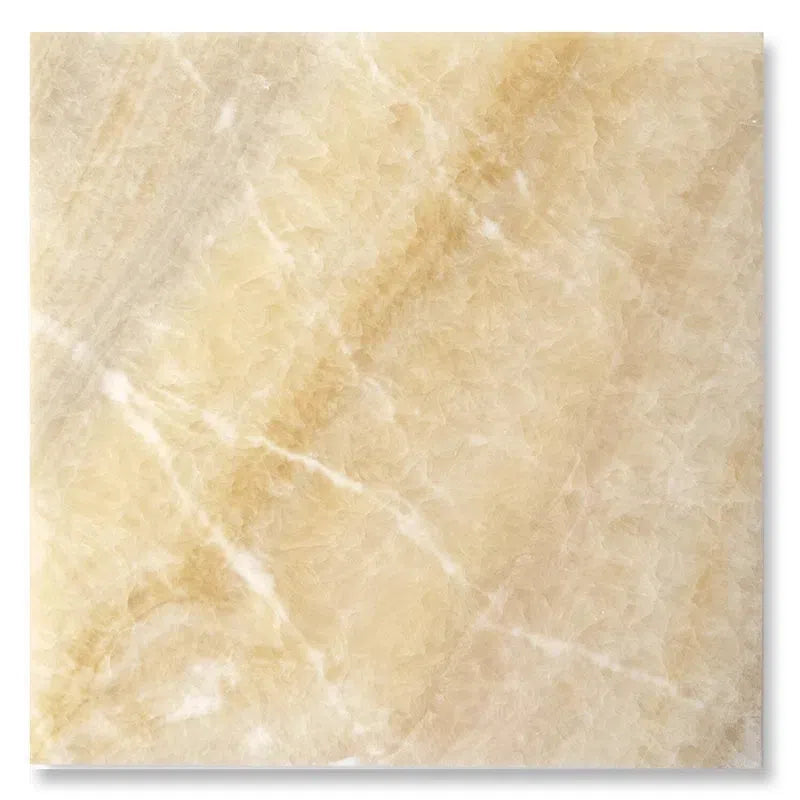 Honey Onyx Marble
Honey Onyx Marble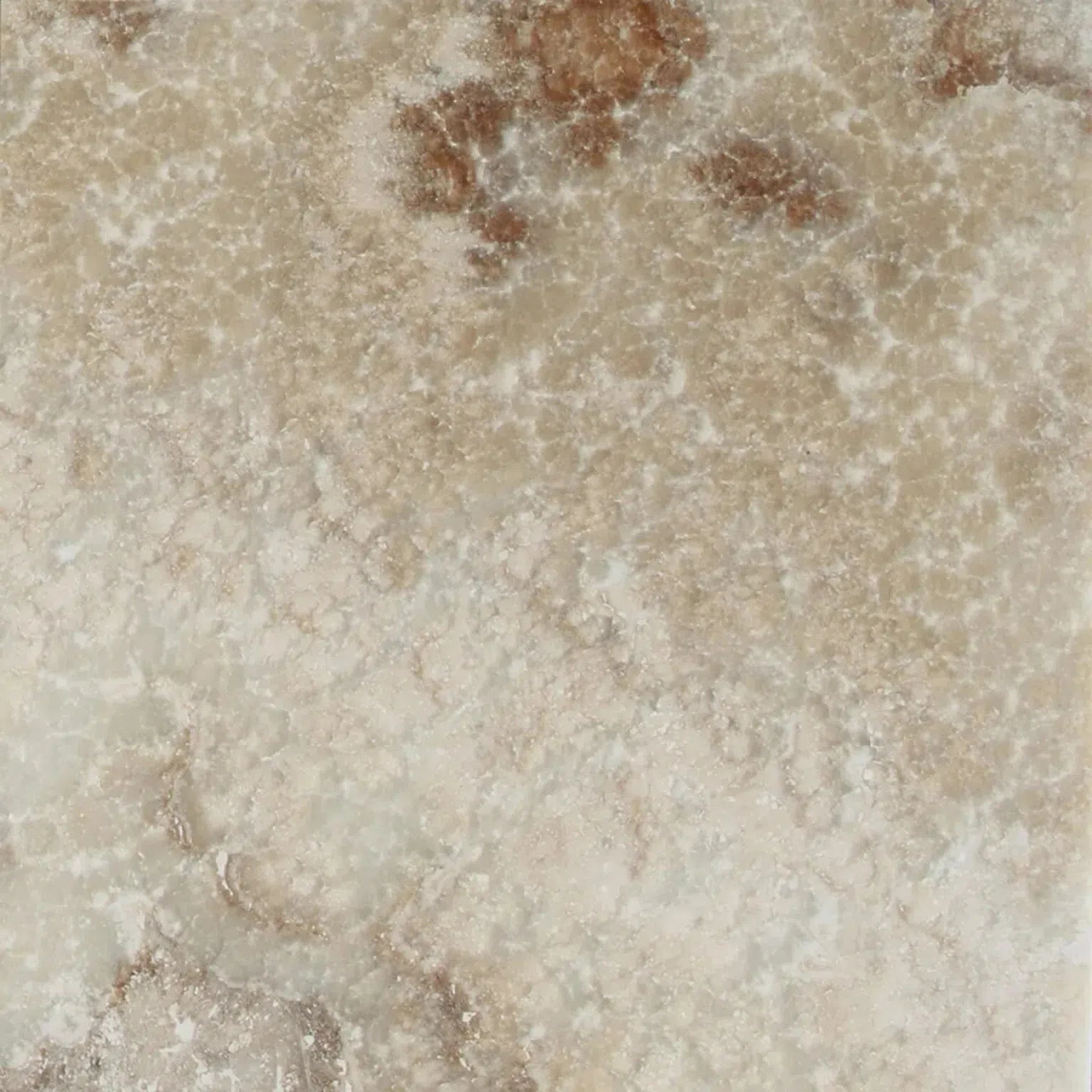 La Travonya Travertine
La Travonya Travertine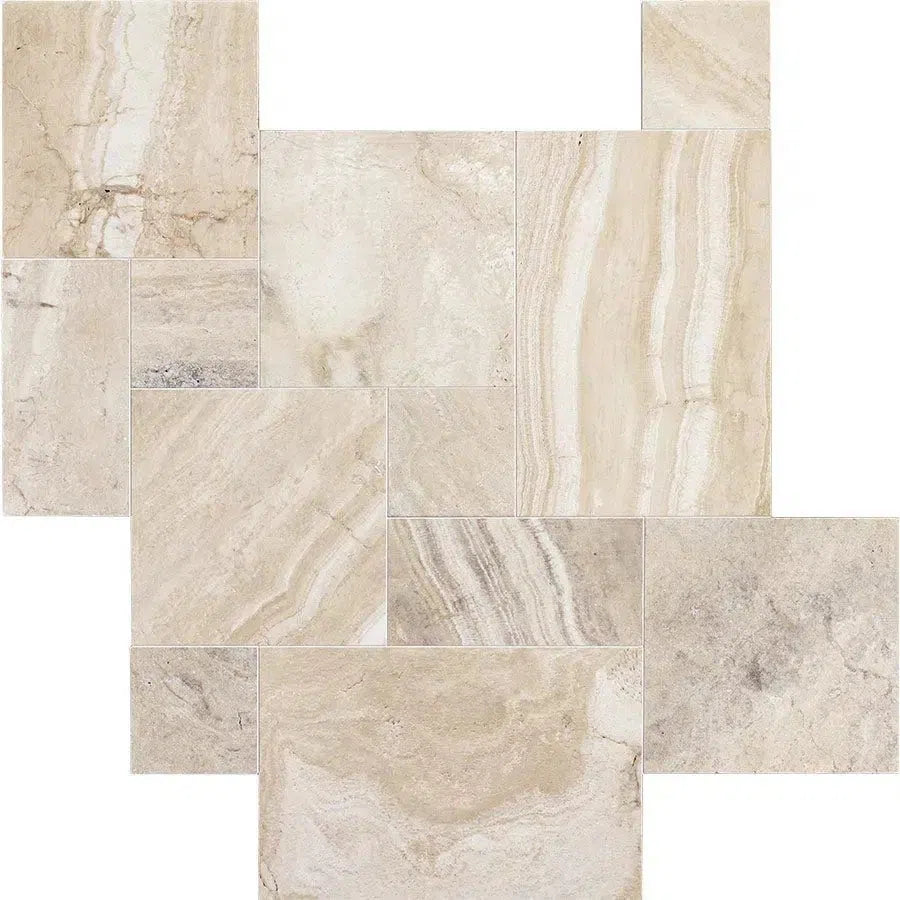 Malibu Travertine
Malibu Travertine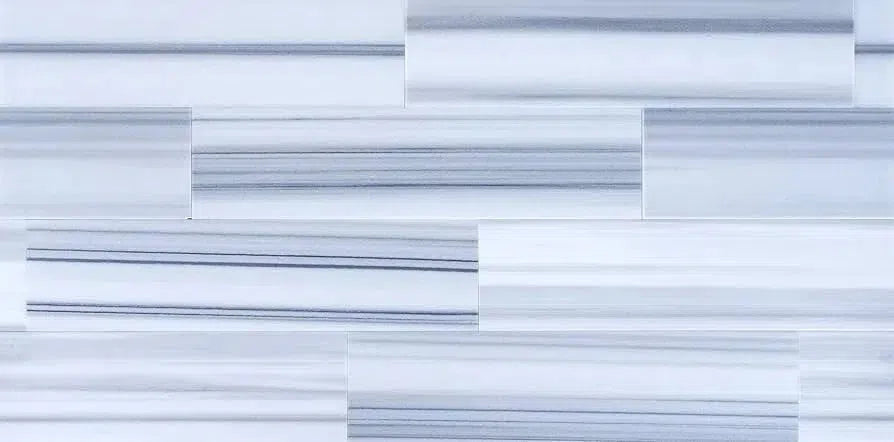 Mink (Equator) Marble
Mink (Equator) Marble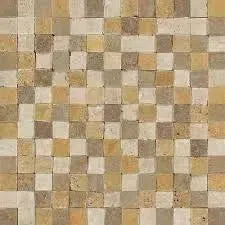 Mixed (Ivory-Noce-Gold) Travertine
Mixed (Ivory-Noce-Gold) Travertine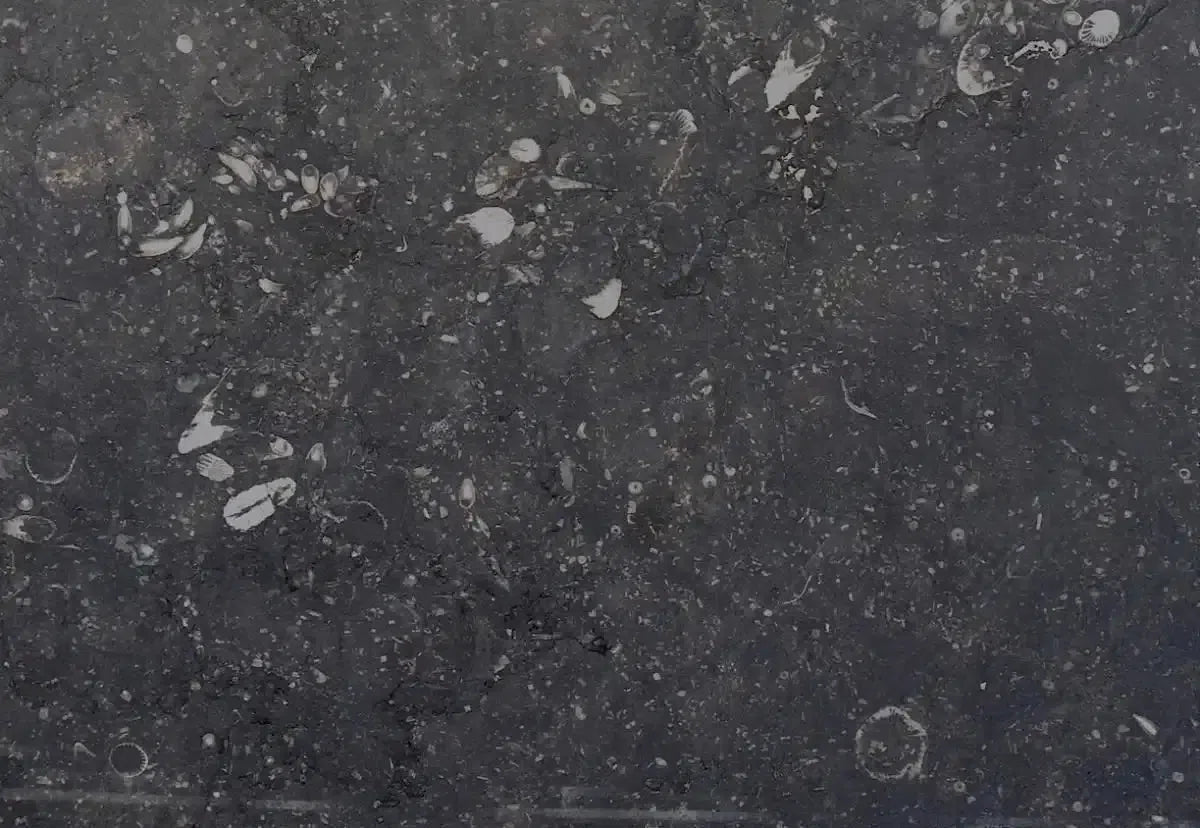 Pierre Bleue (Pierre Blue) Marble
Pierre Bleue (Pierre Blue) Marble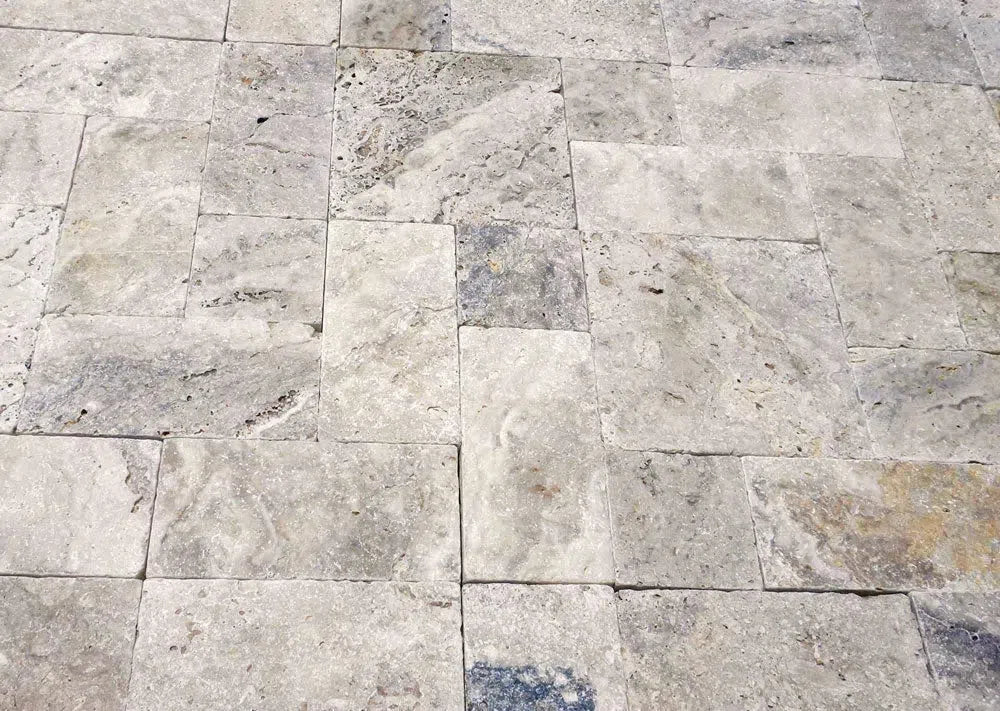 Philadelphia Travertine
Philadelphia Travertine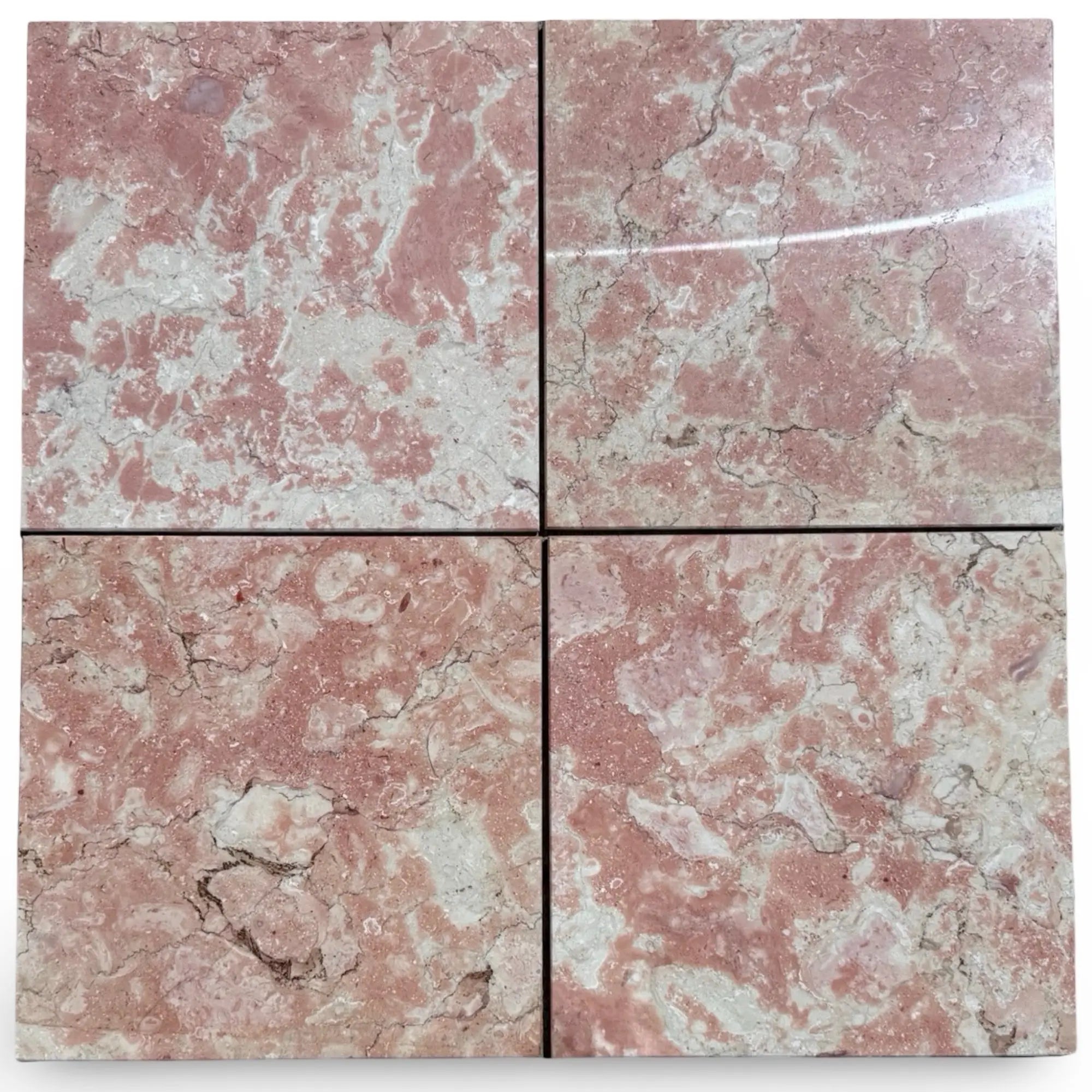 Rosé Aurora Marble
Rosé Aurora Marble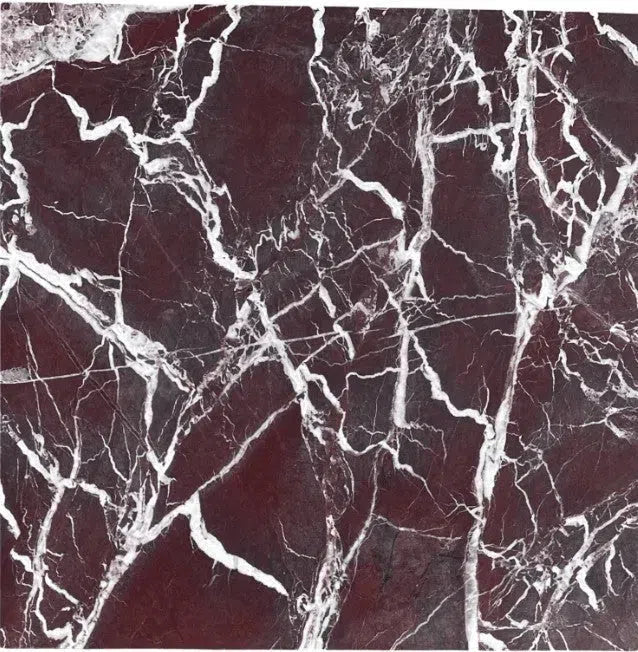 Rosso Levanto Marble
Rosso Levanto Marble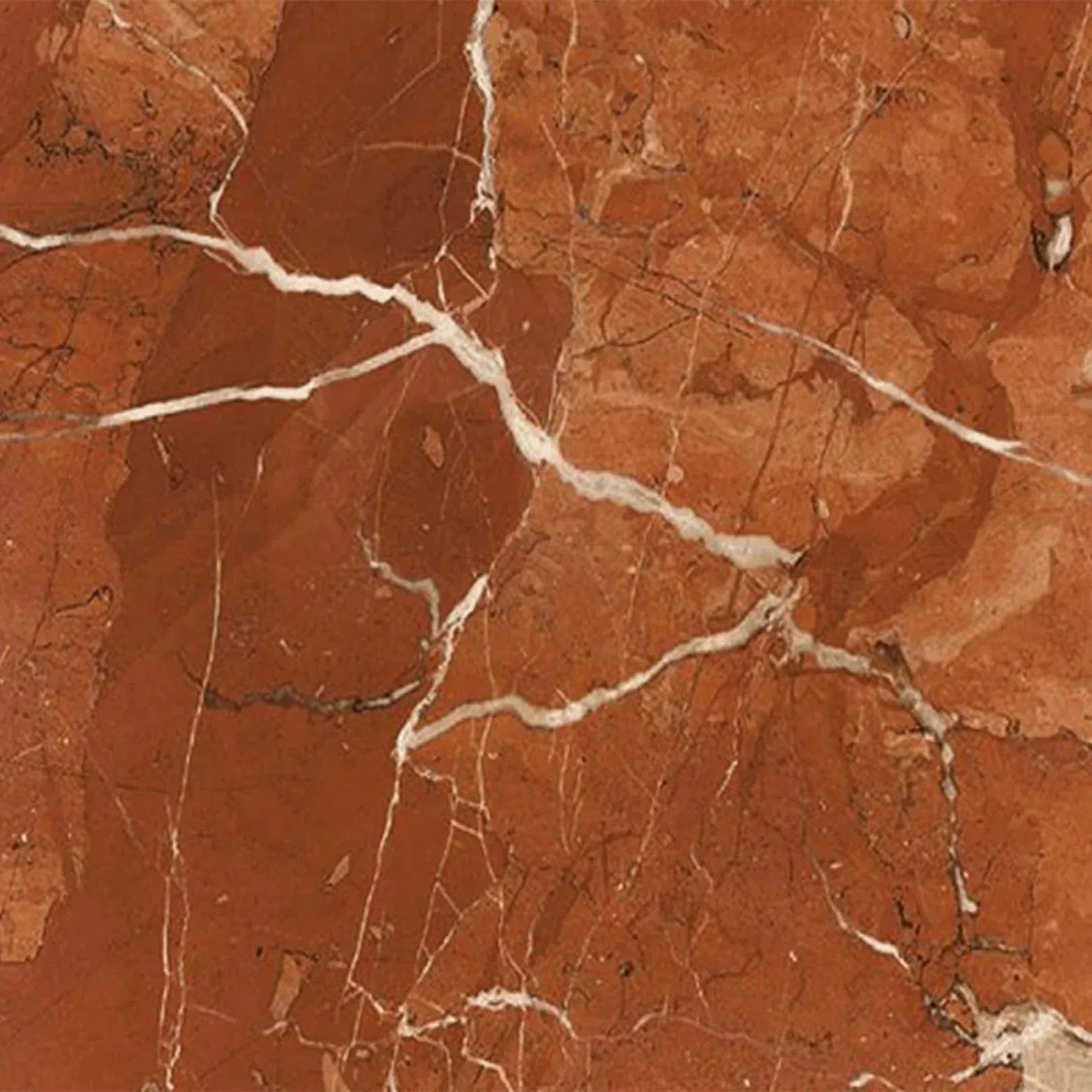 Rojo Alicante Marble
Rojo Alicante Marble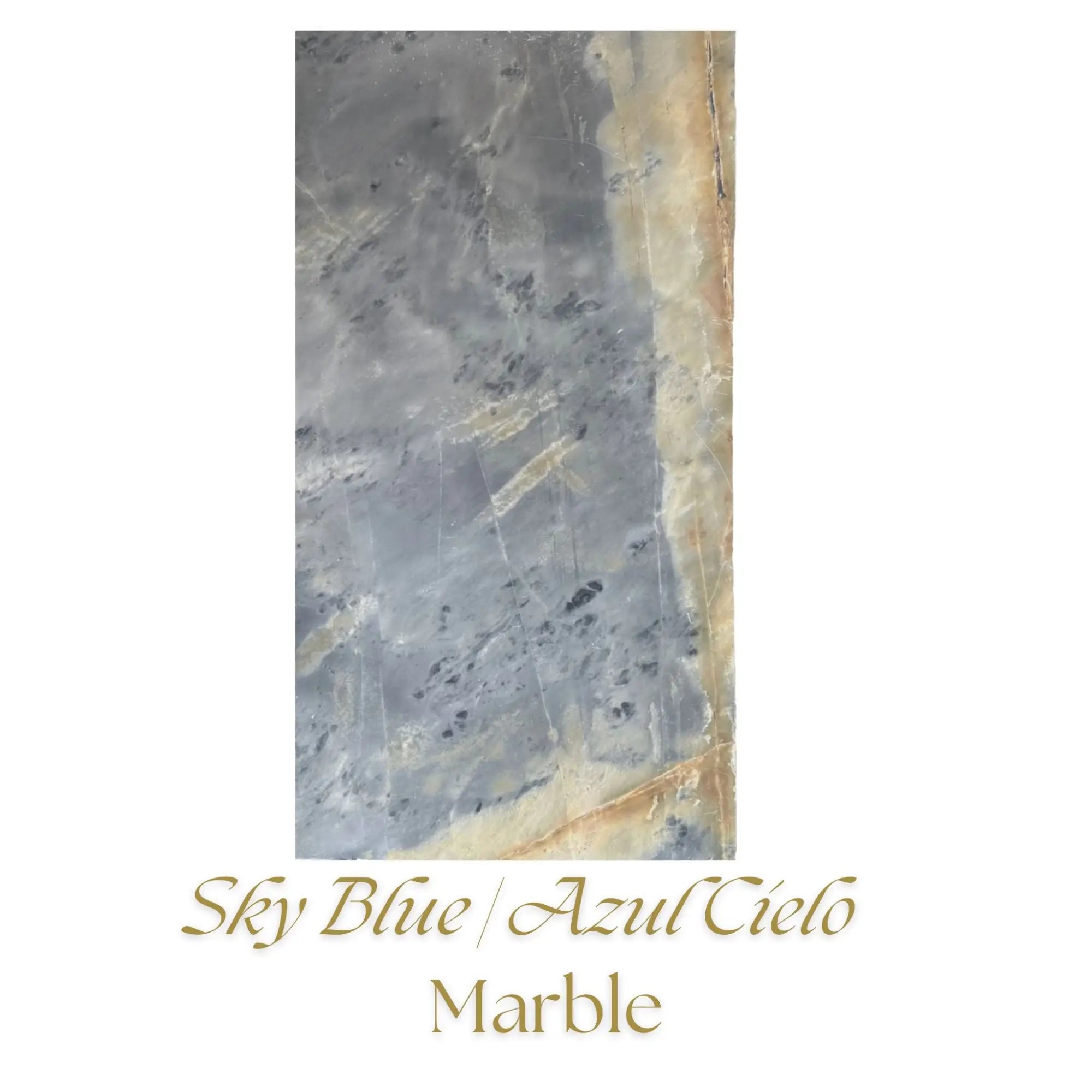 Sky Blue | Azul Cielo Marble
Sky Blue | Azul Cielo Marble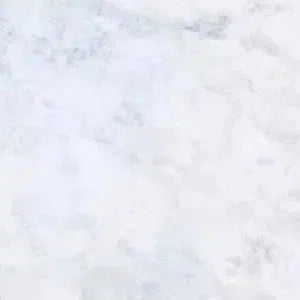 Snow White (Afyon White) Marble
Snow White (Afyon White) Marble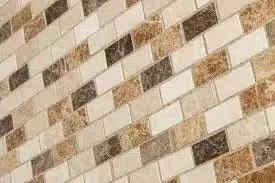 Spanish Mix Marble
Spanish Mix Marble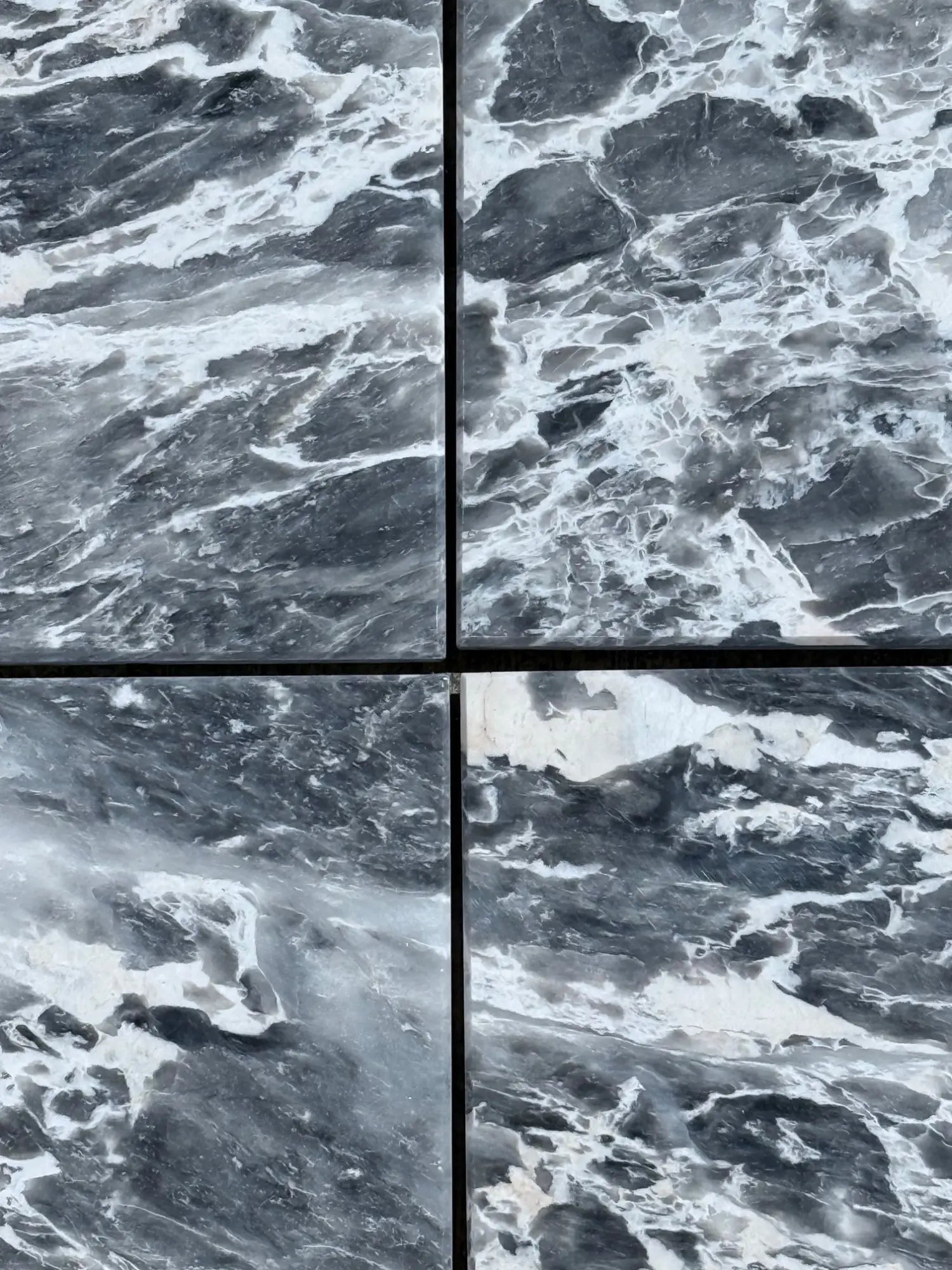 Storm Gray Marble
Storm Gray Marble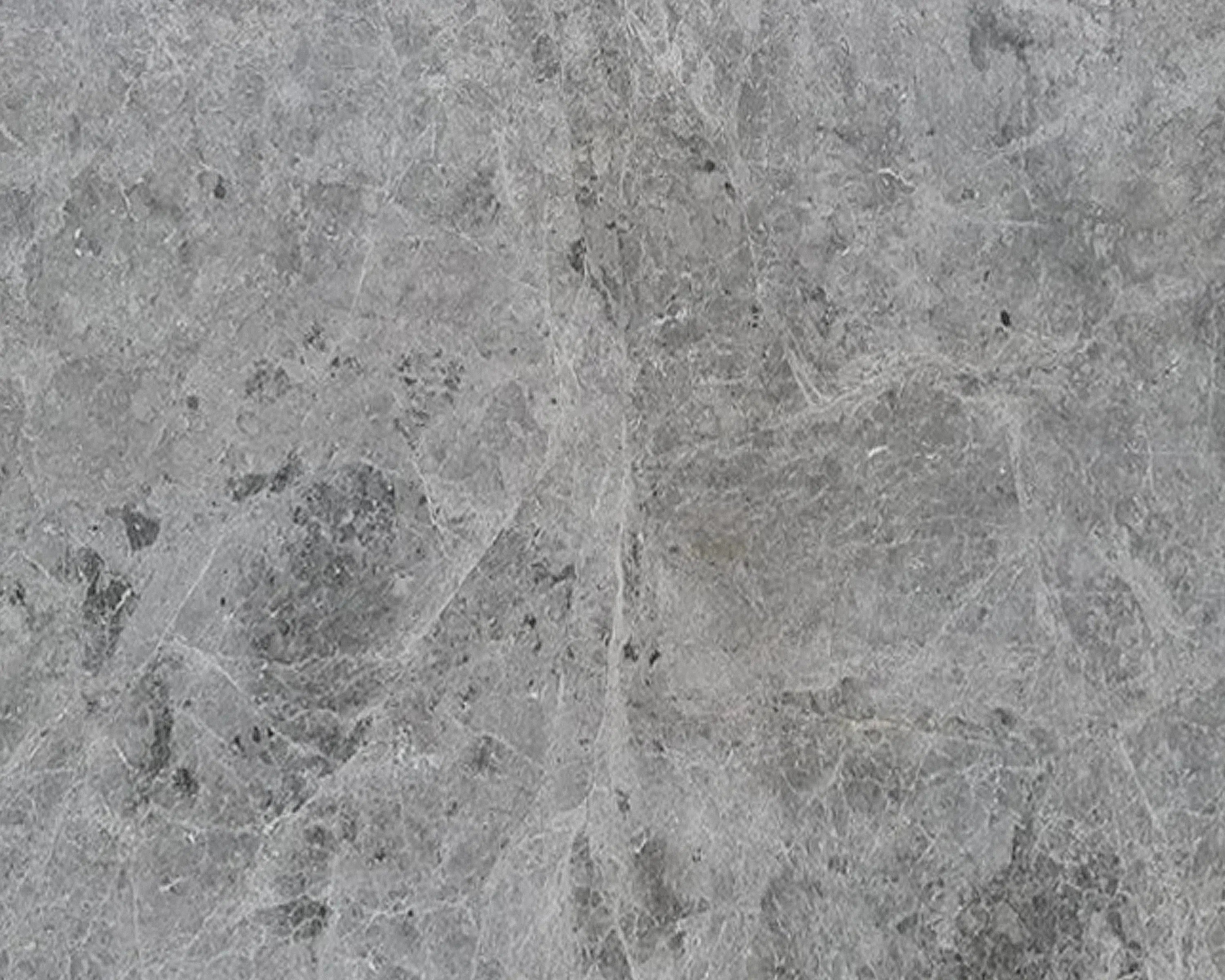 Tundra Gray (Atlantic Gray) Marble
Tundra Gray (Atlantic Gray) Marble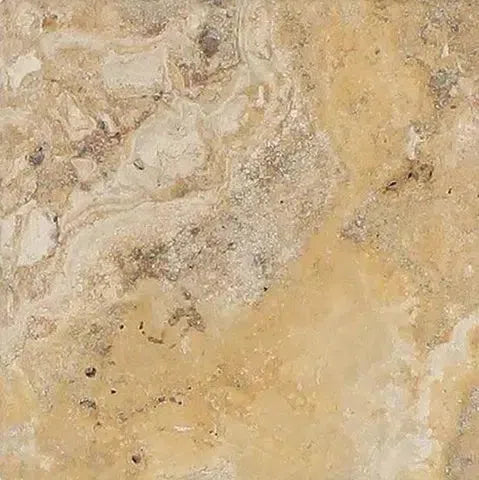 Valencia Travertine
Valencia Travertine Valerenga Travertine
Valerenga Travertine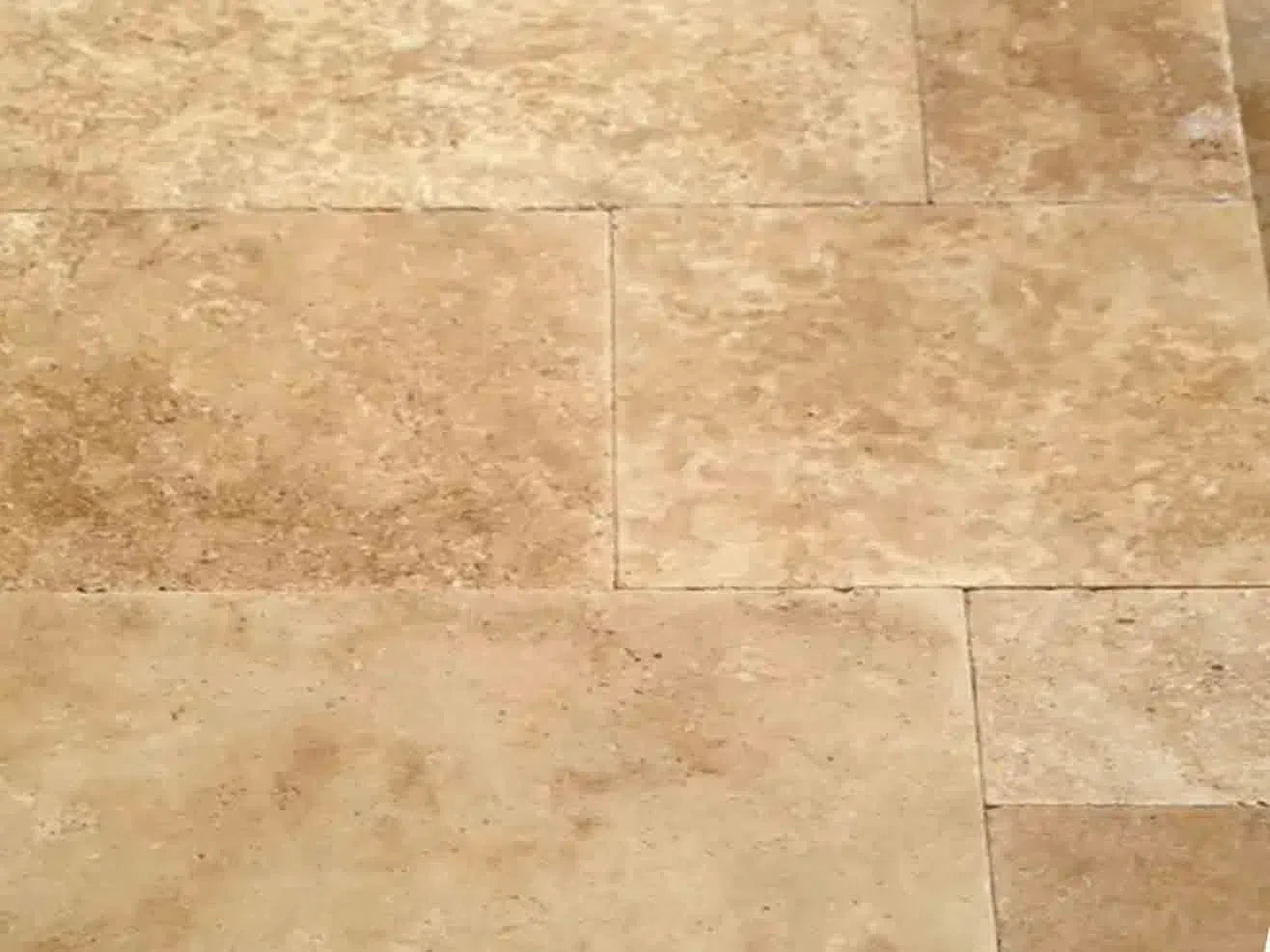 Walnut Travertine
Walnut Travertine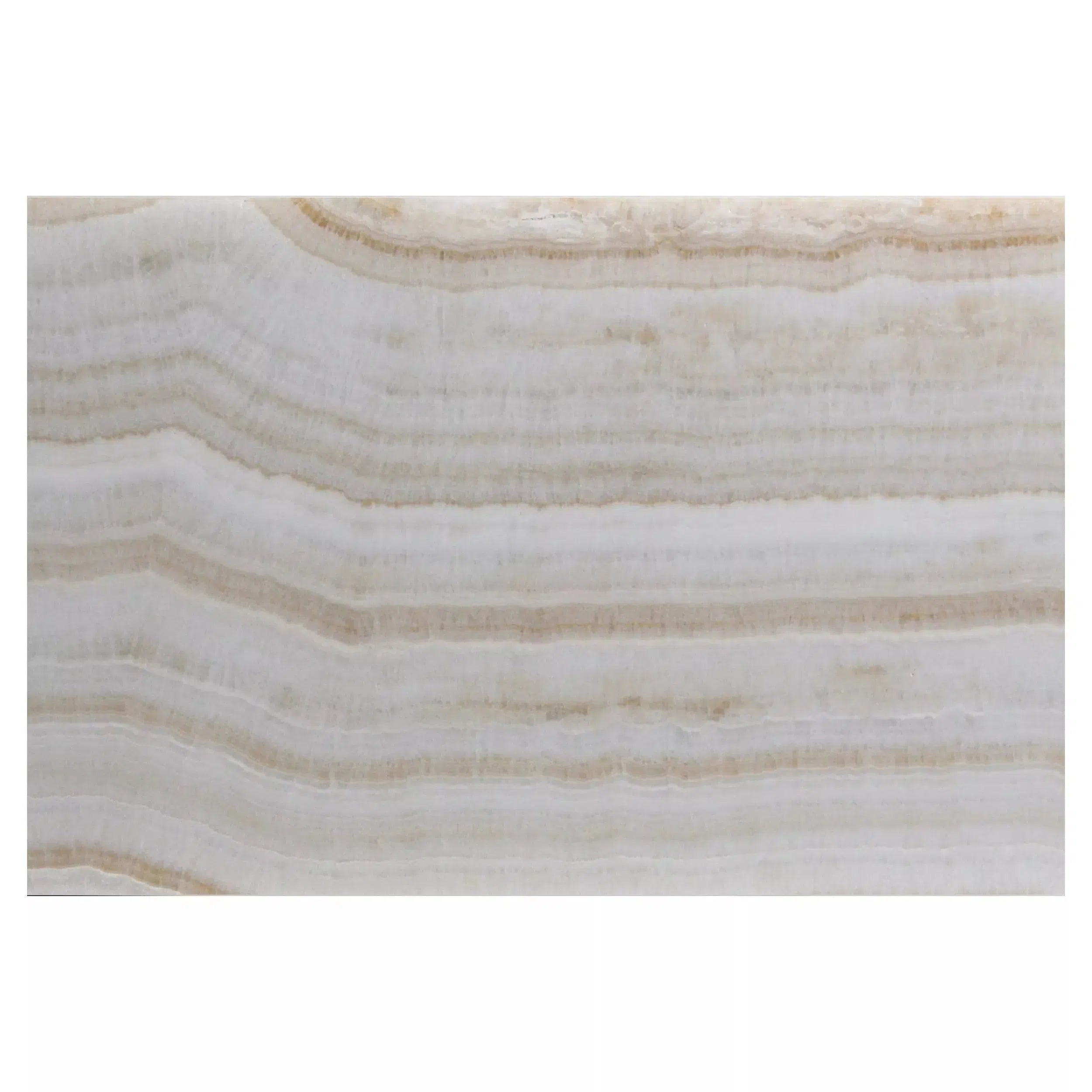 White Onyx Marble
White Onyx Marble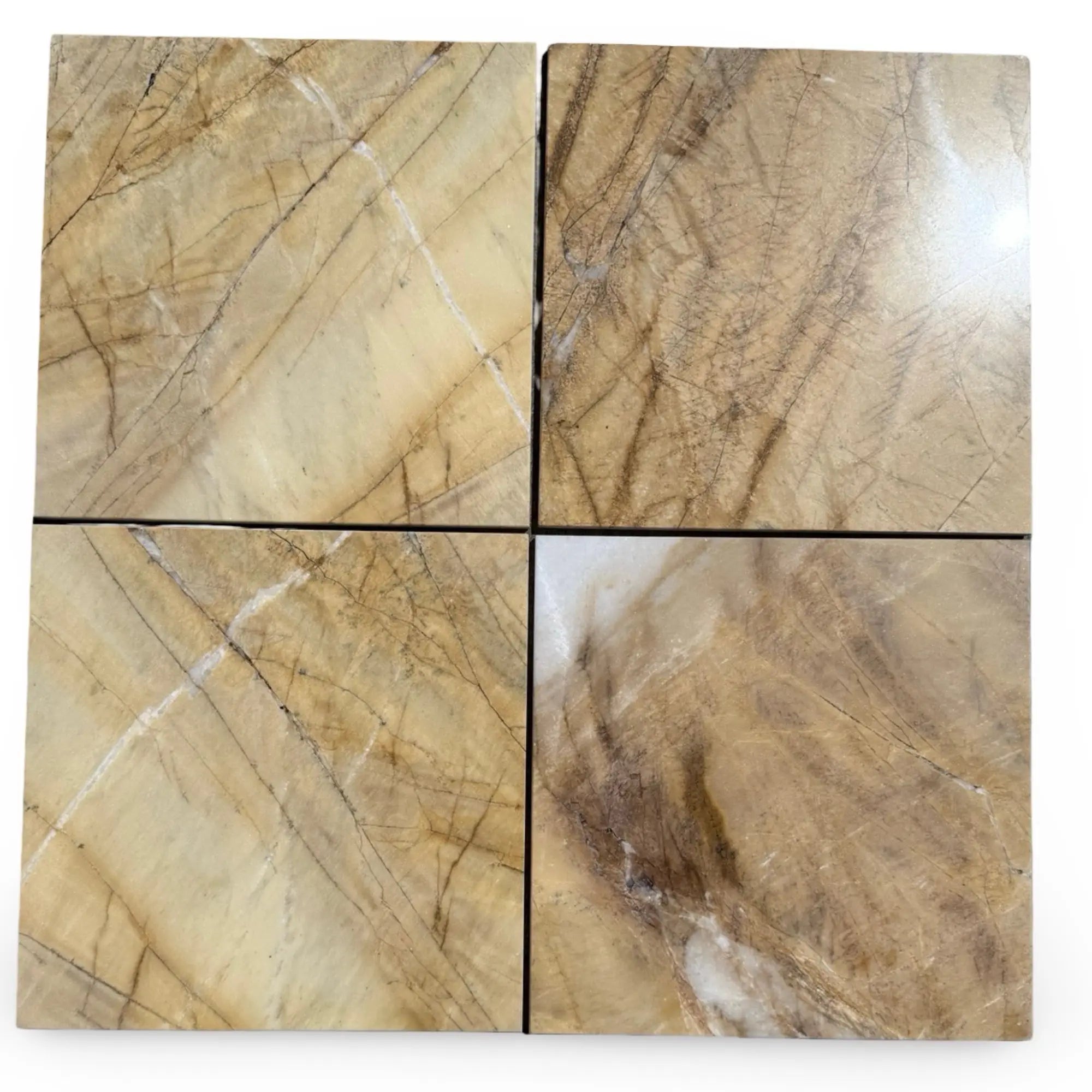 Golden Horizon Marble
Golden Horizon Marble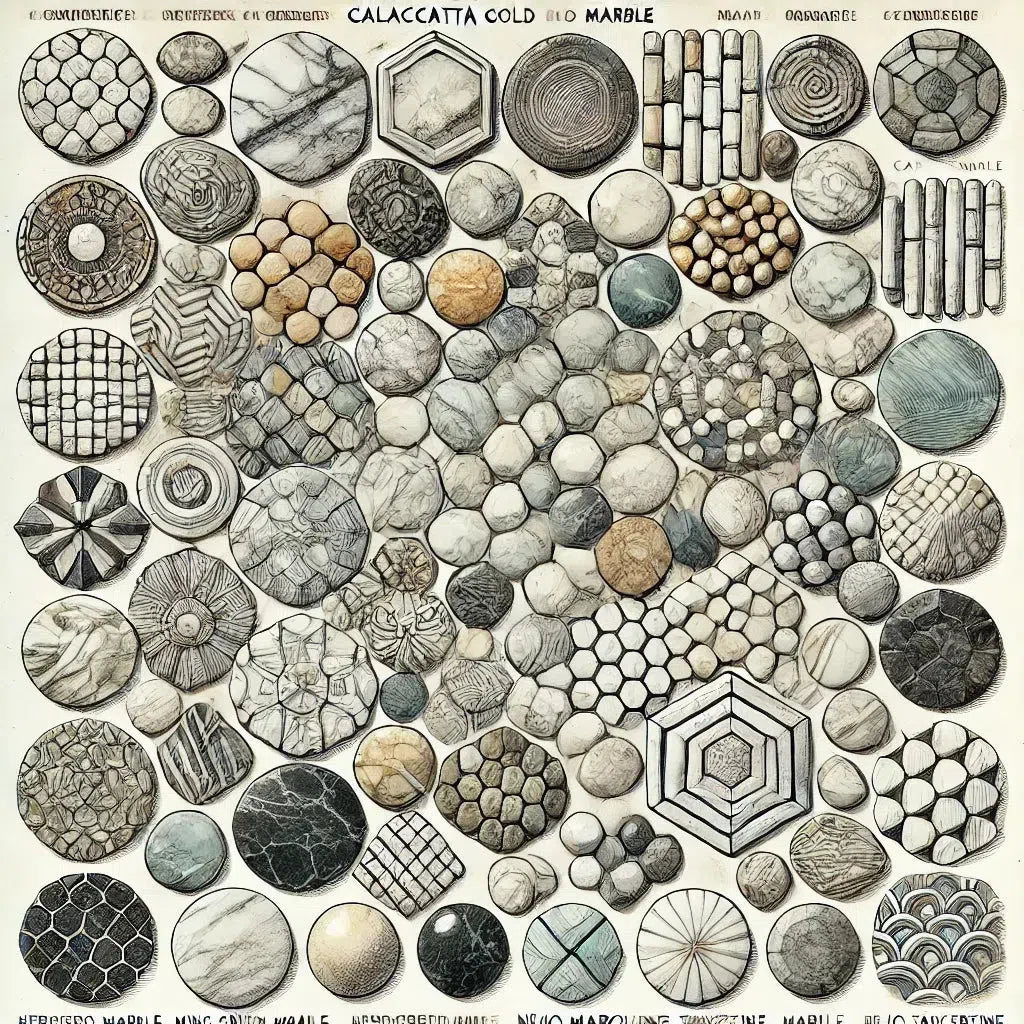 Shop By Type
Shop By Type
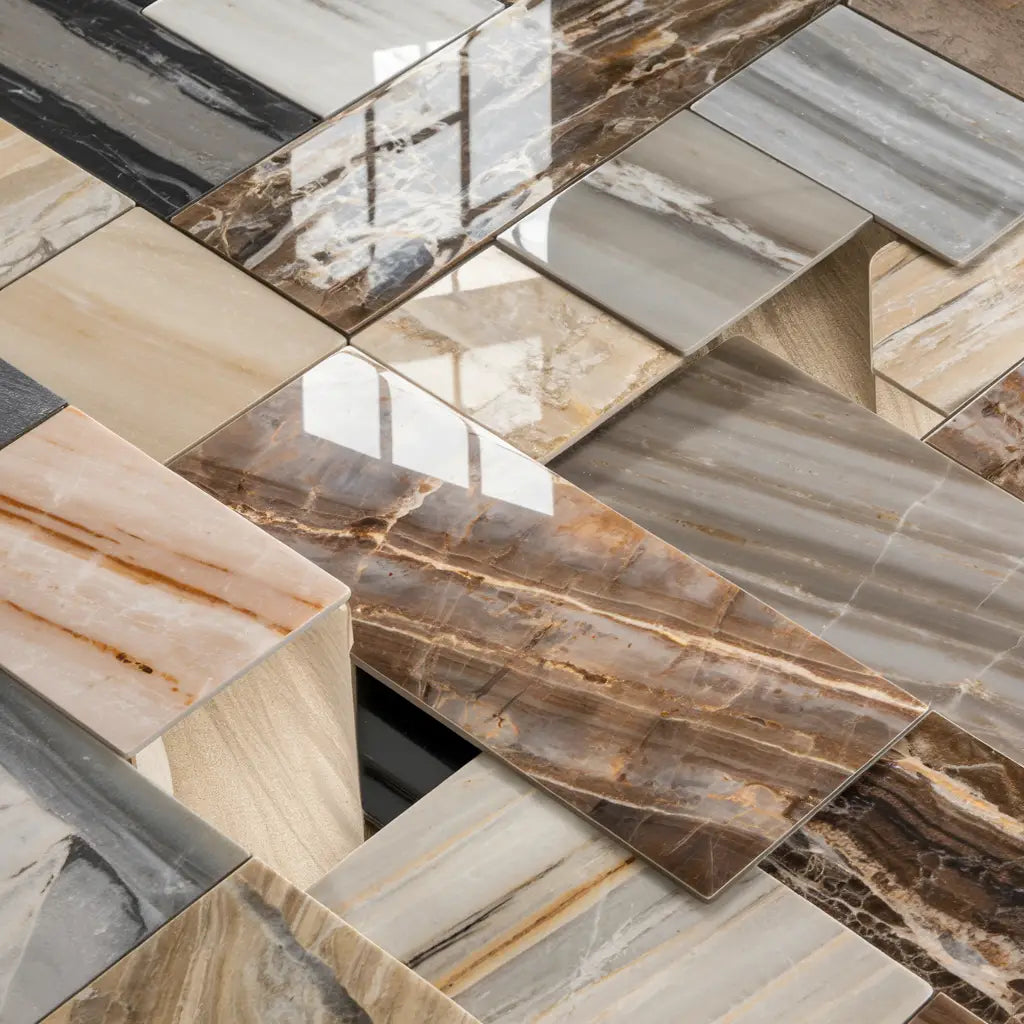 Marble Tiles
Marble Tiles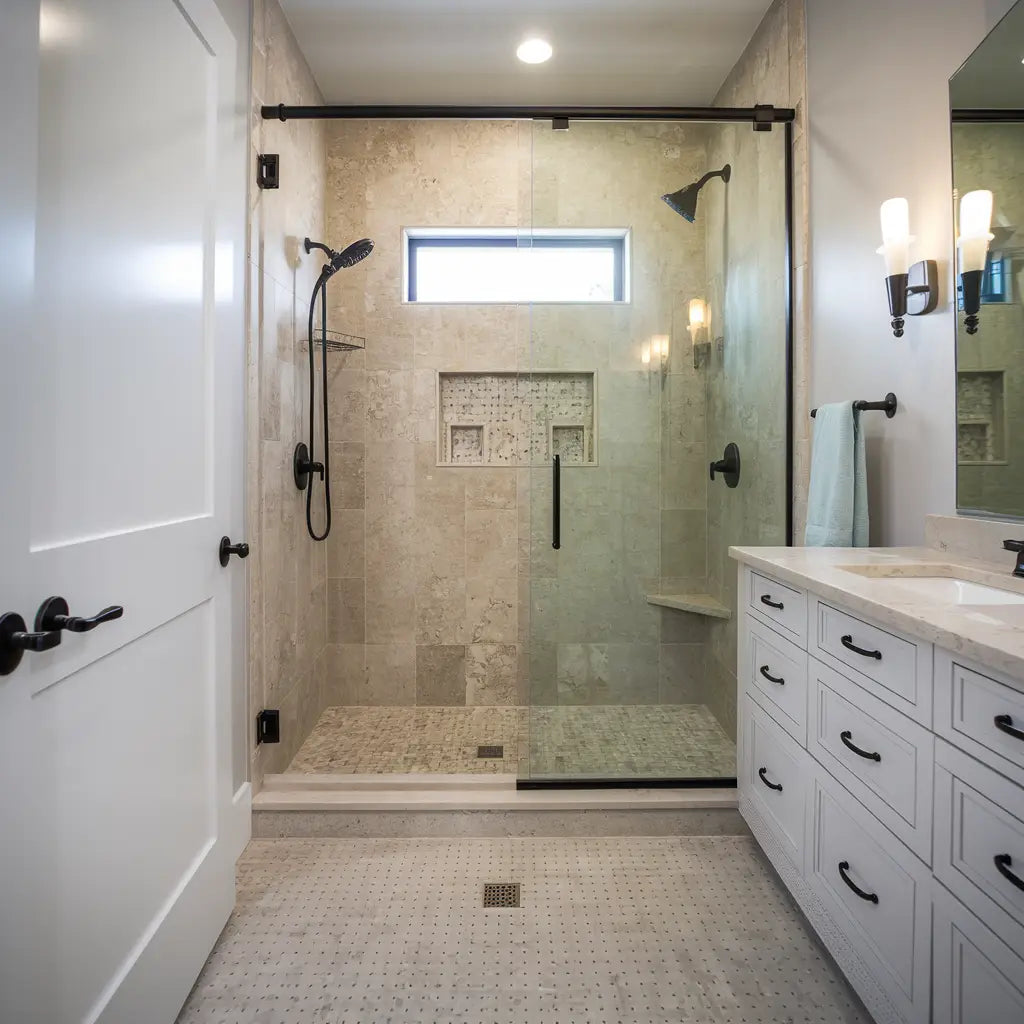 Marble Mosaic
Marble Mosaic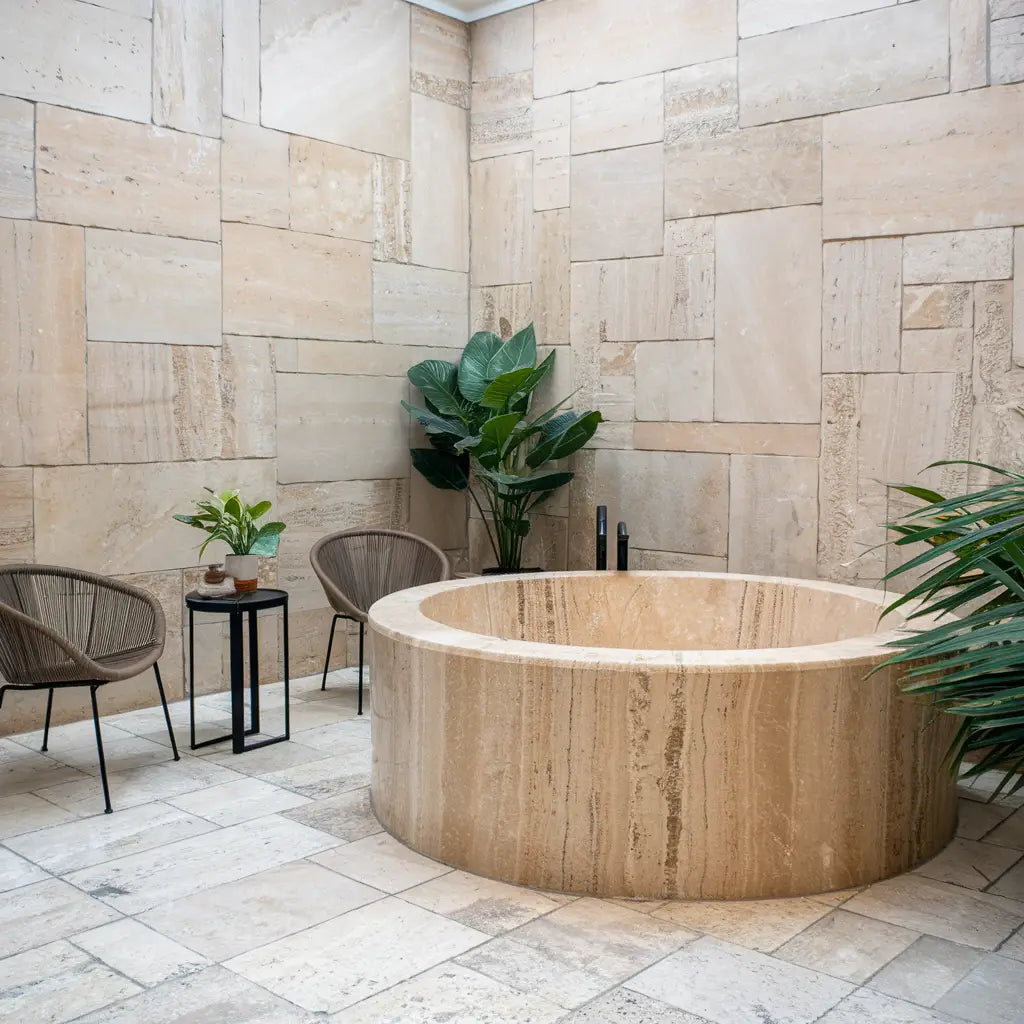 Travertine Tiles
Travertine Tiles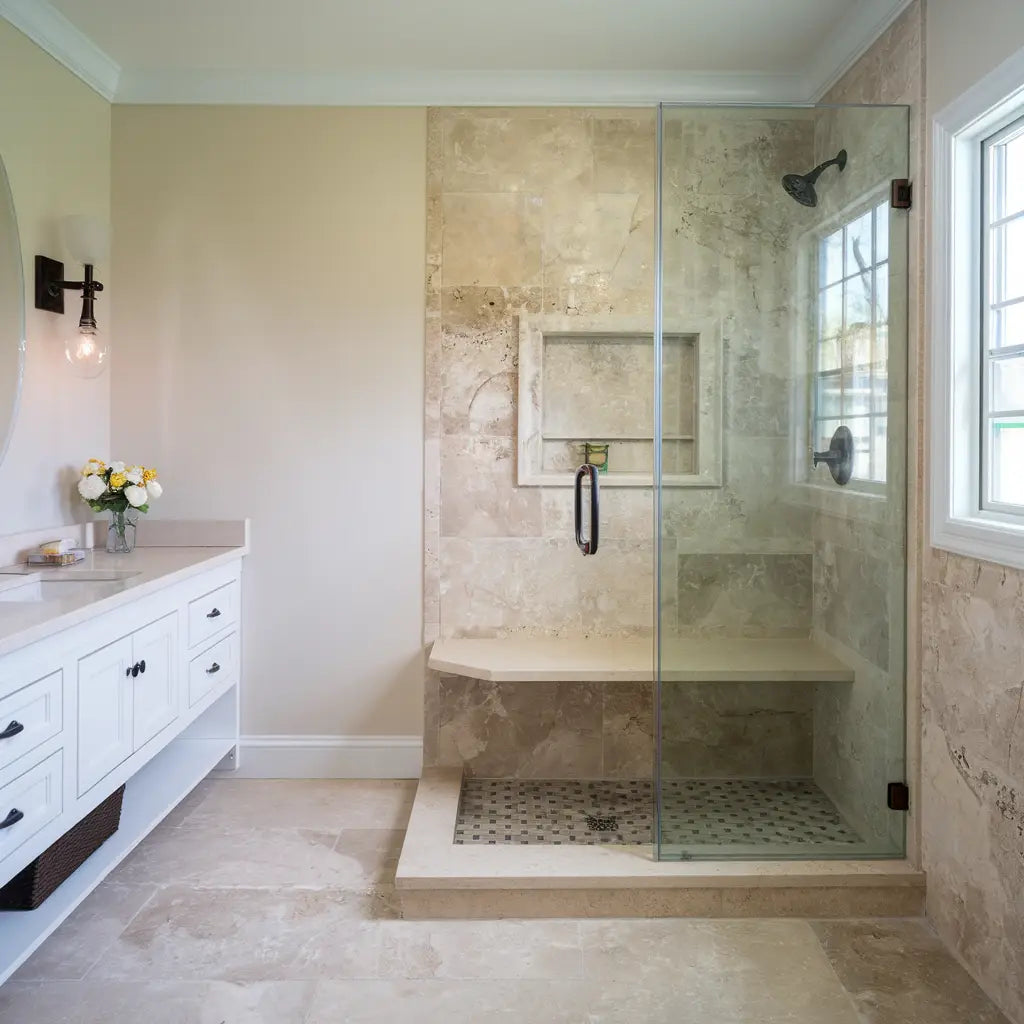 Travertine Mosaic
Travertine Mosaic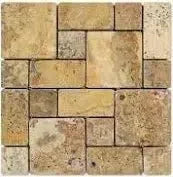 4 pcs Versailles Pattern / French Pattern Set
4 pcs Versailles Pattern / French Pattern Set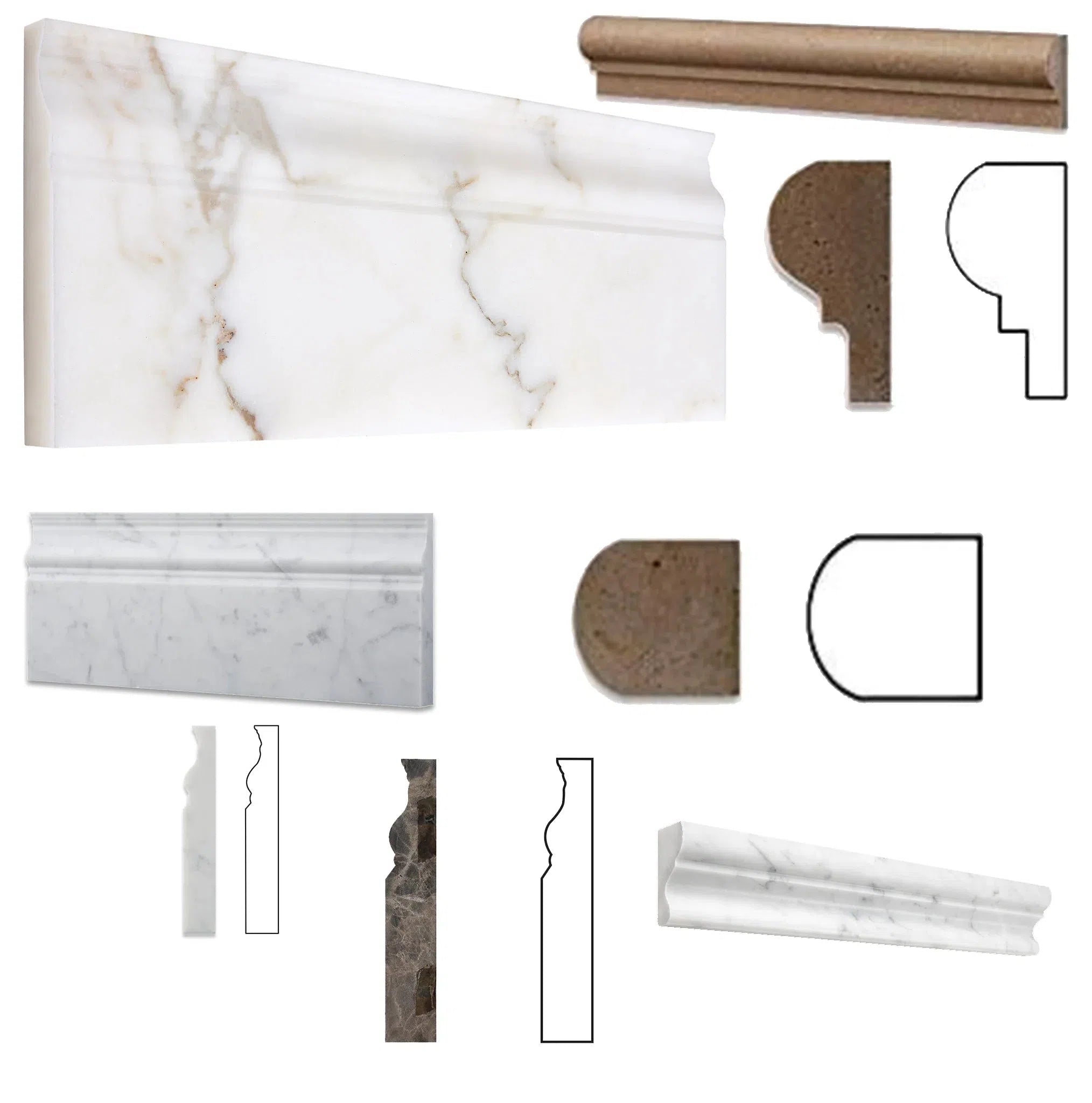 Molding/Trim
Molding/Trim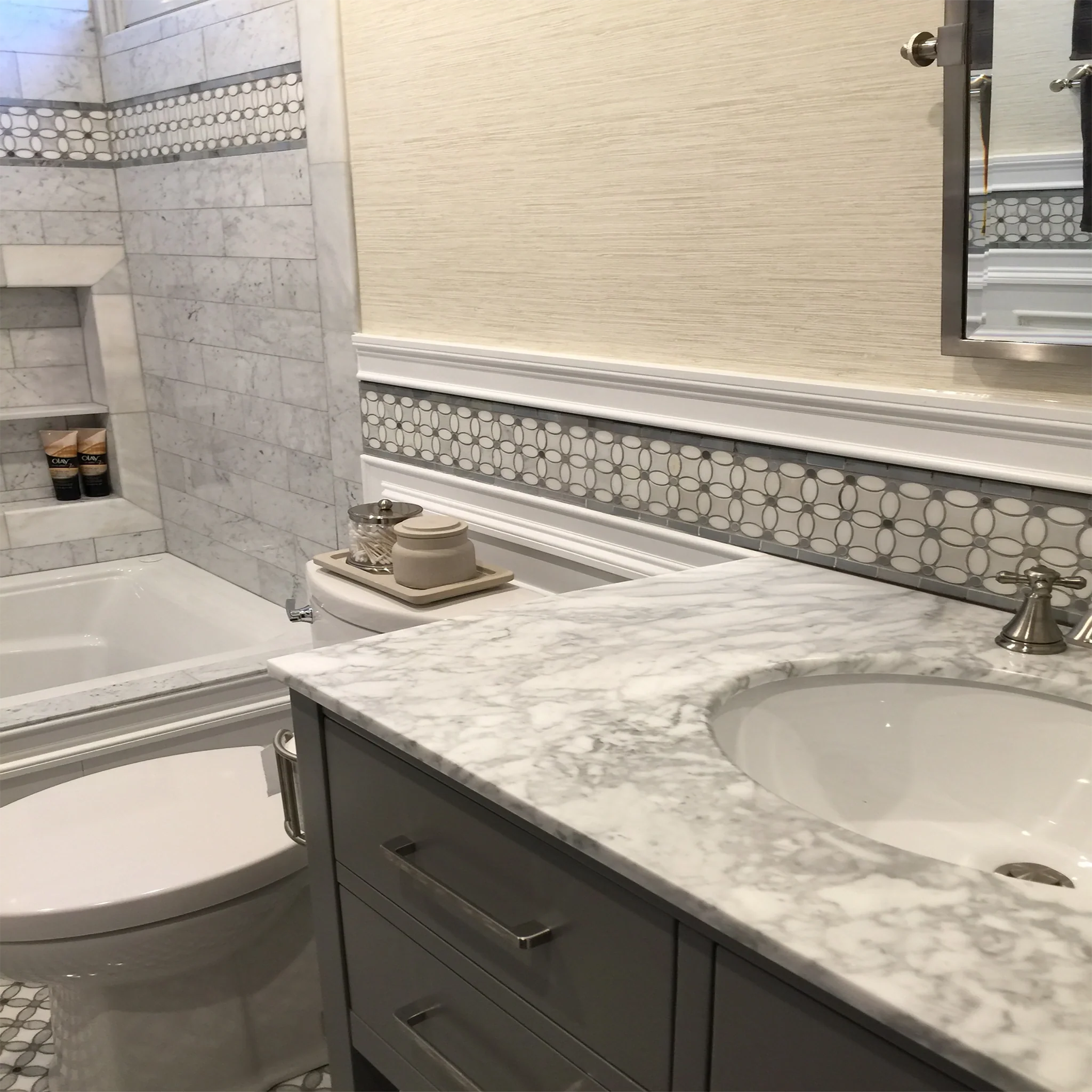 Border/Listello
Border/Listello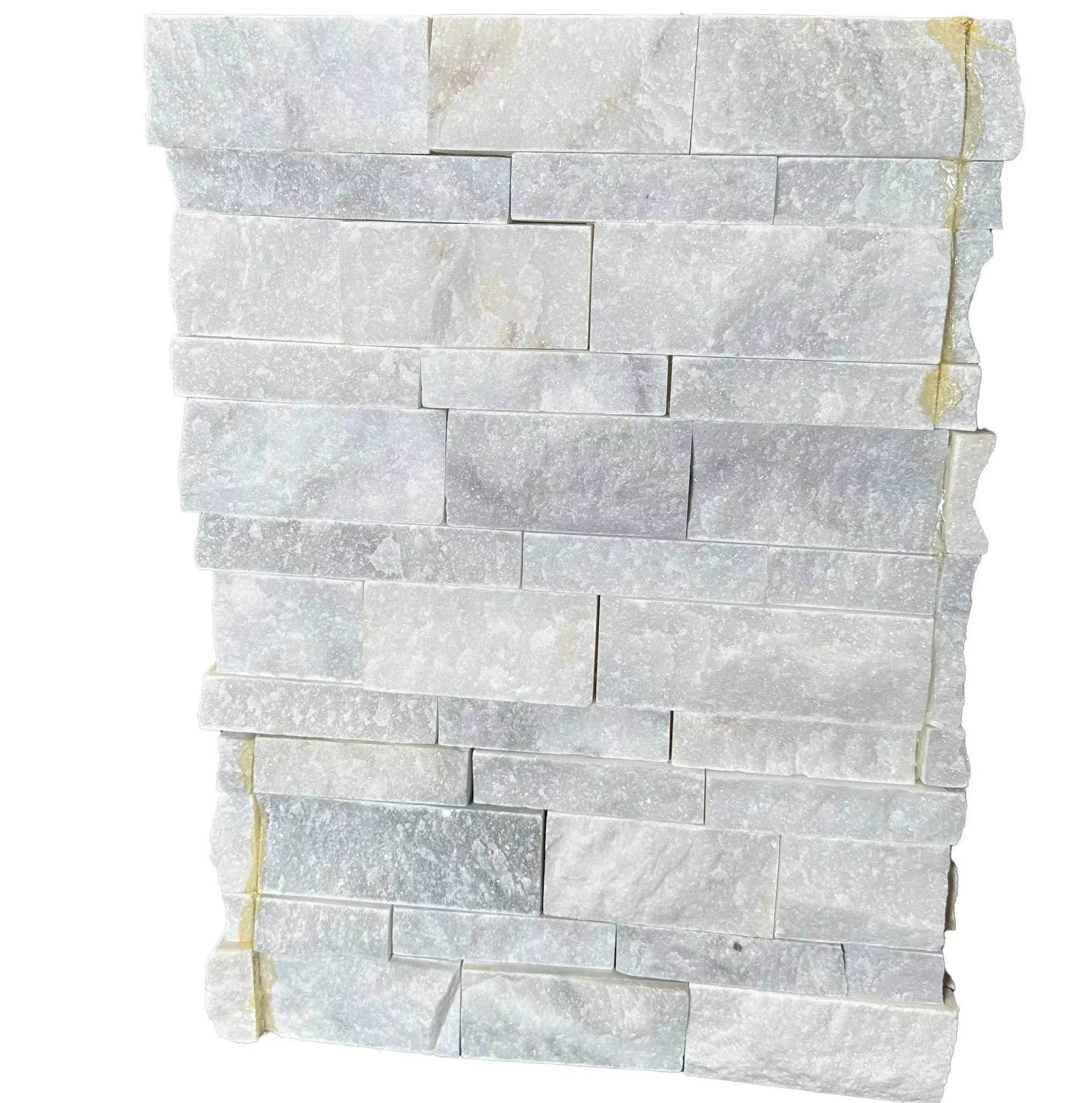 Ledger-Panel
Ledger-Panel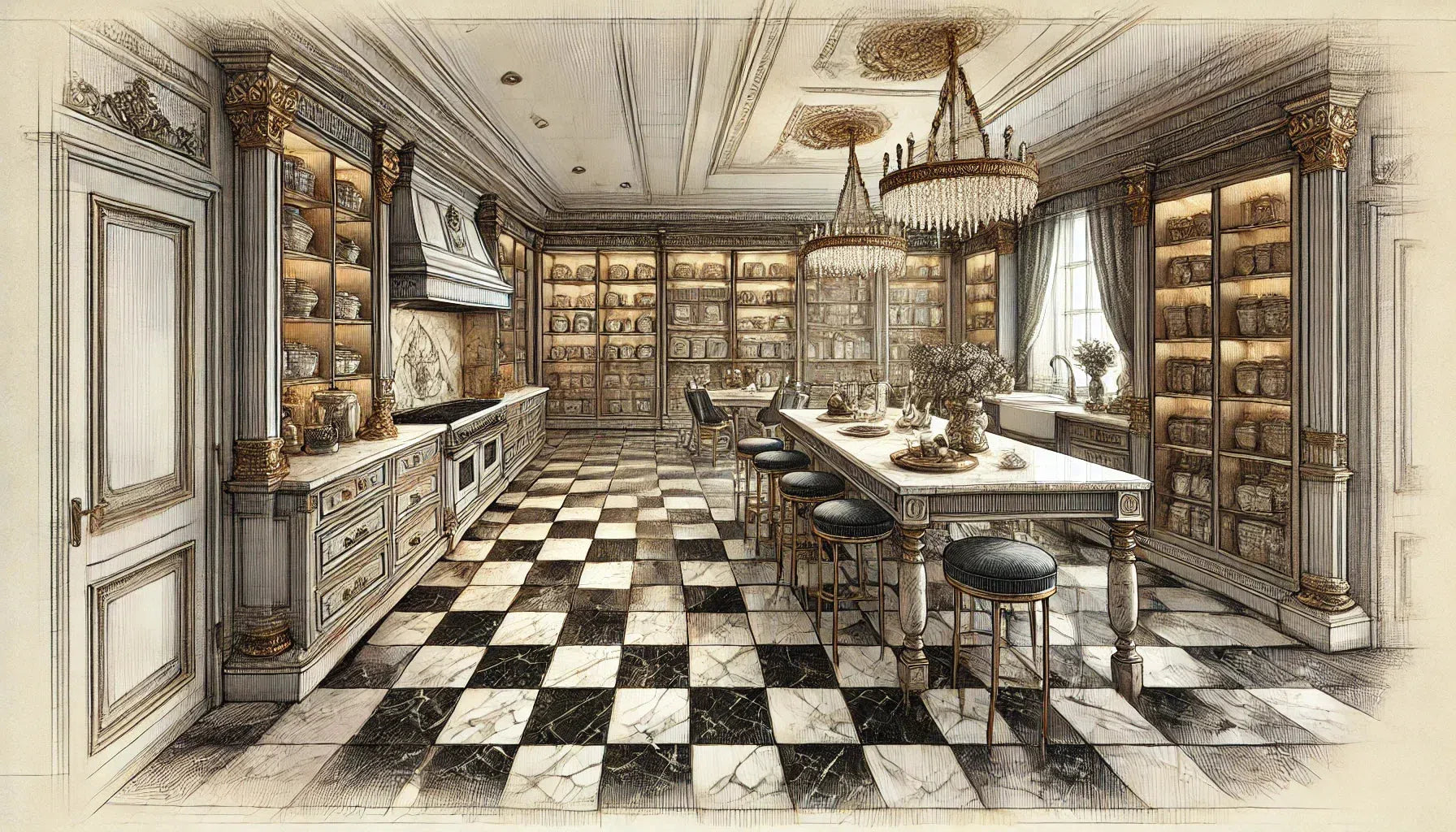 Checkerboard
Checkerboard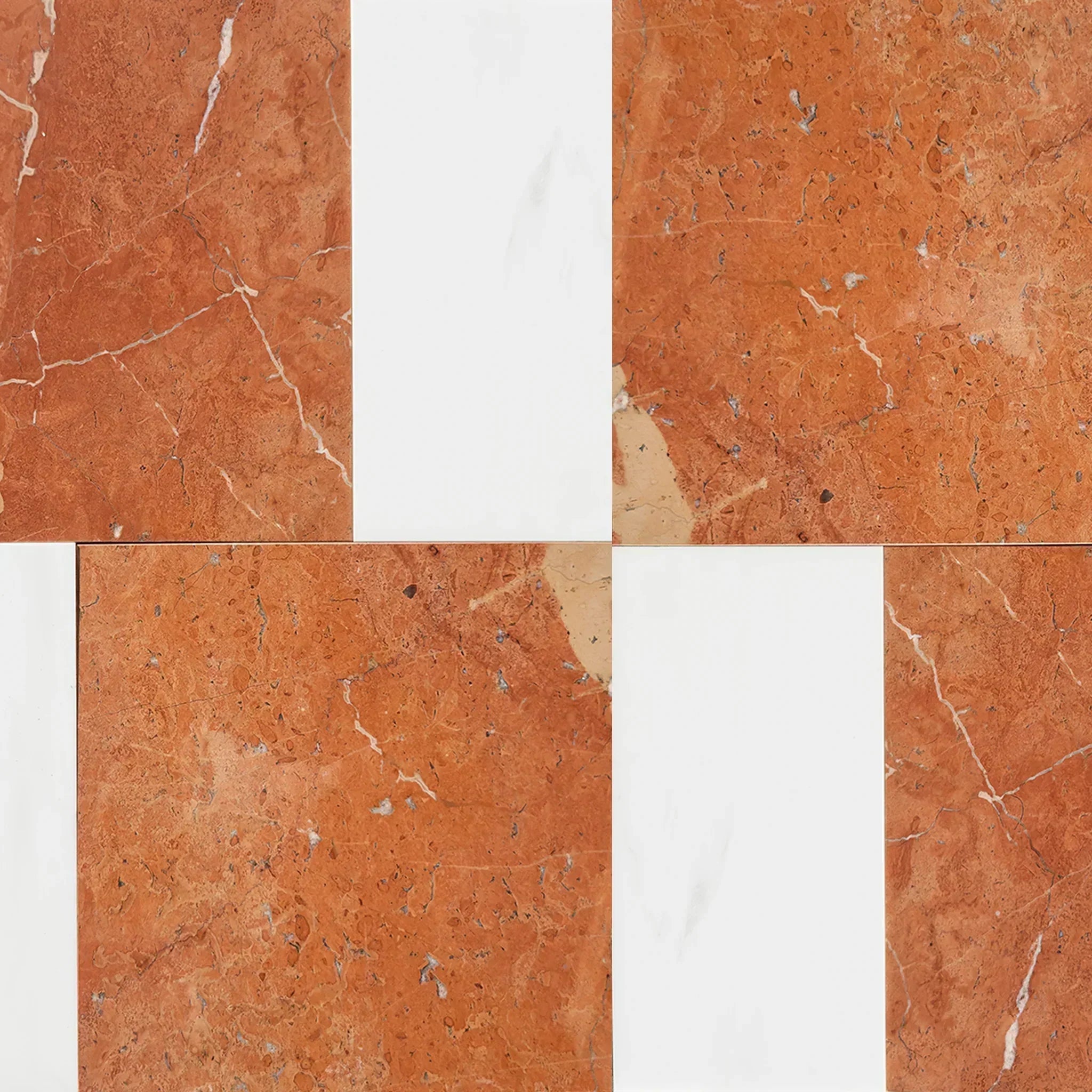 Patterned Tile Collection
Patterned Tile Collection 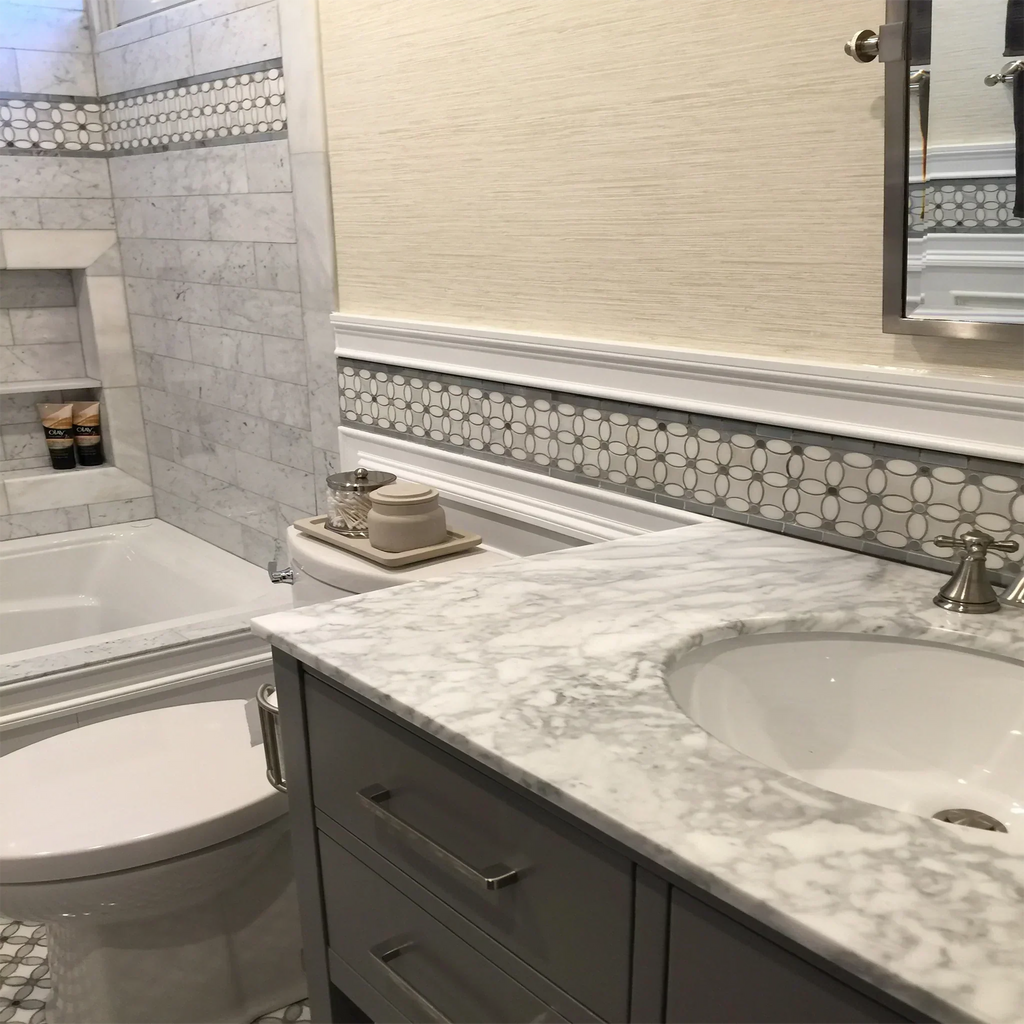 Shop By Finish
Shop By Finish
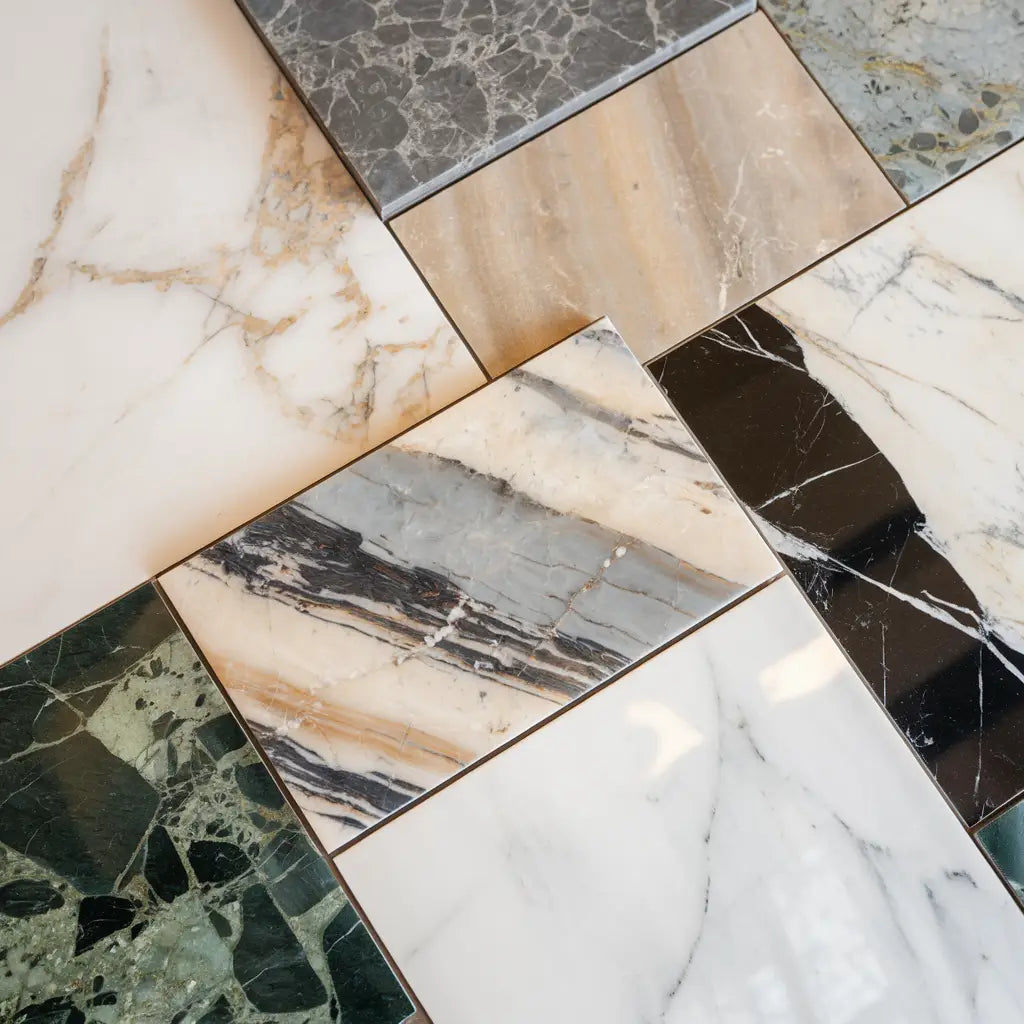 Polished
Polished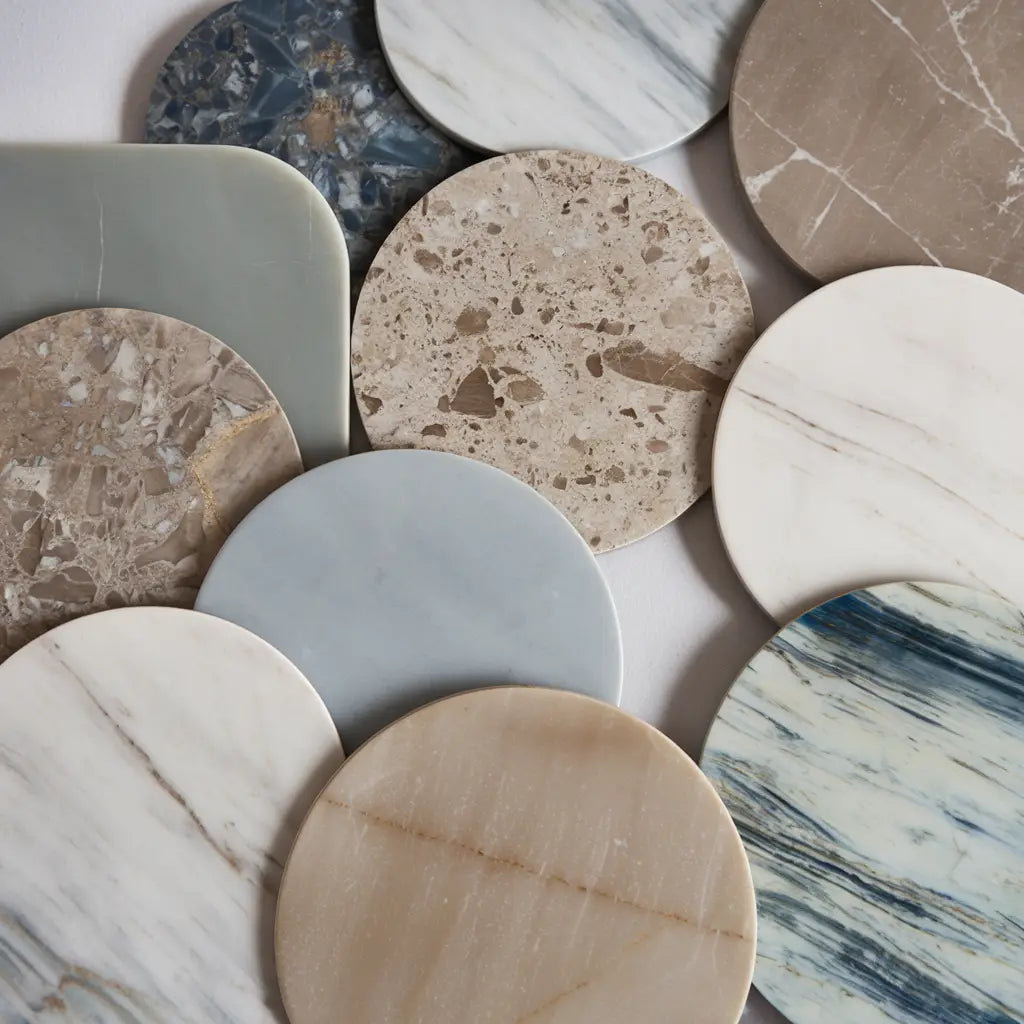 Honed
Honed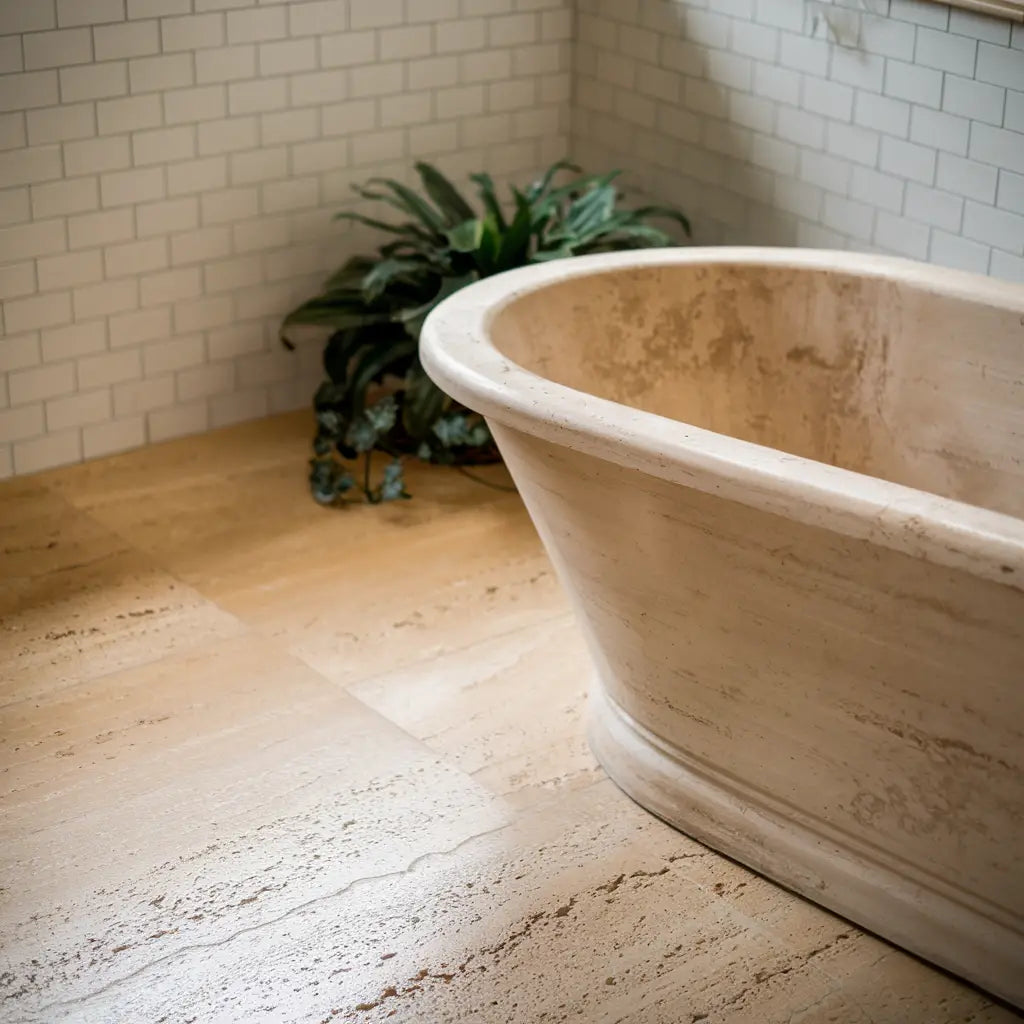 Brushed
Brushed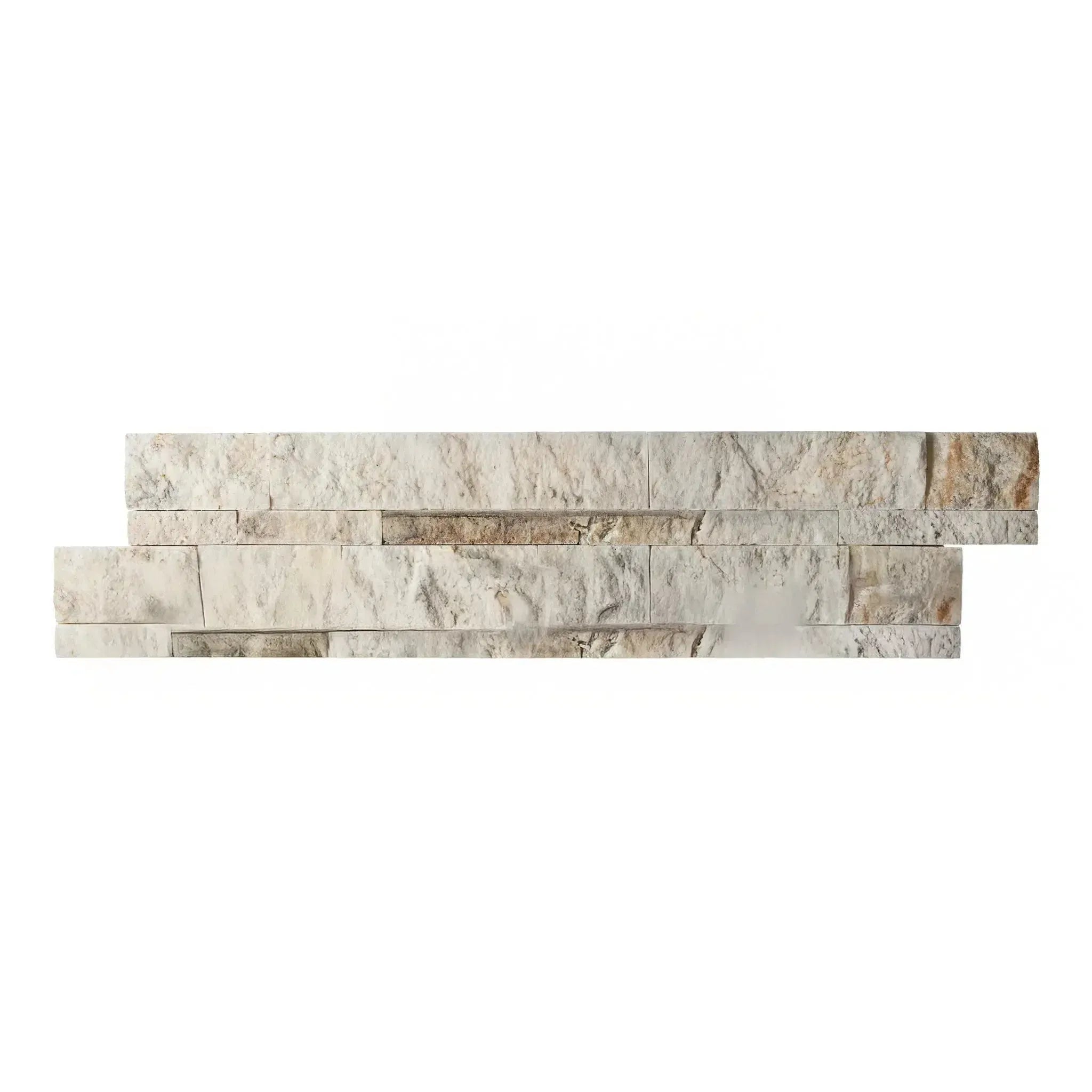 Split Face
Split Face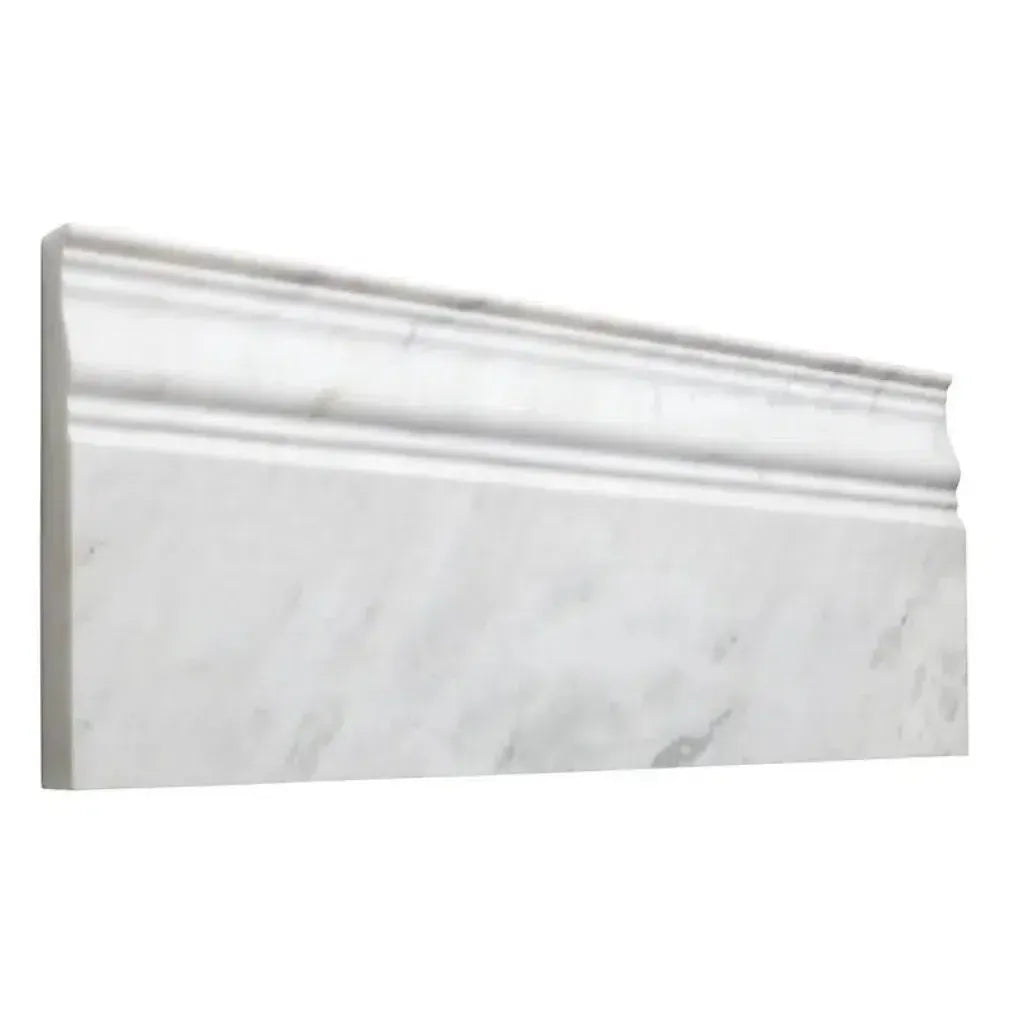 Textured
Textured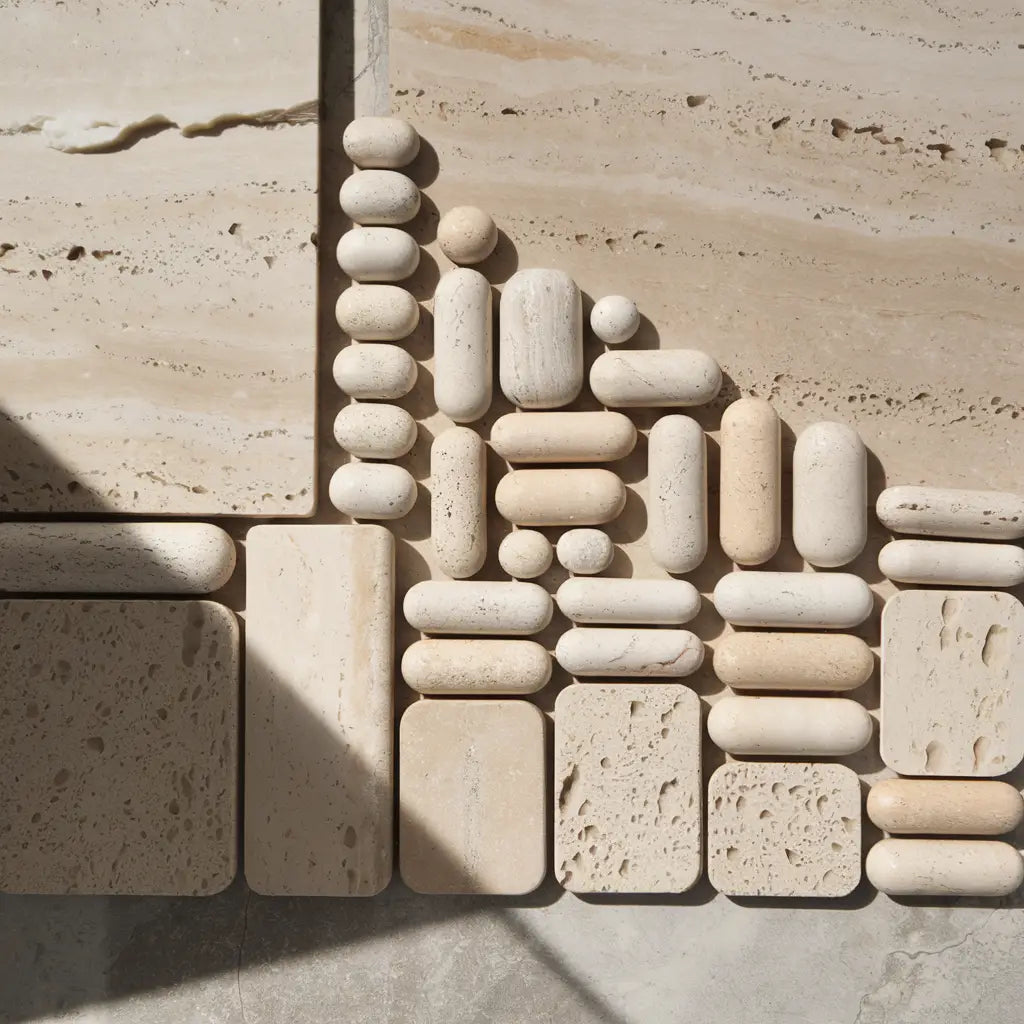 Tumbled
Tumbled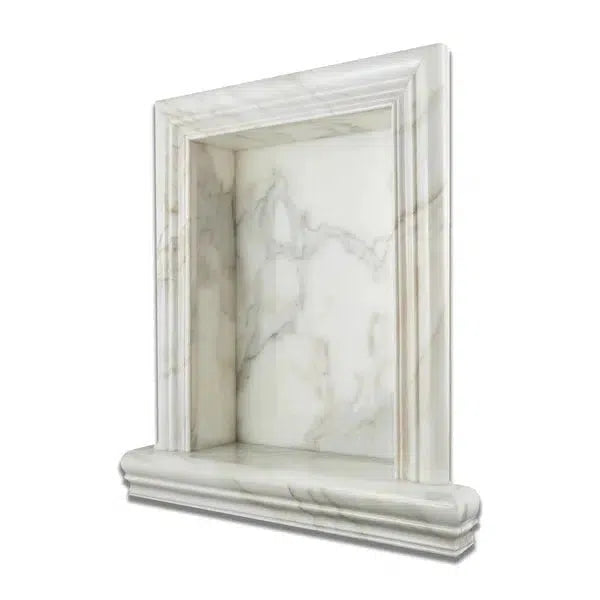 Accessories
Accessories
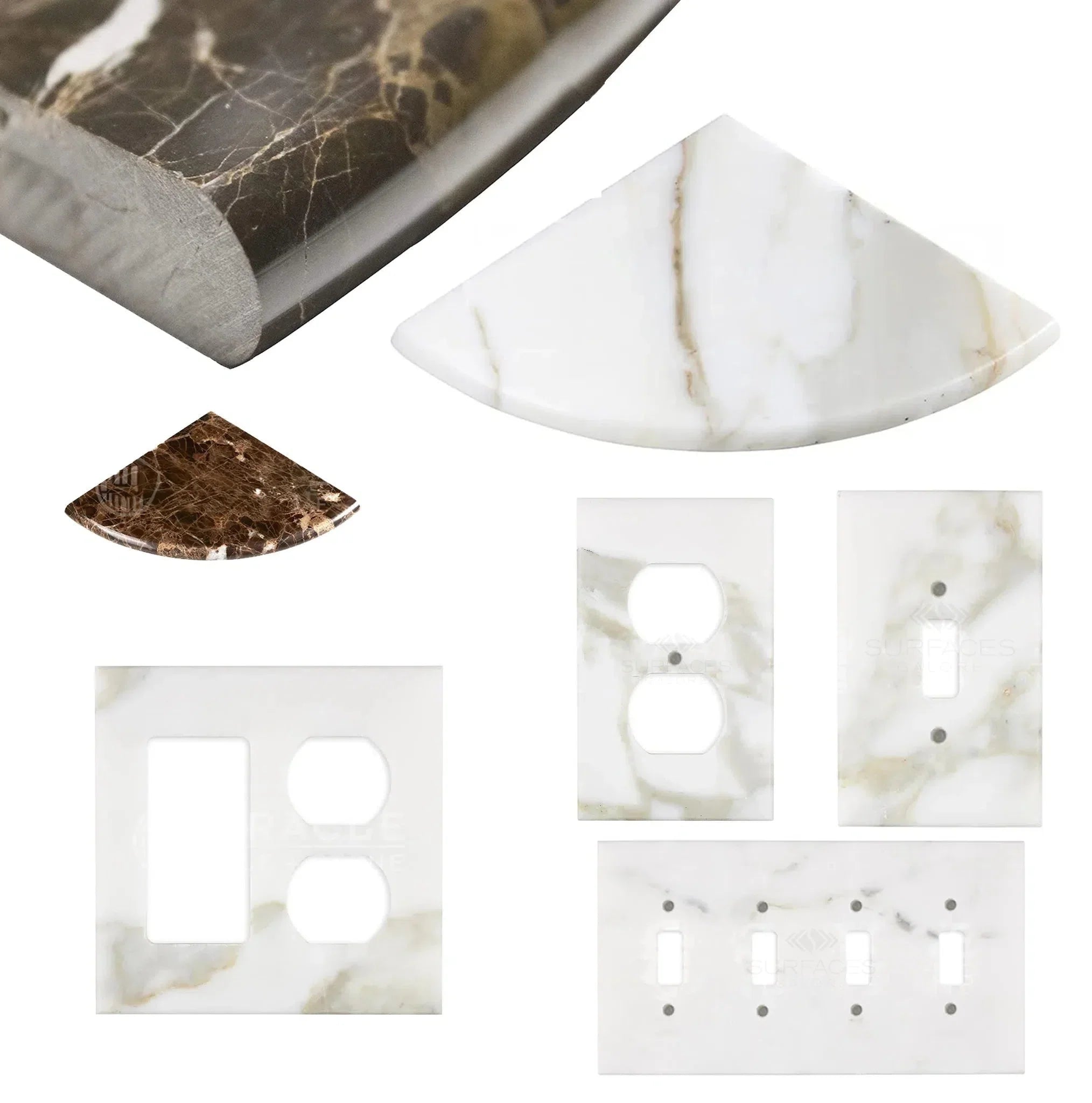 Wall Plate / Switch Plate
Wall Plate / Switch Plate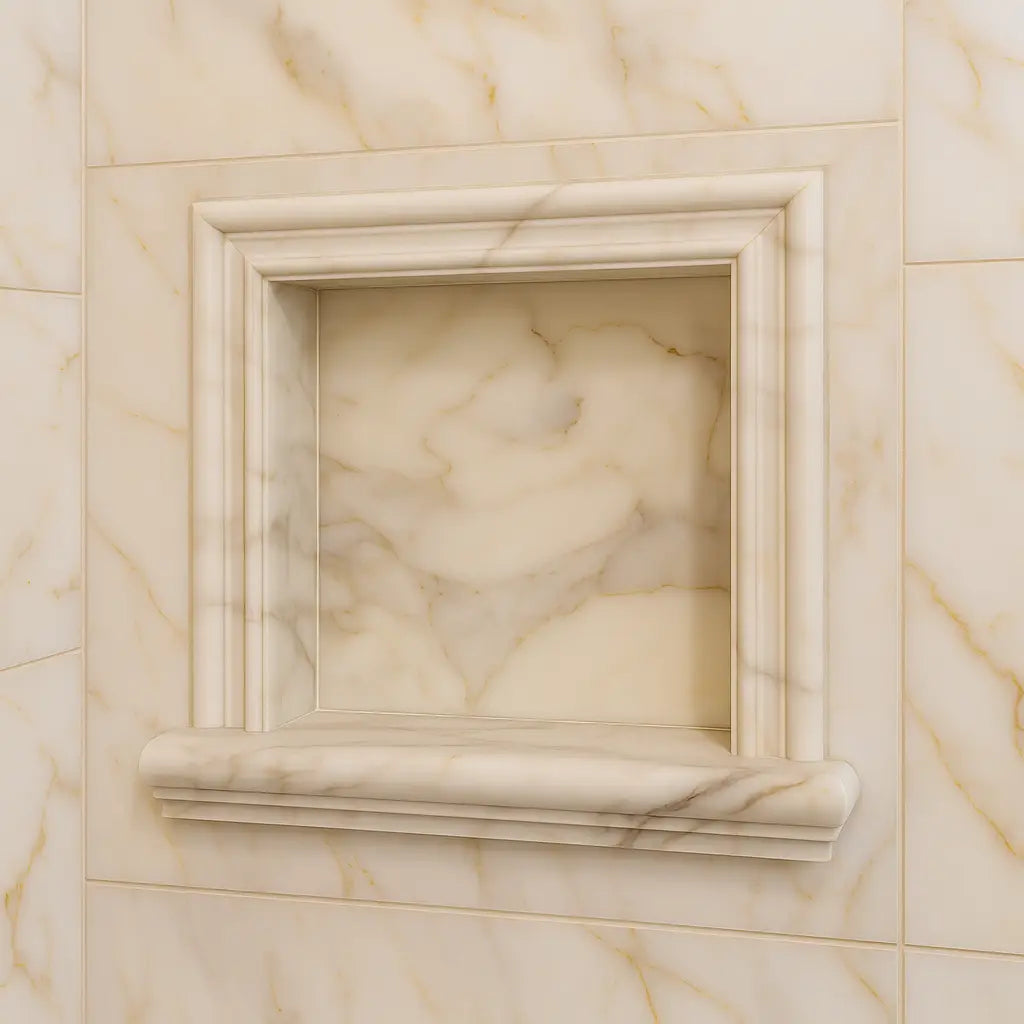 Shampoo Niche
Shampoo Niche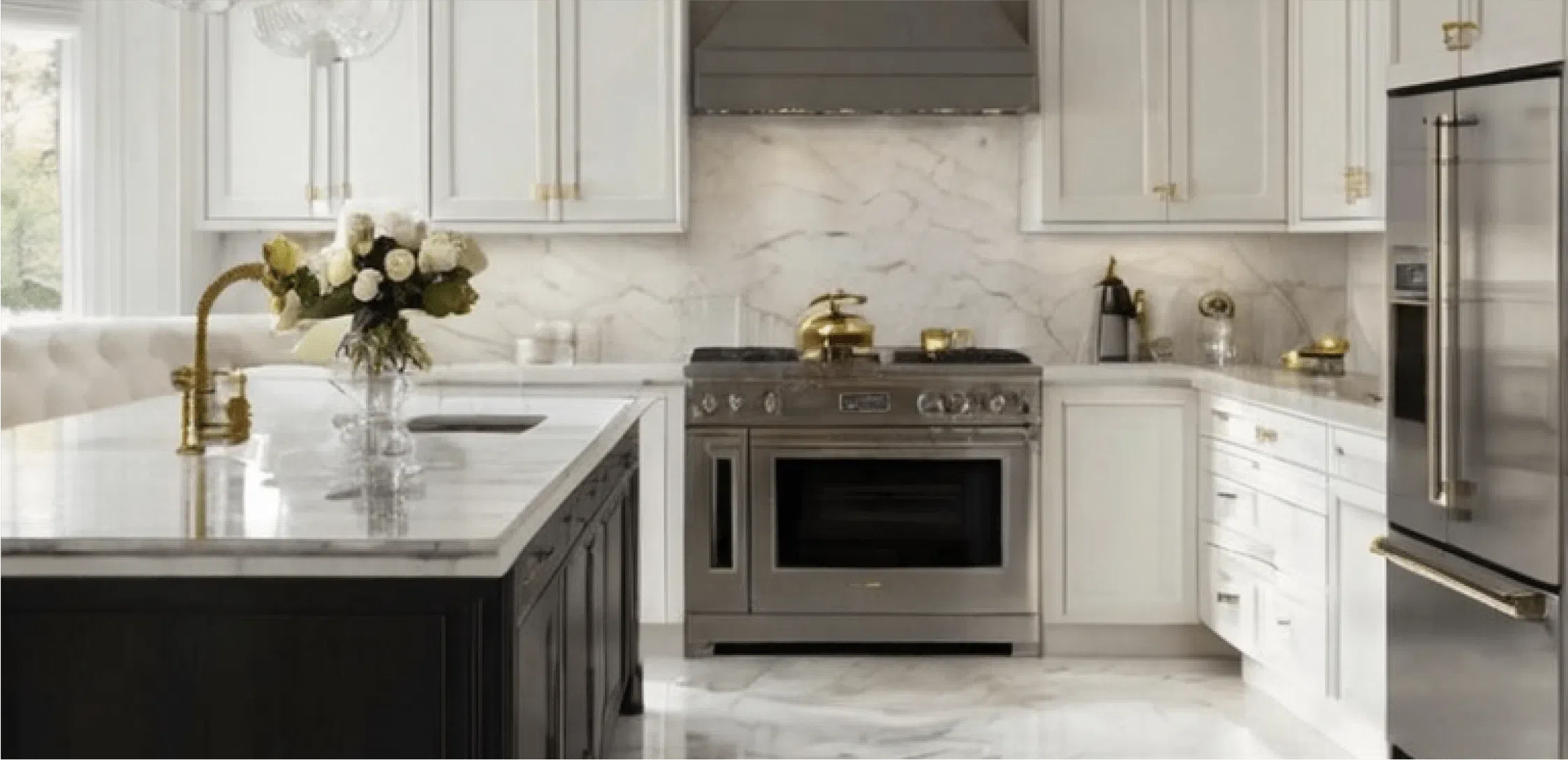 Corner Shelf
Corner Shelf Clearance
Clearance





Leave a comment